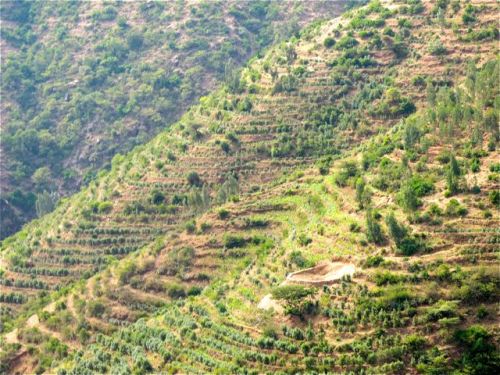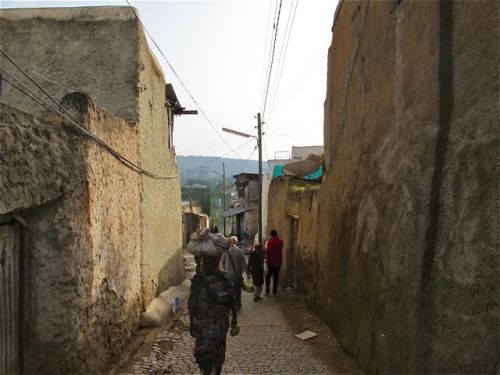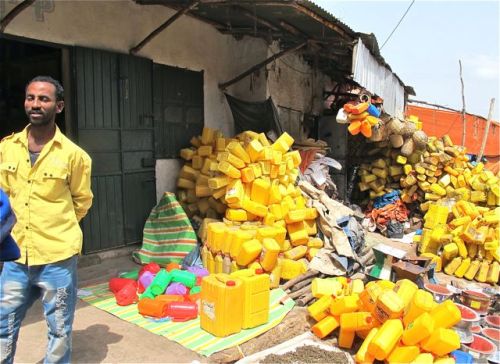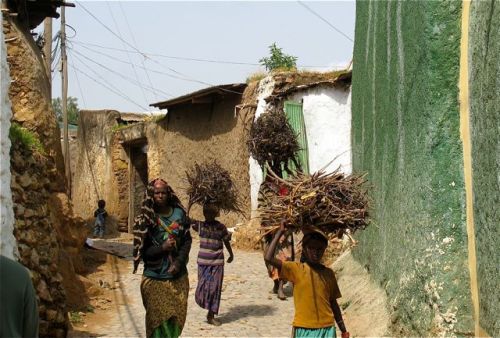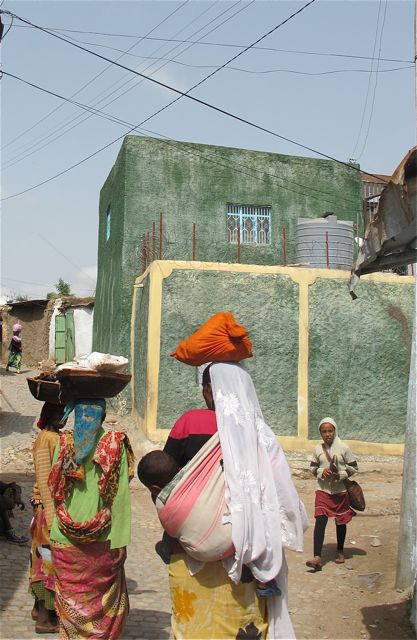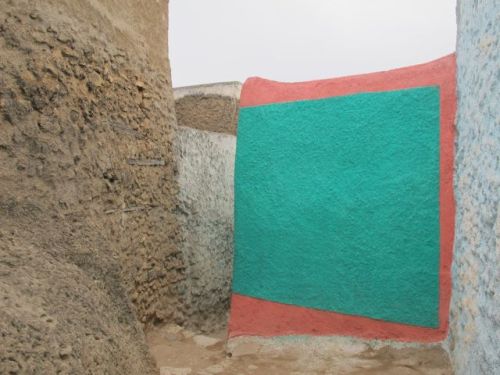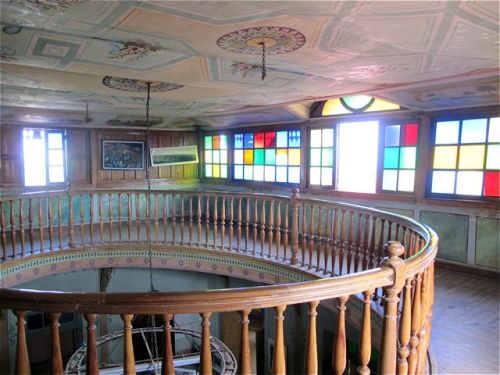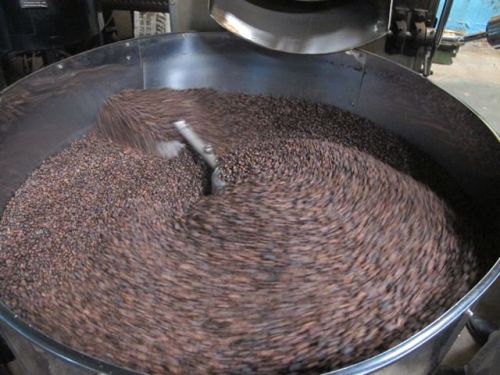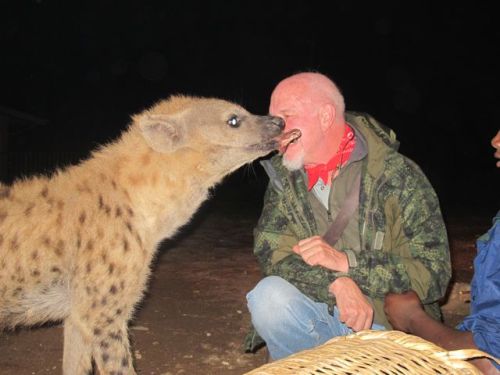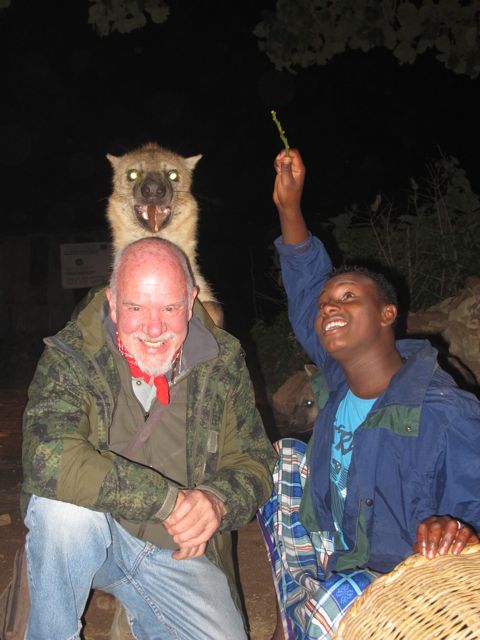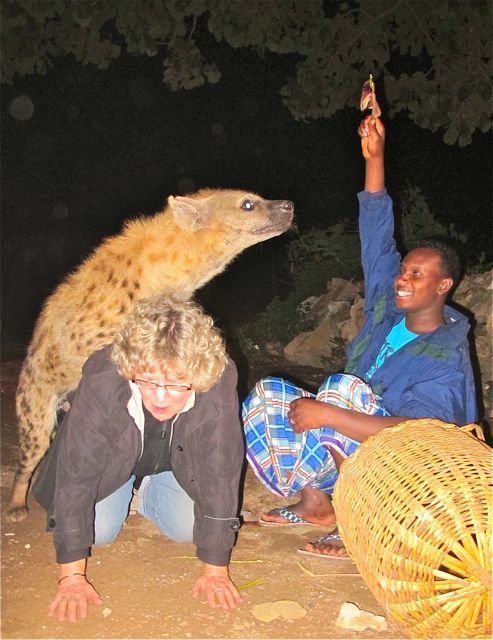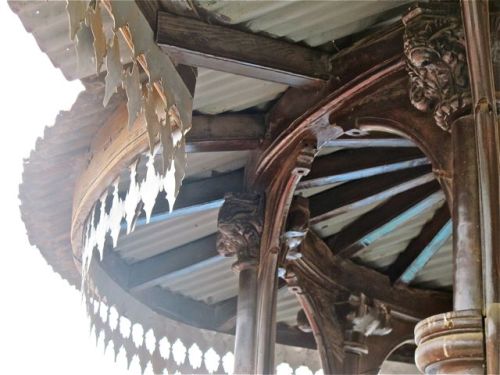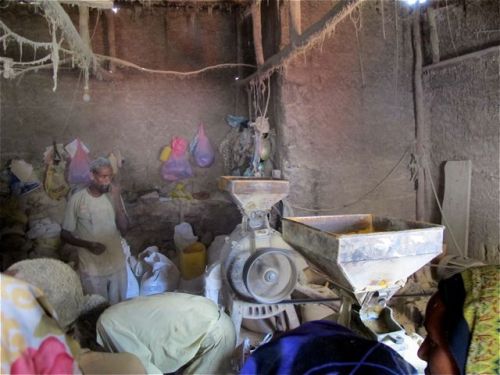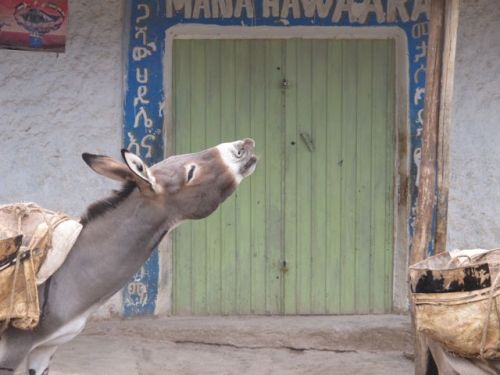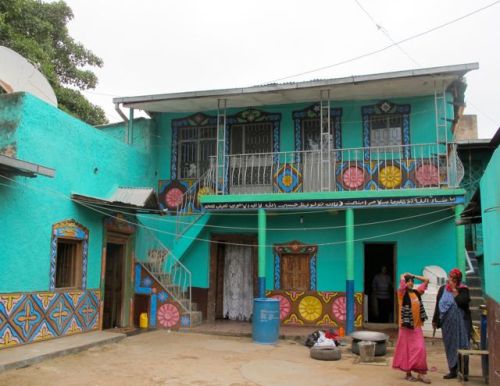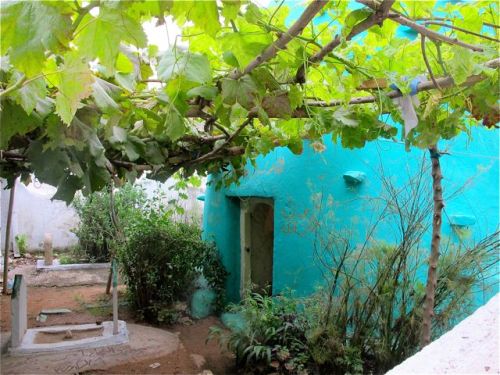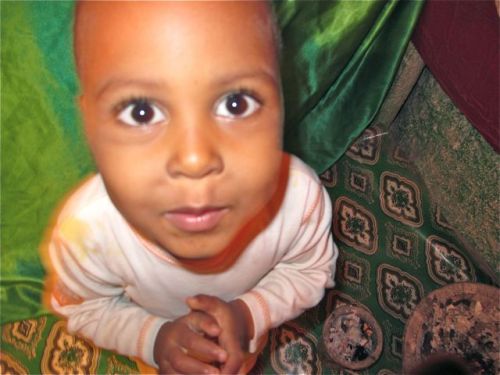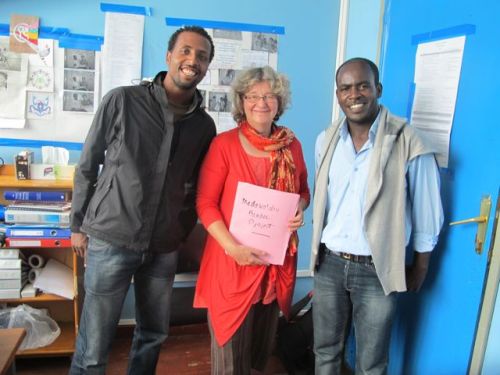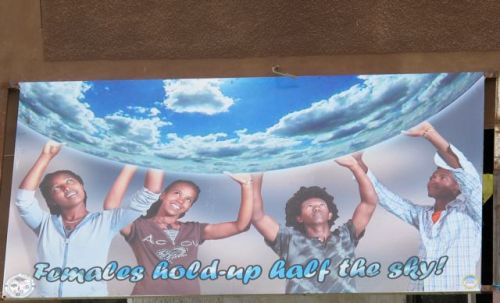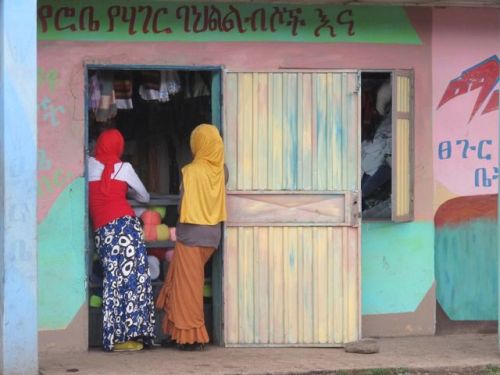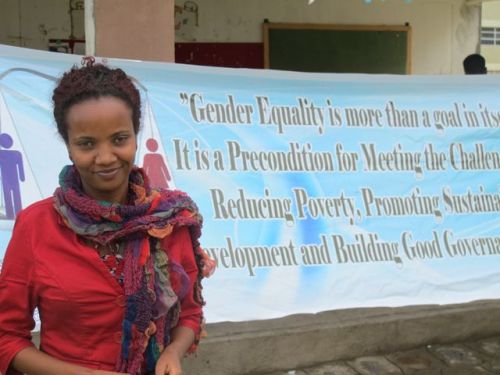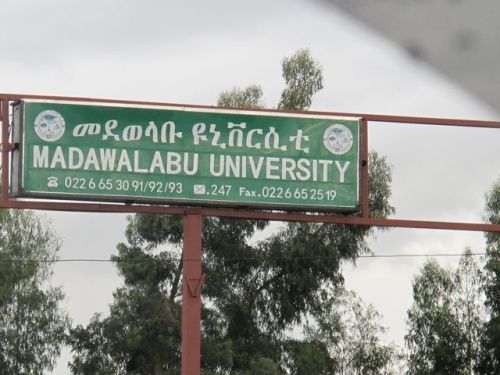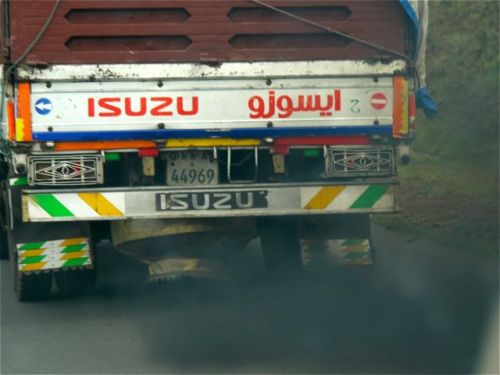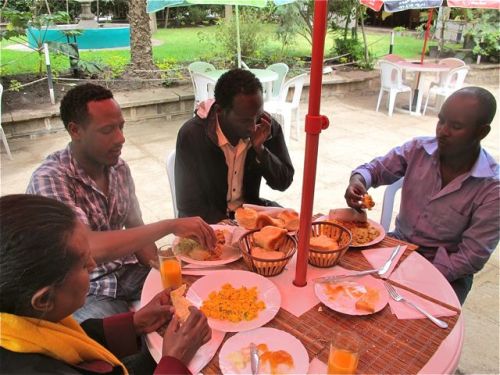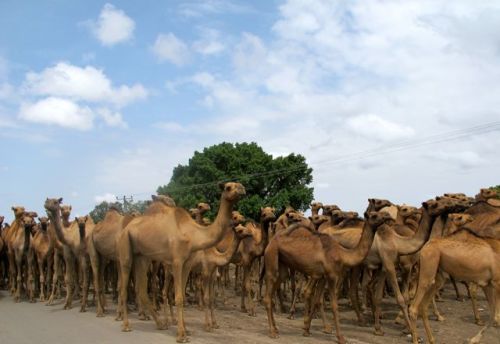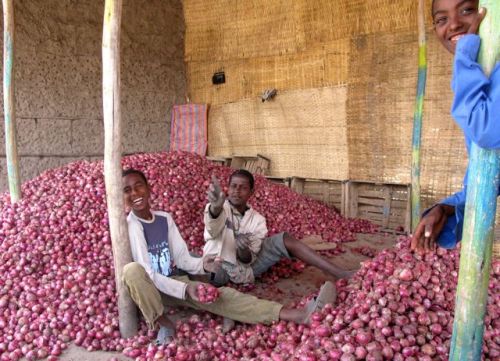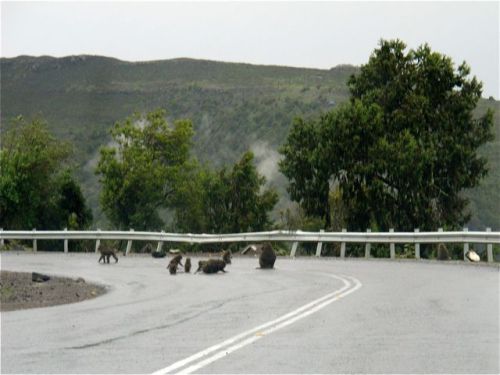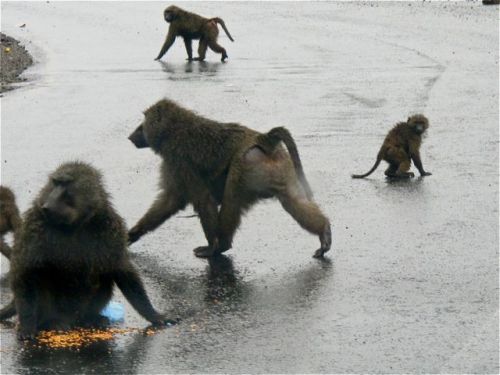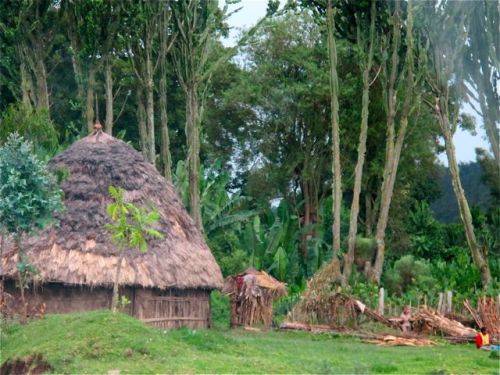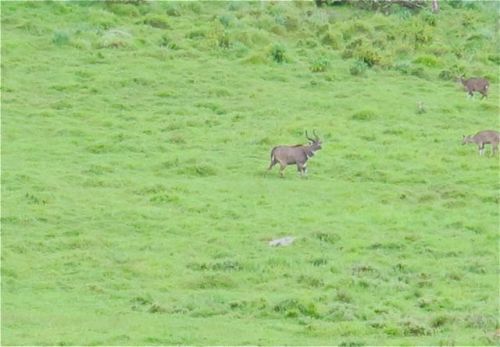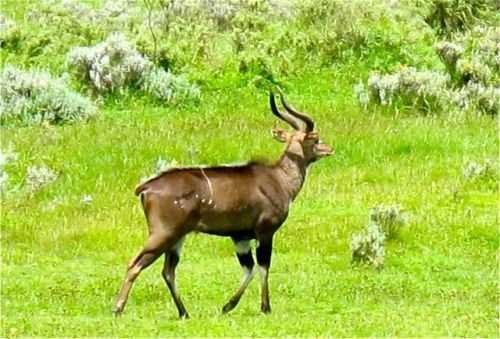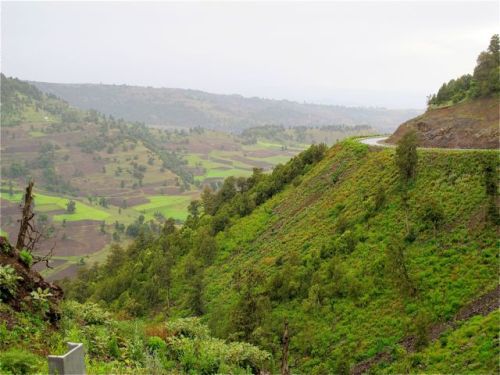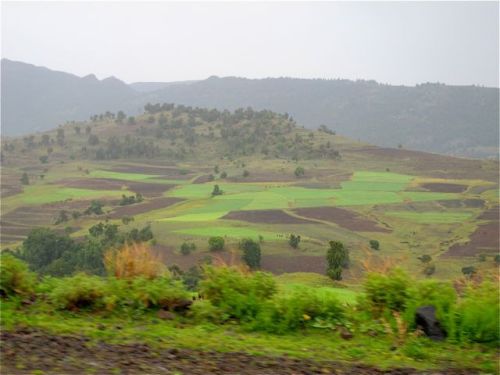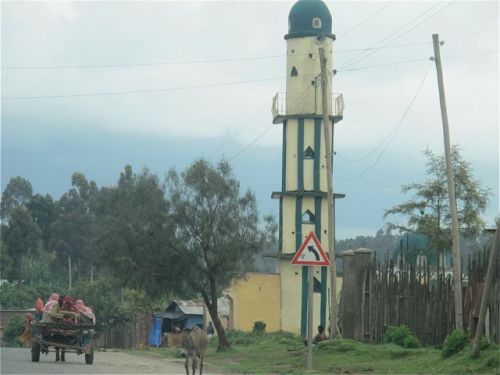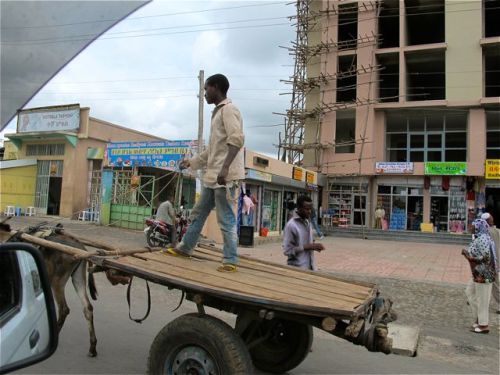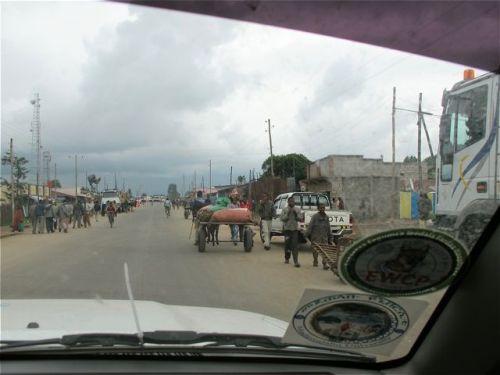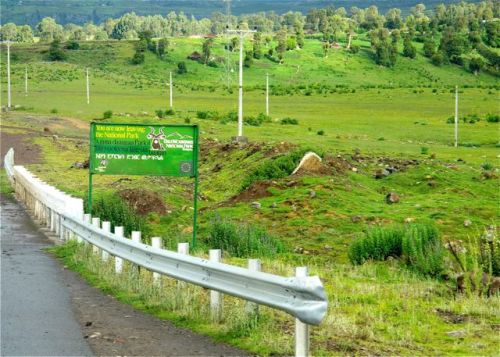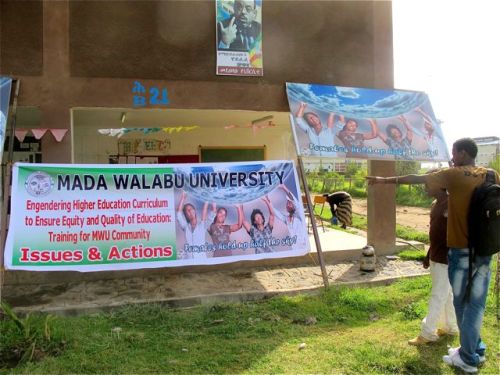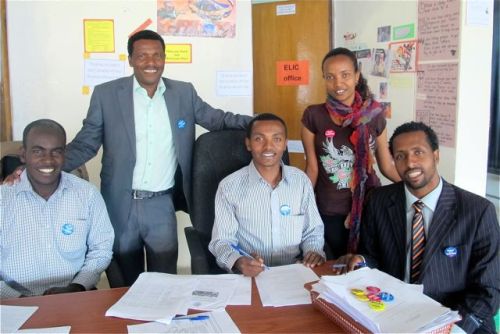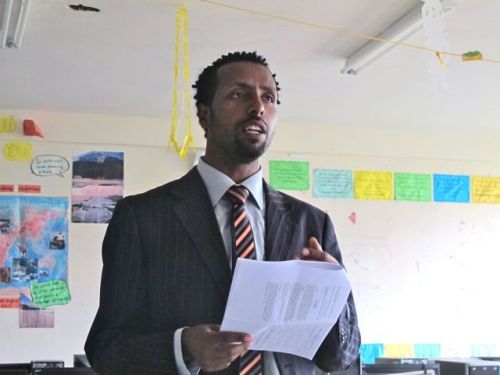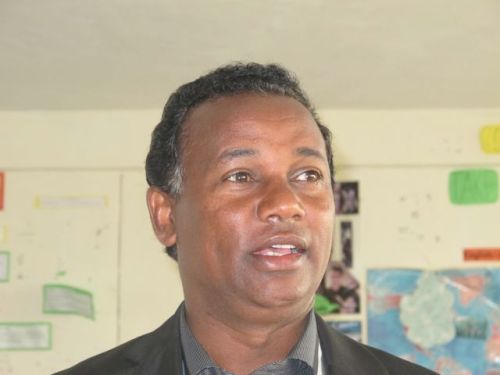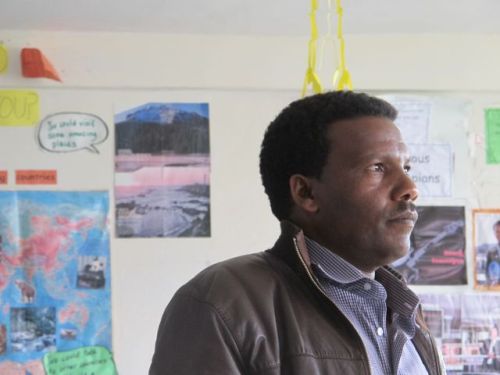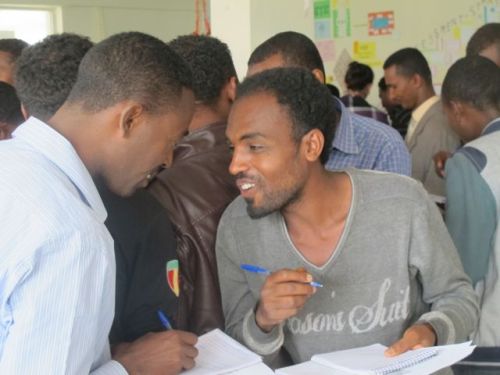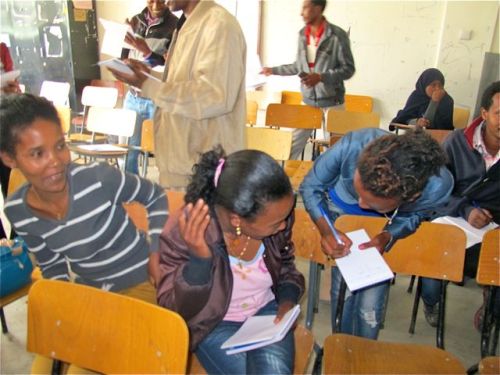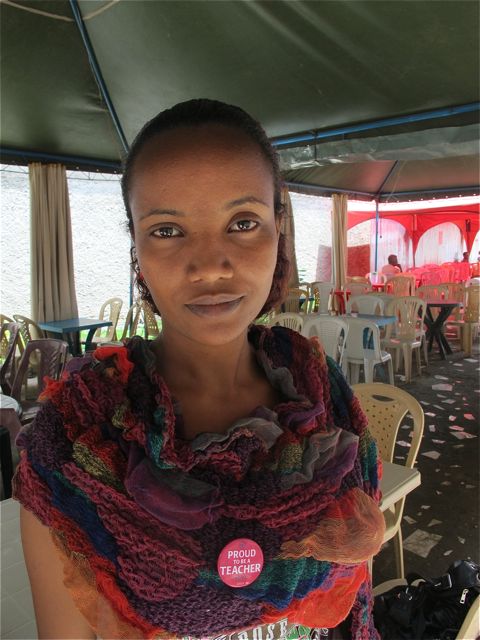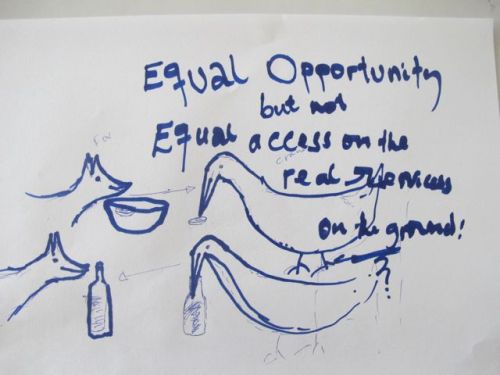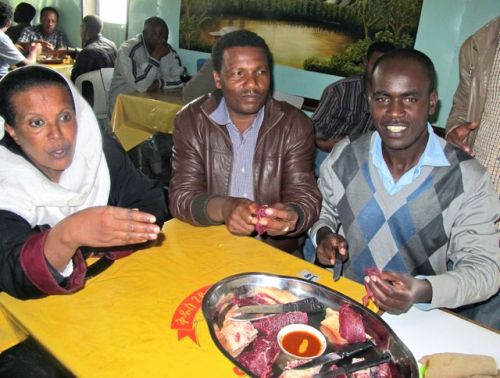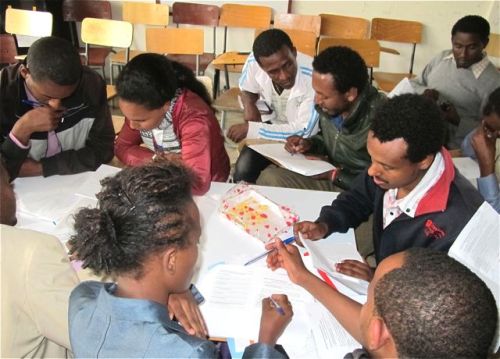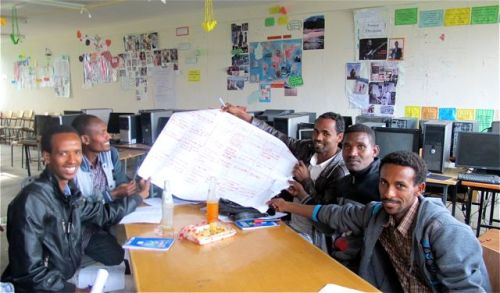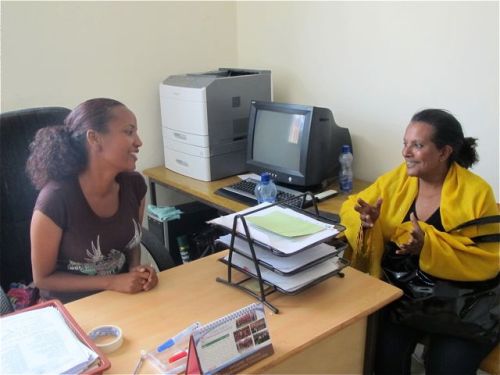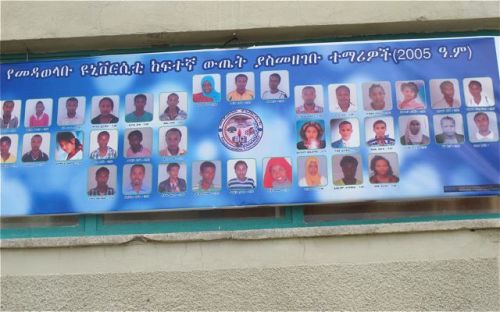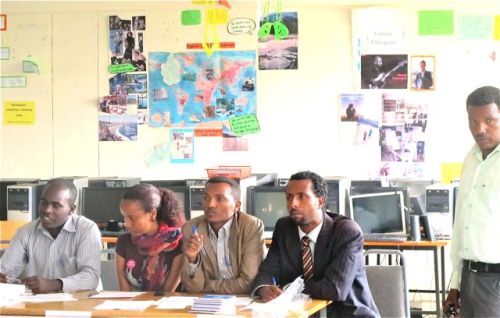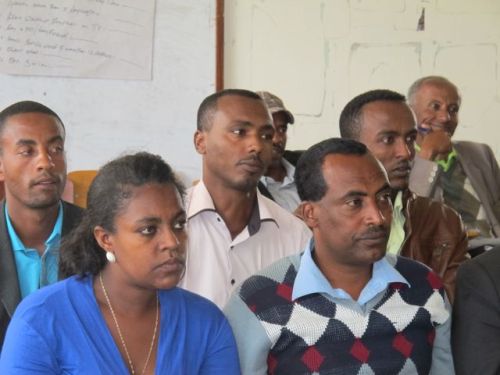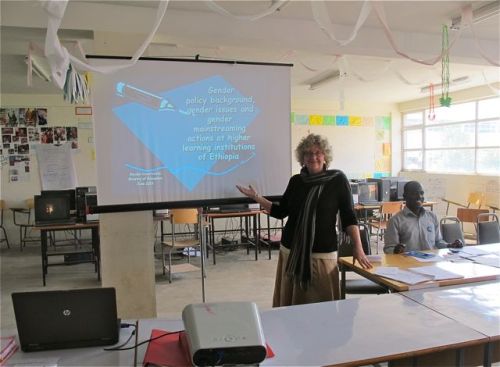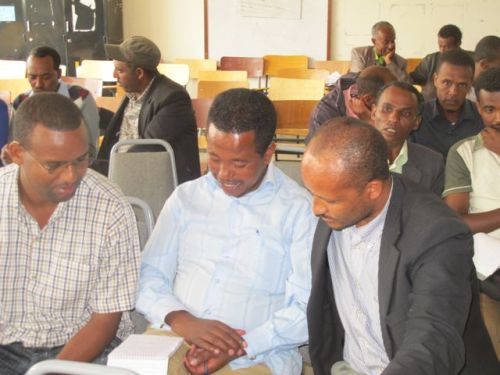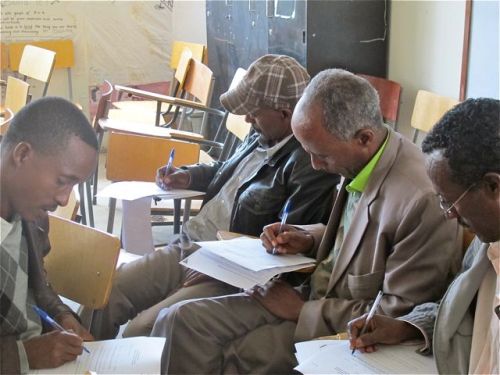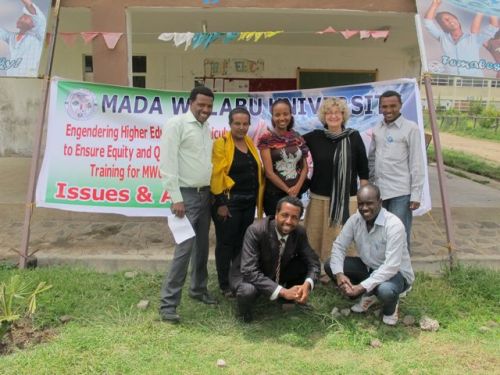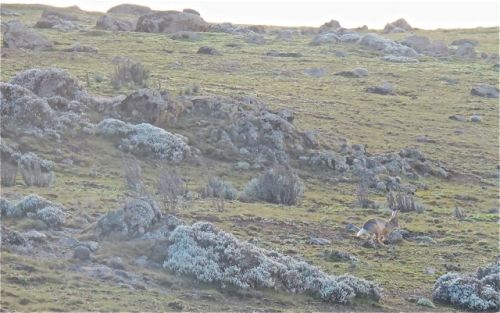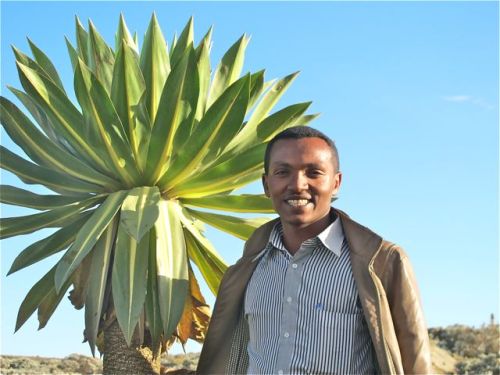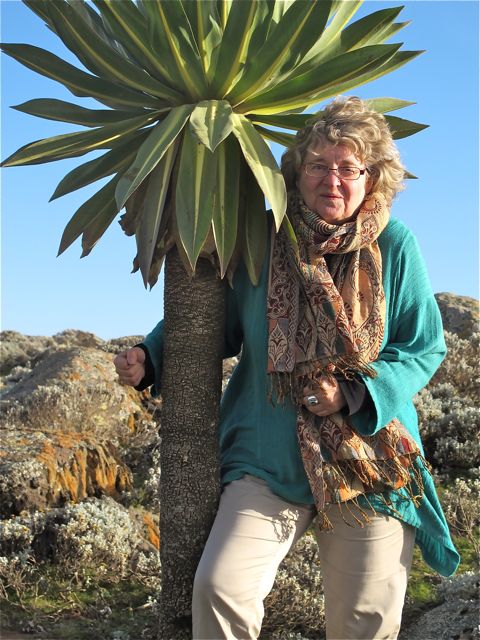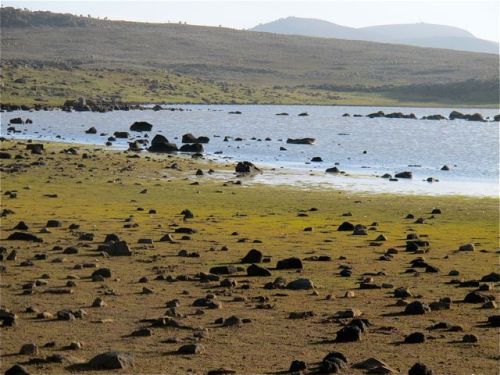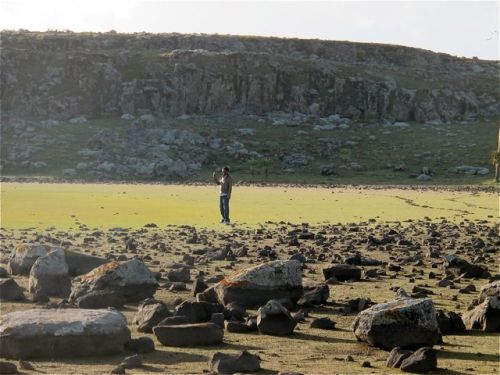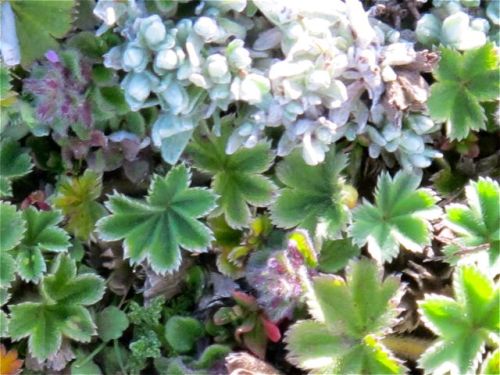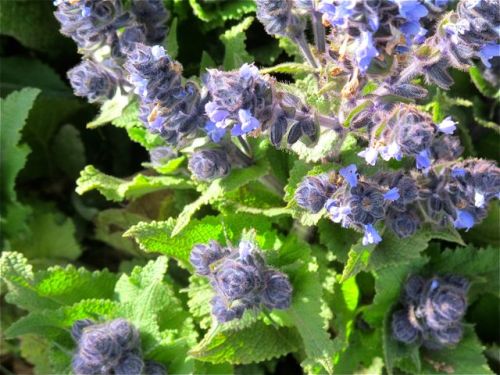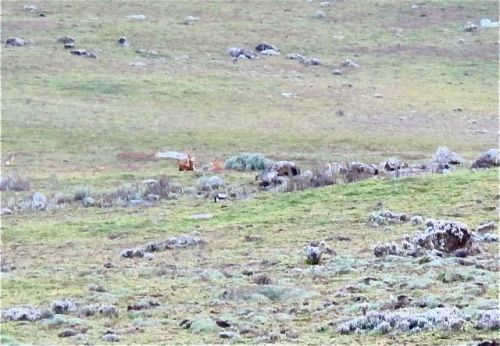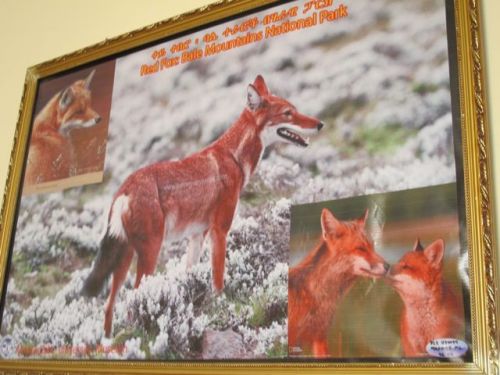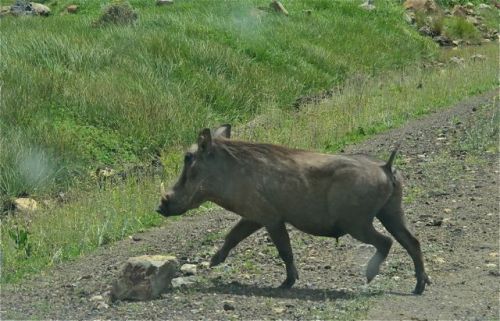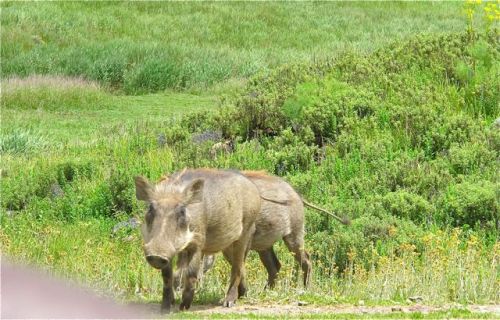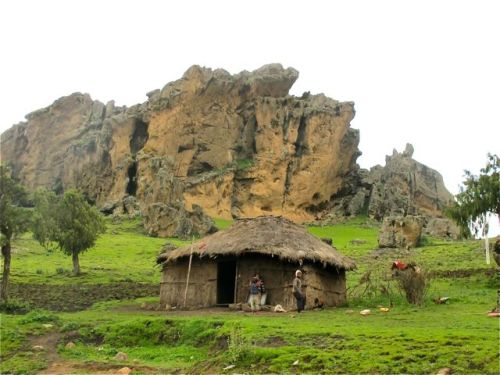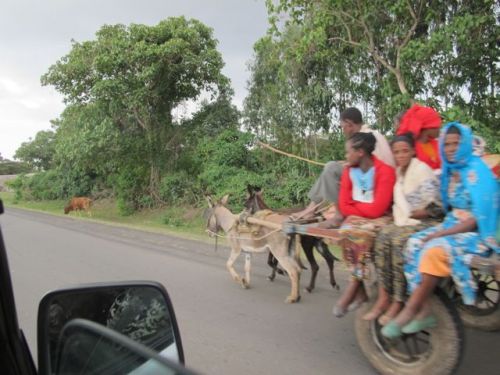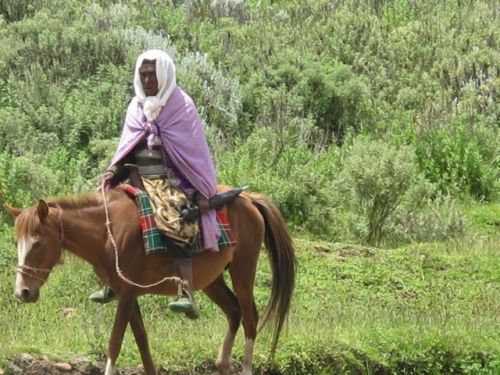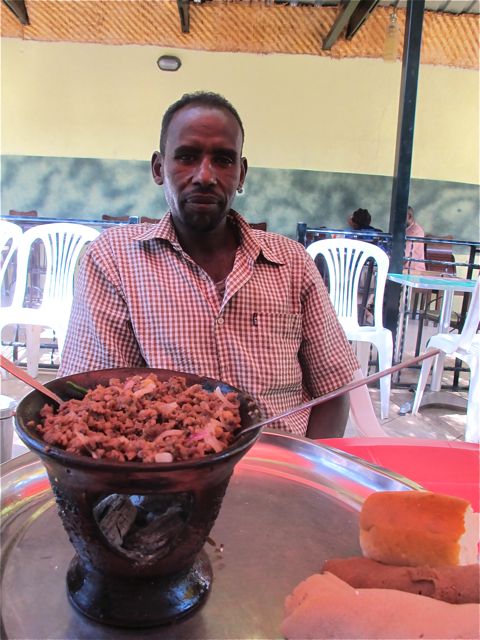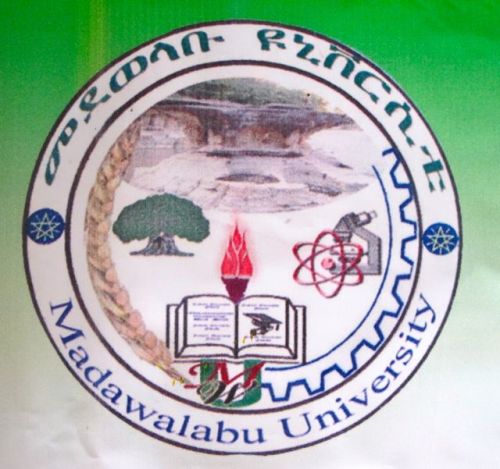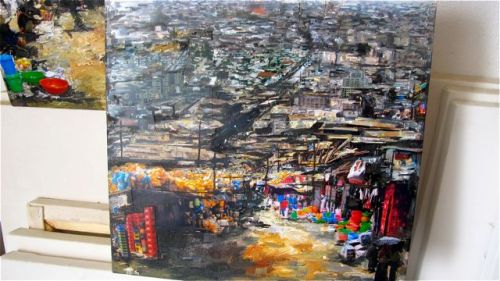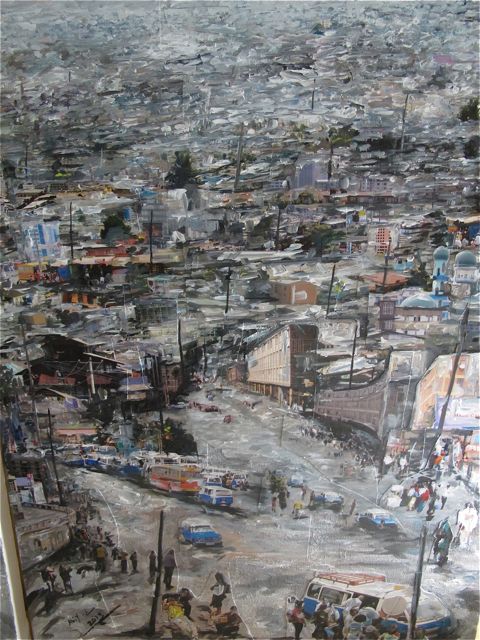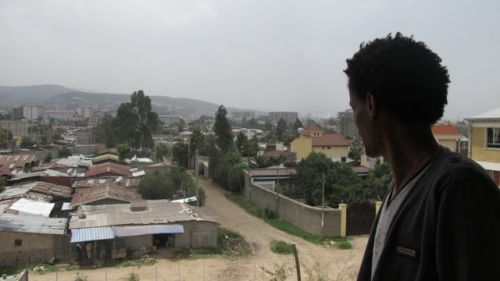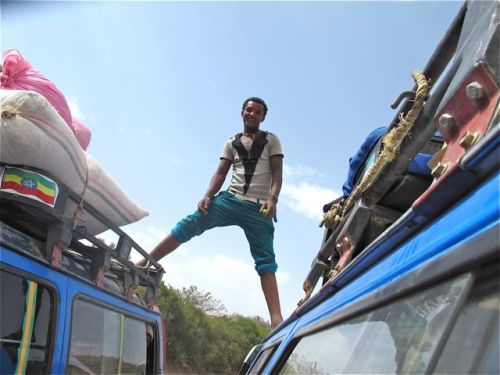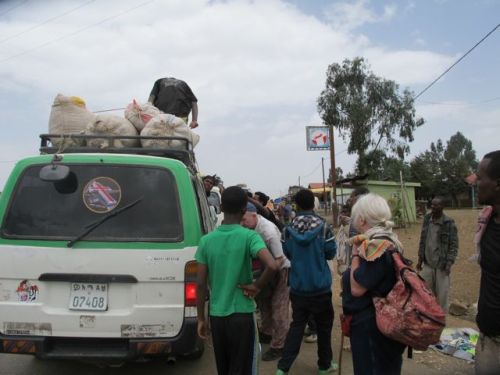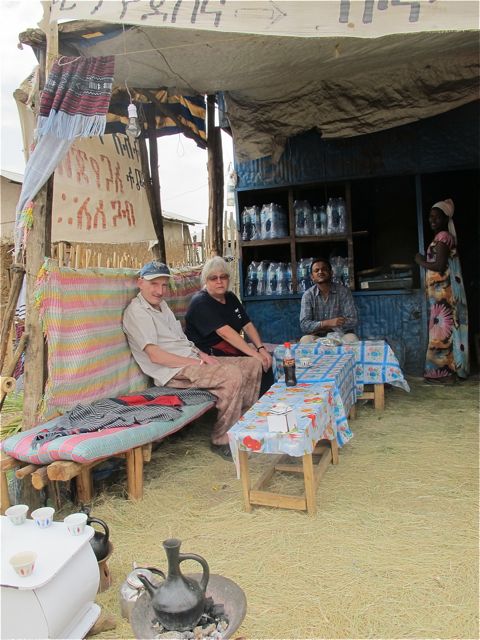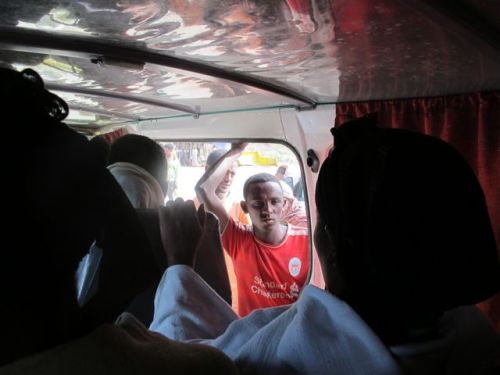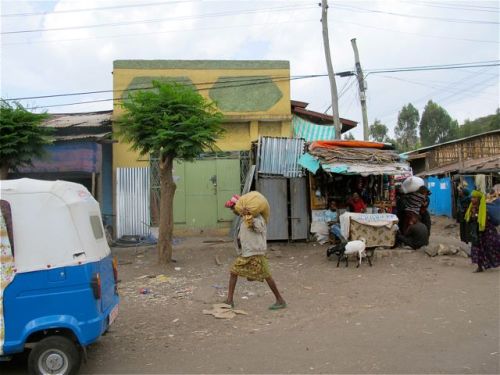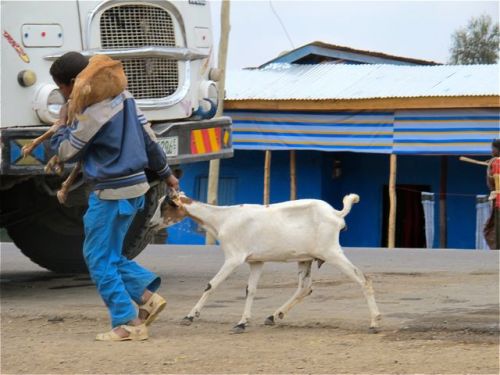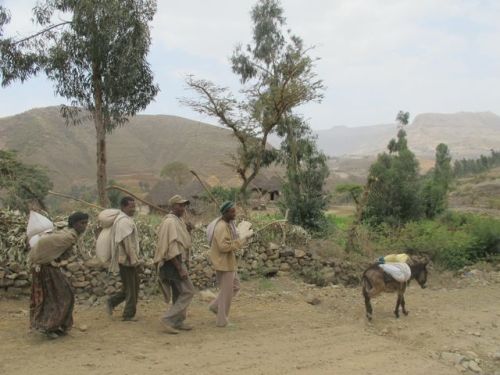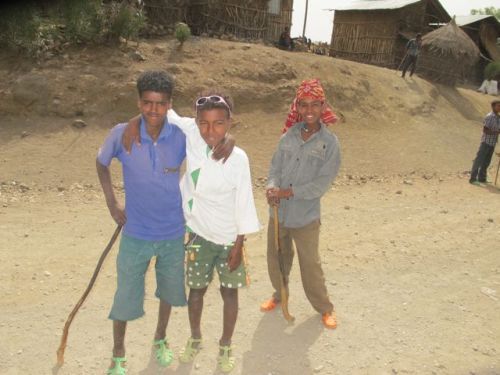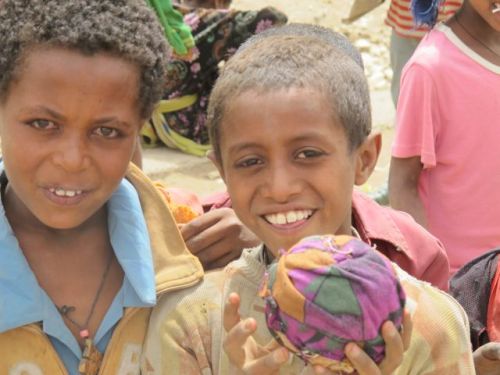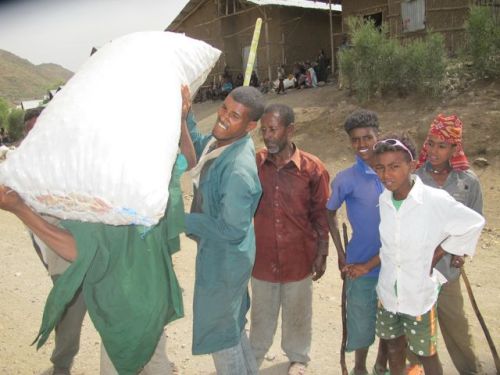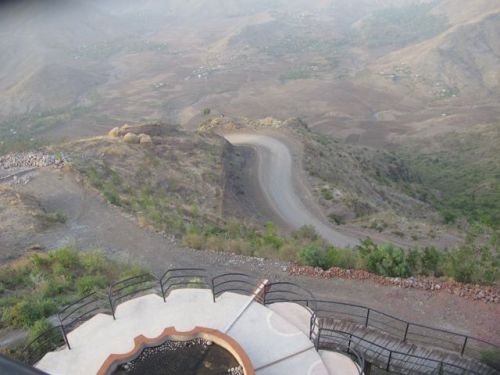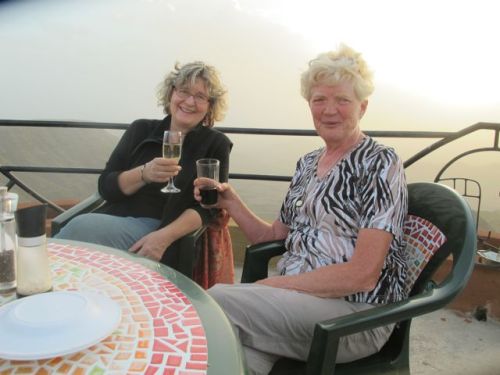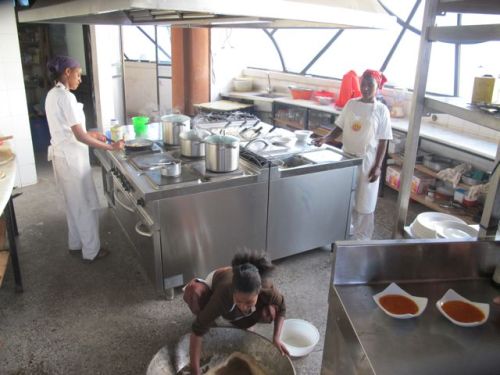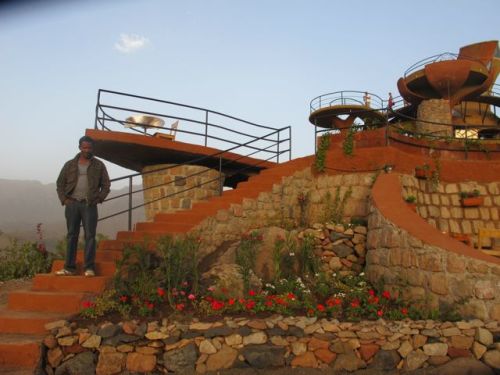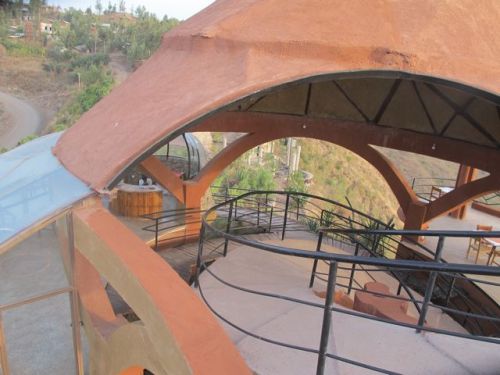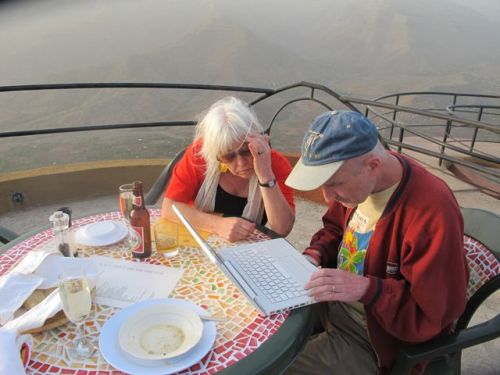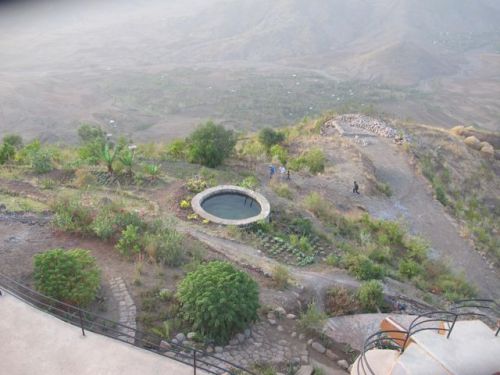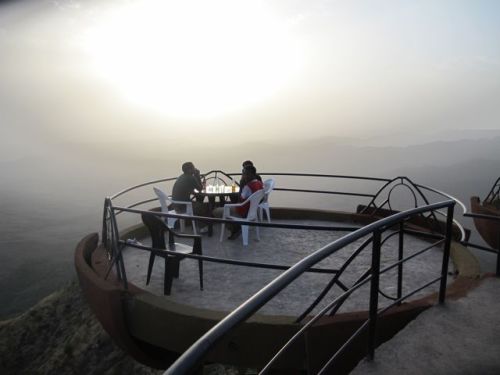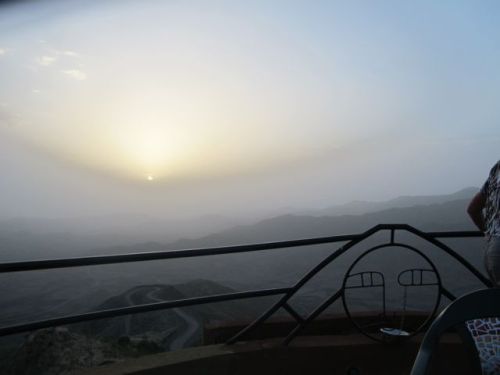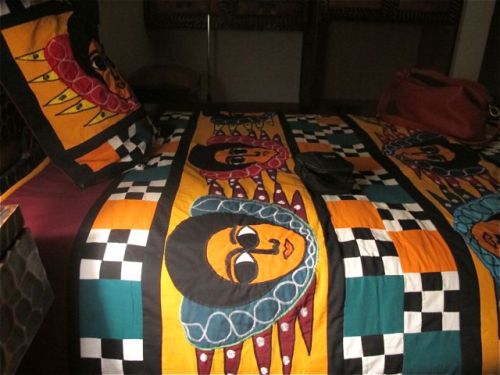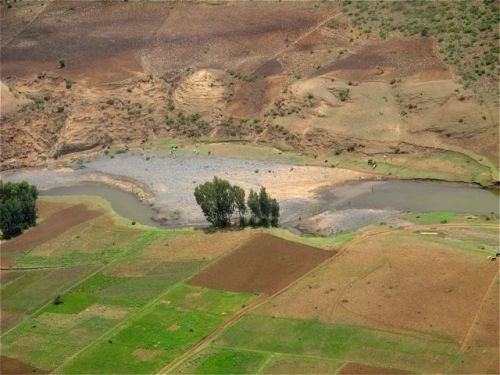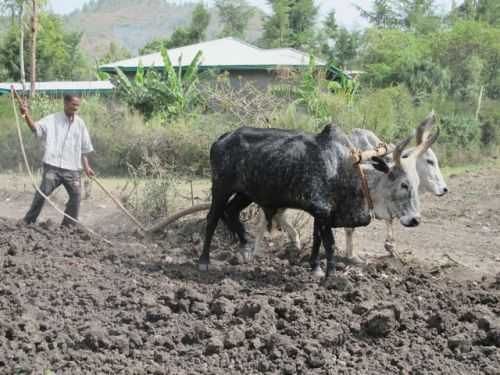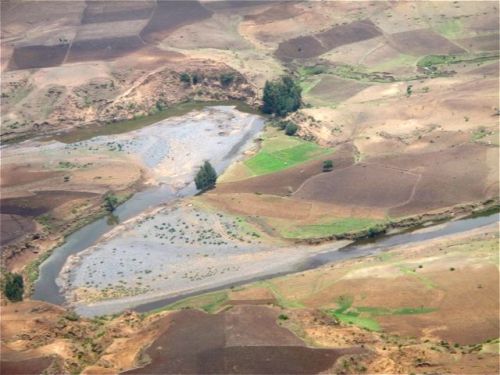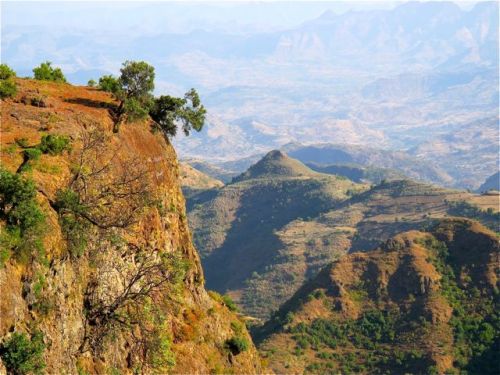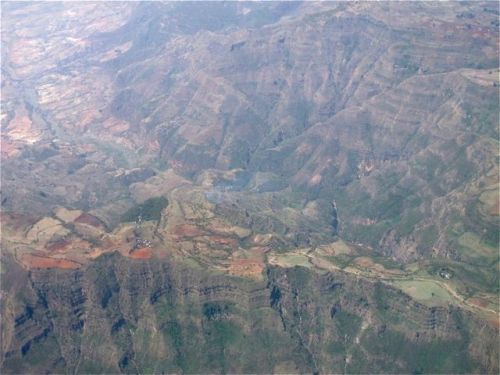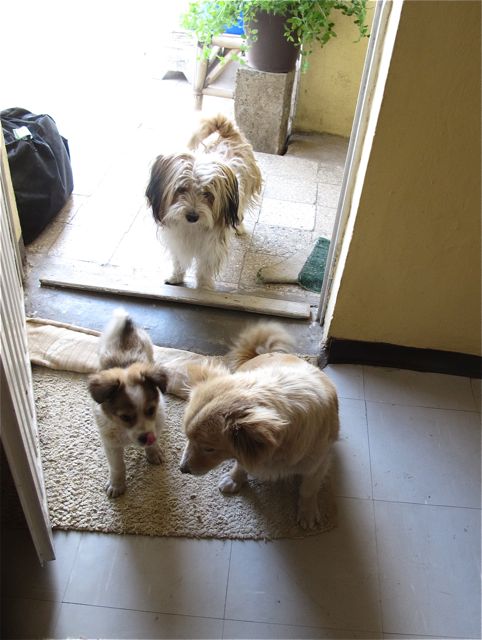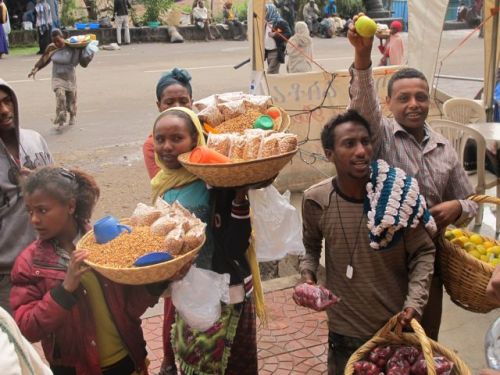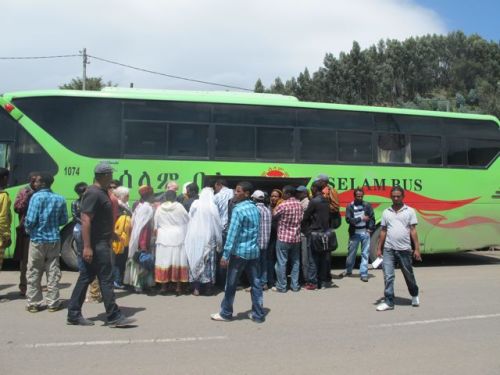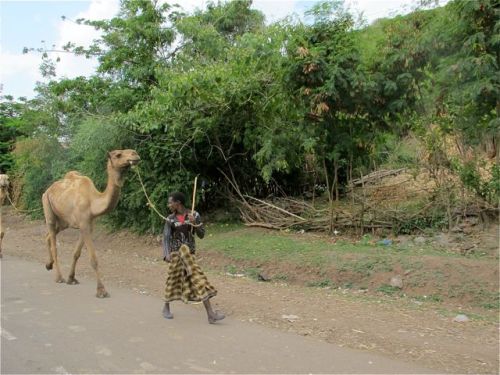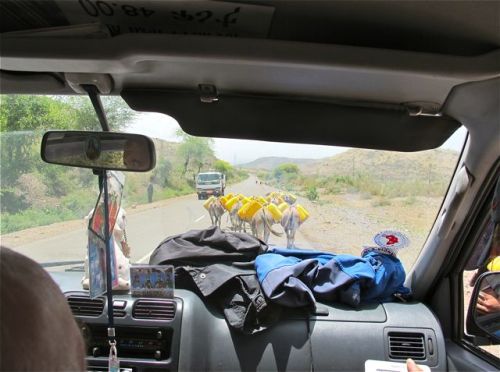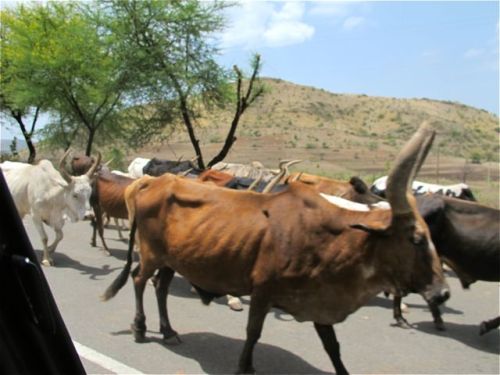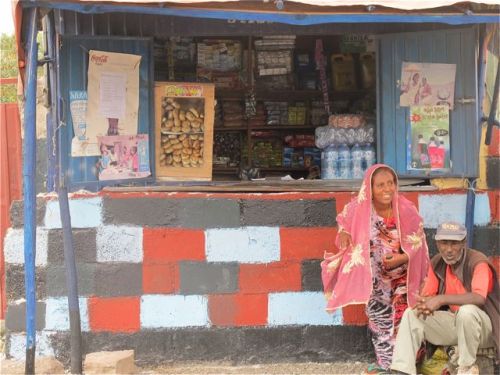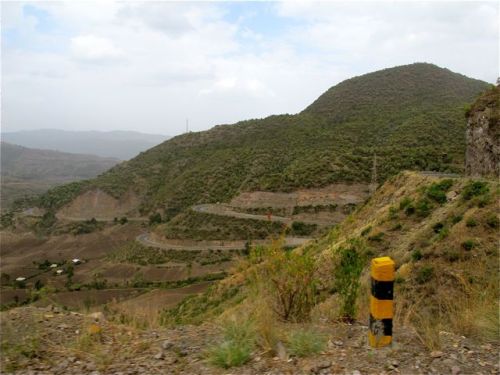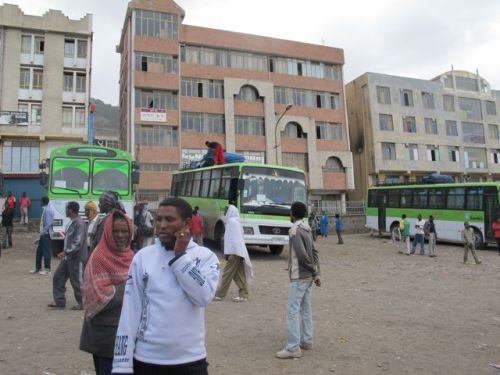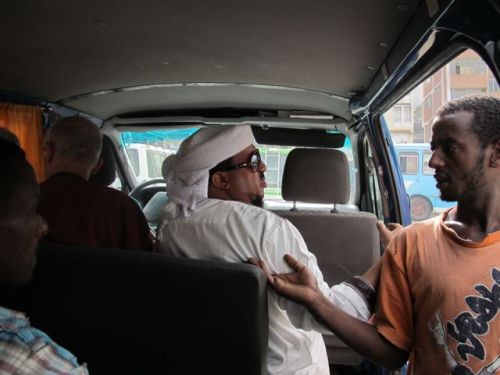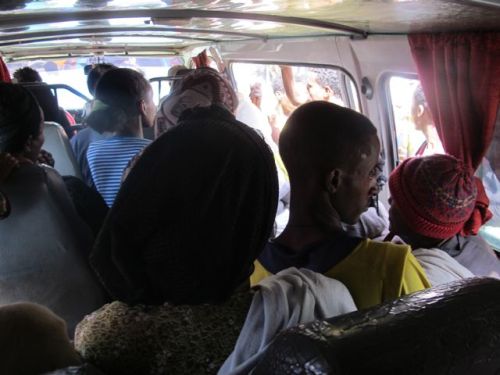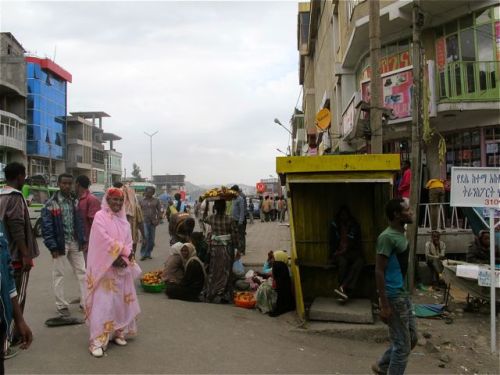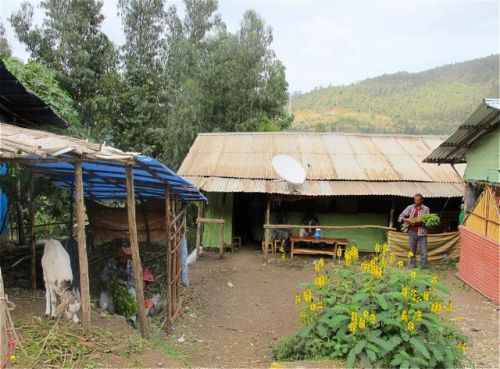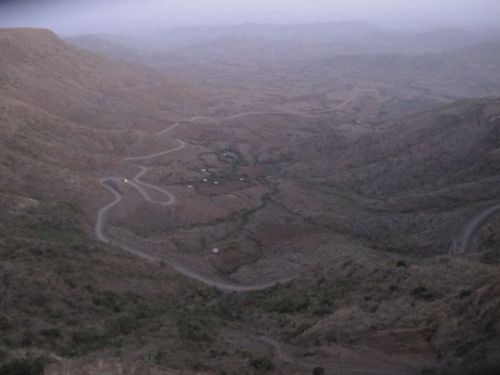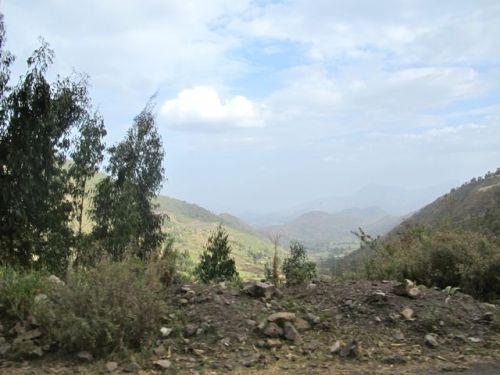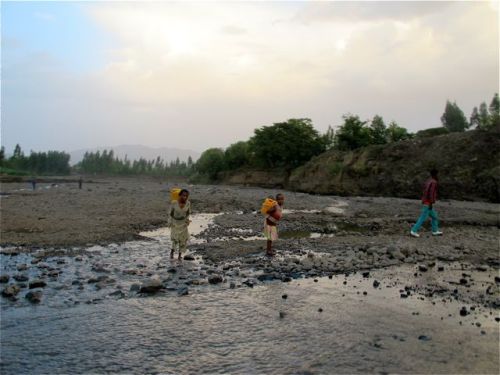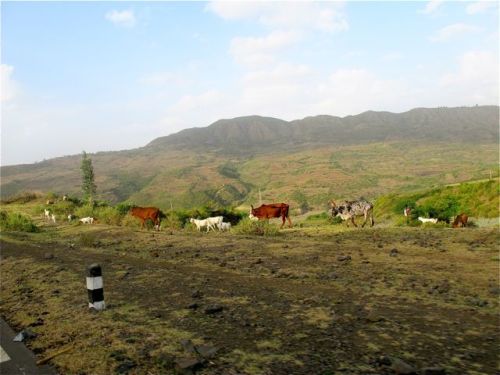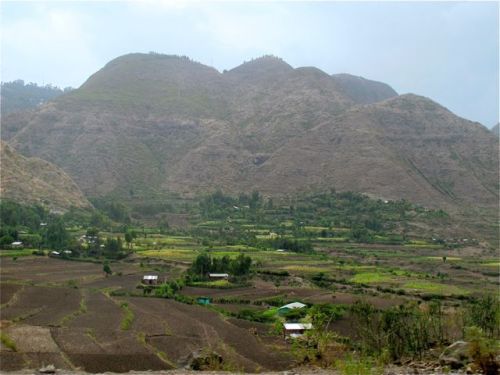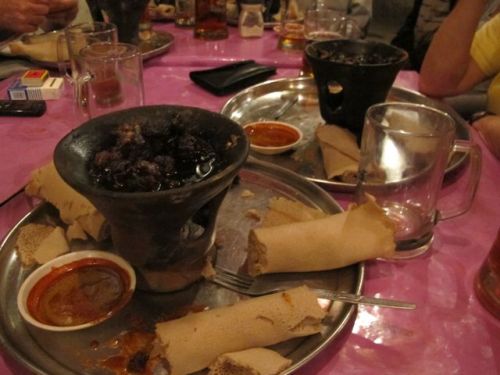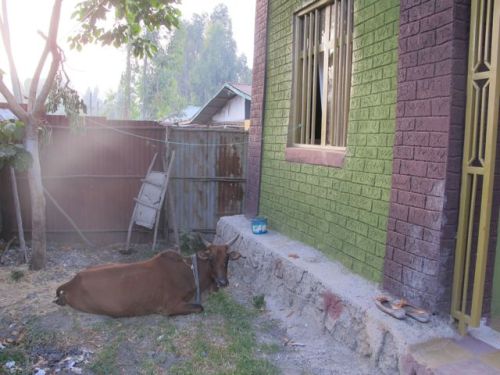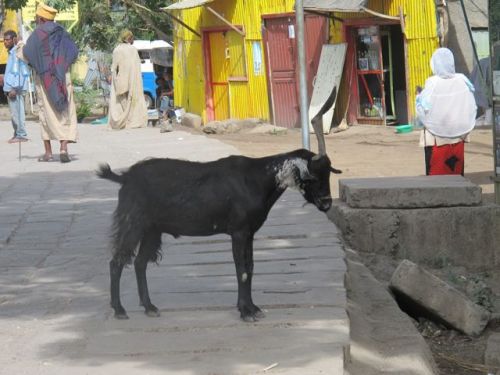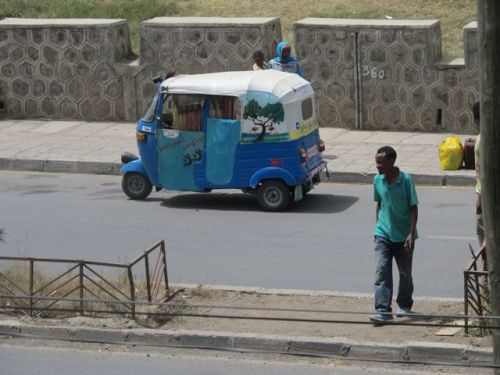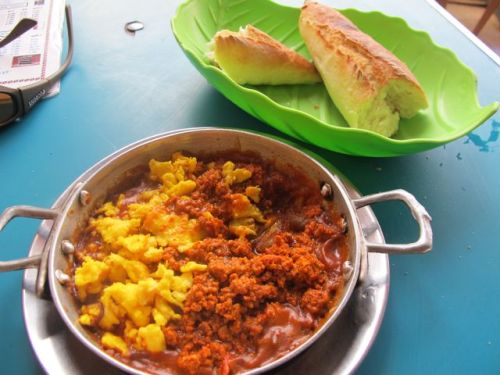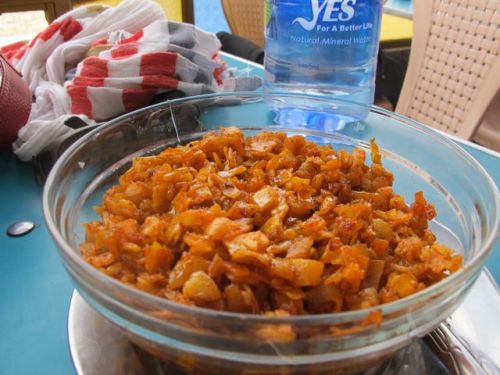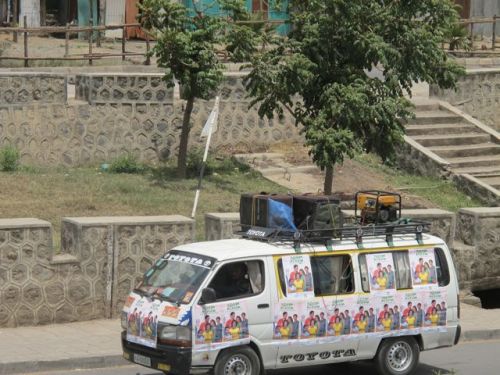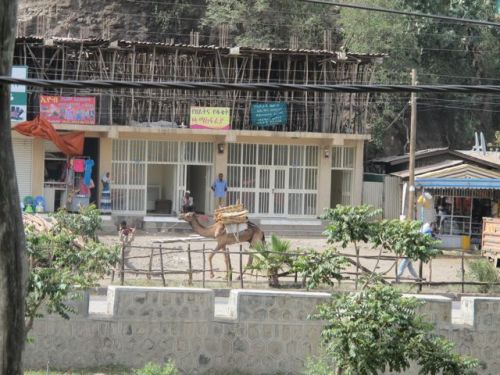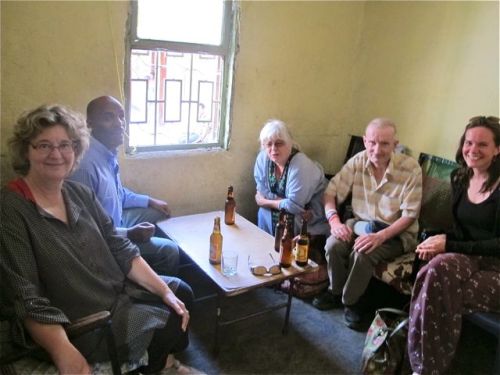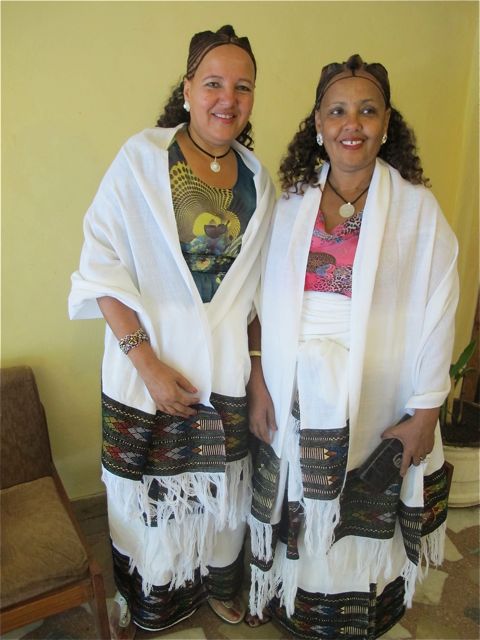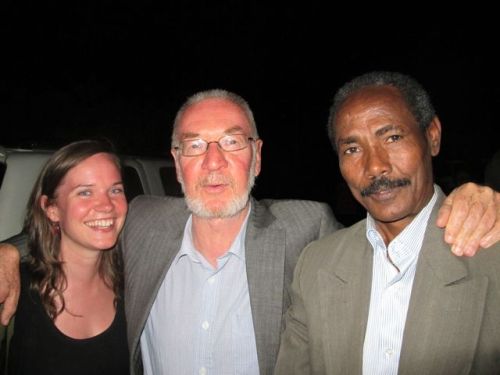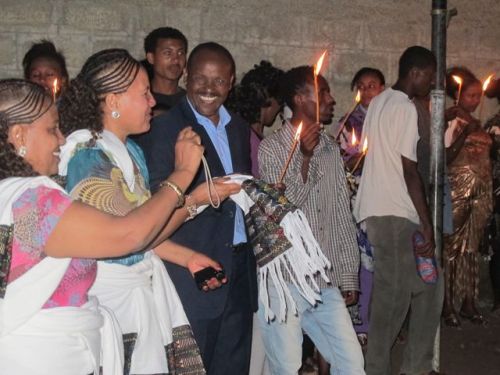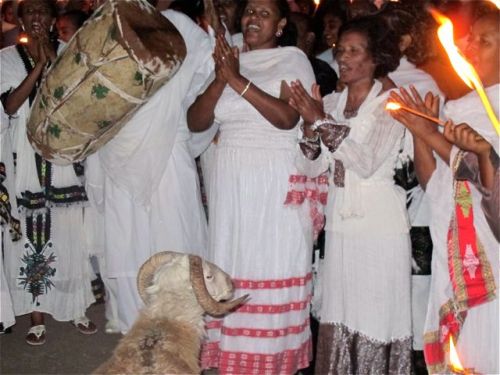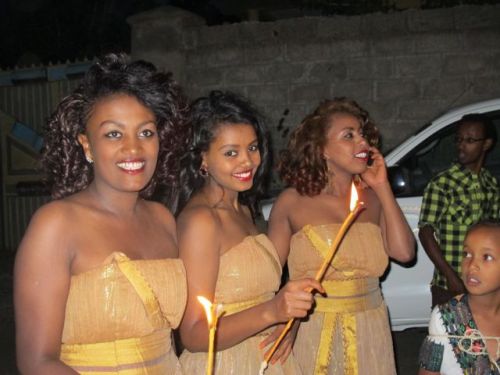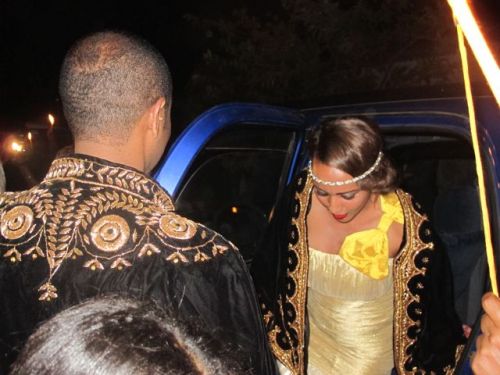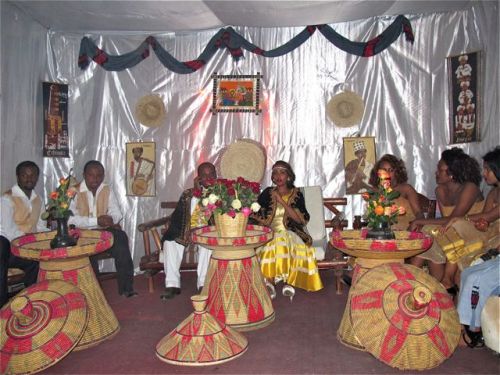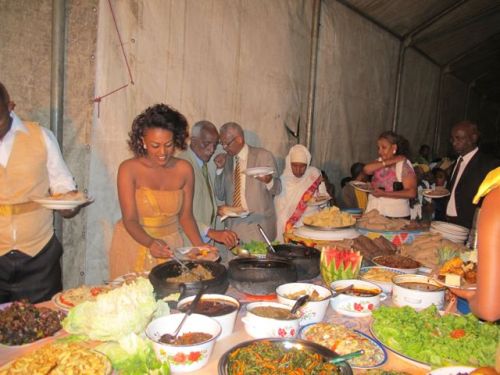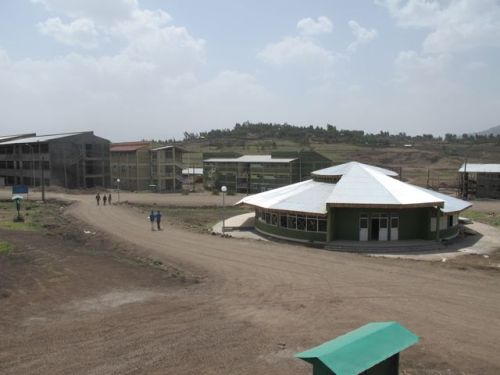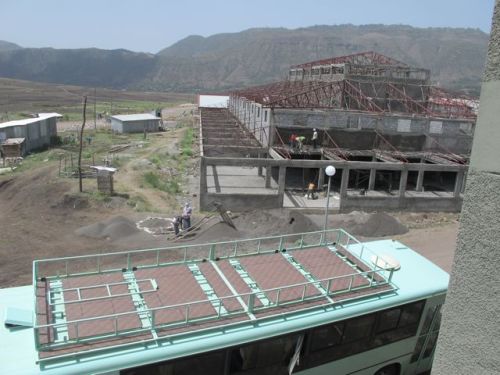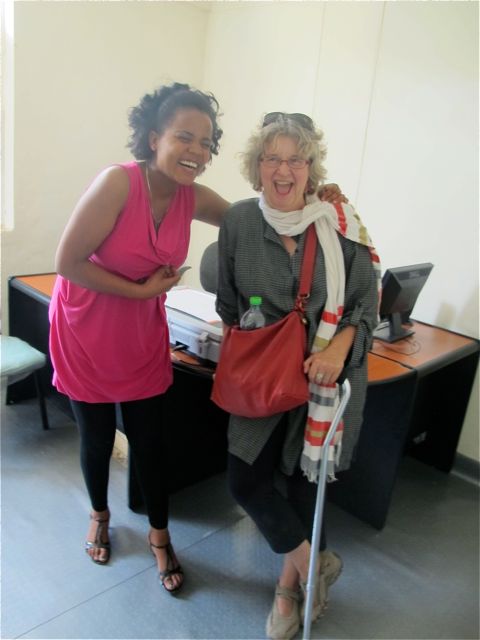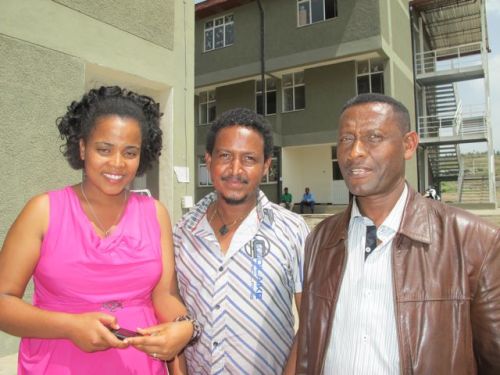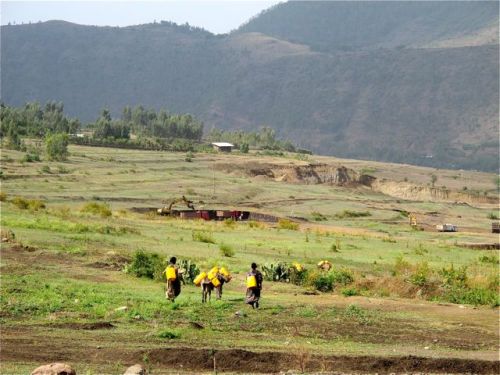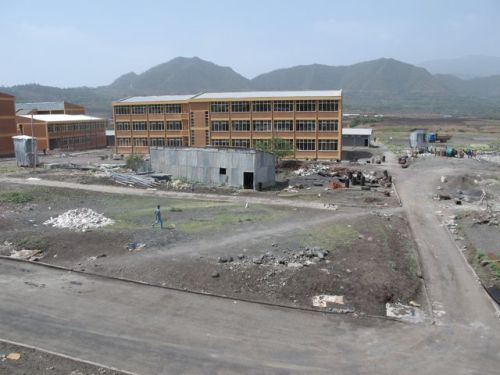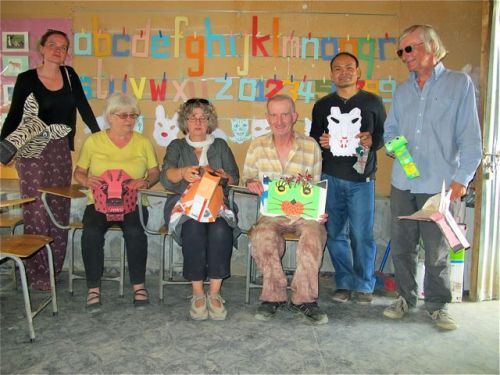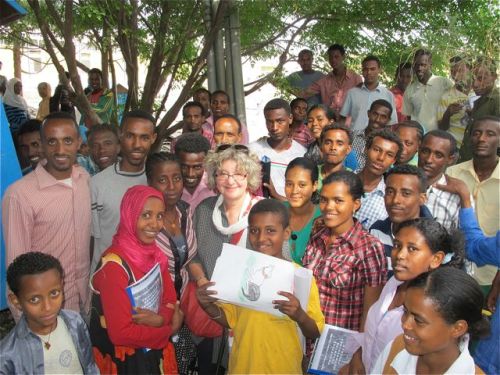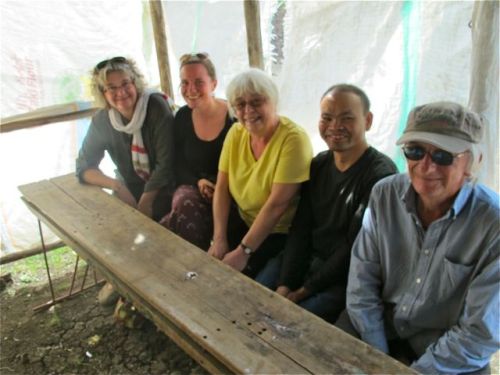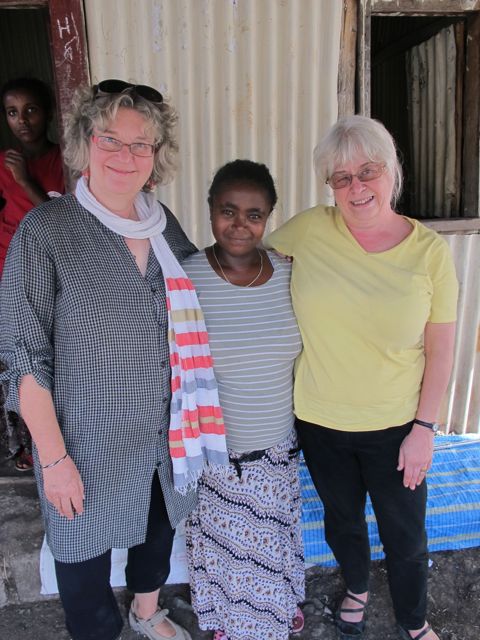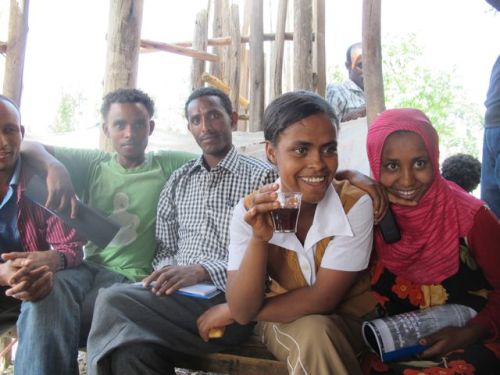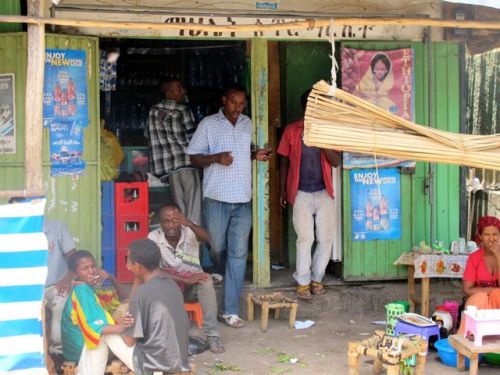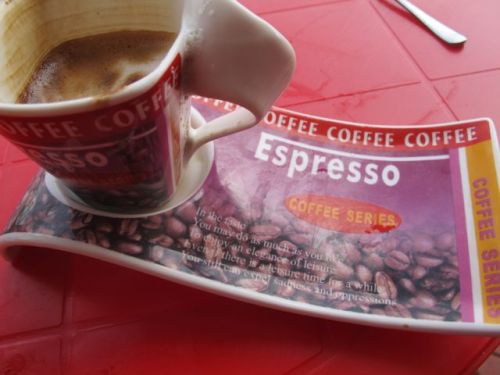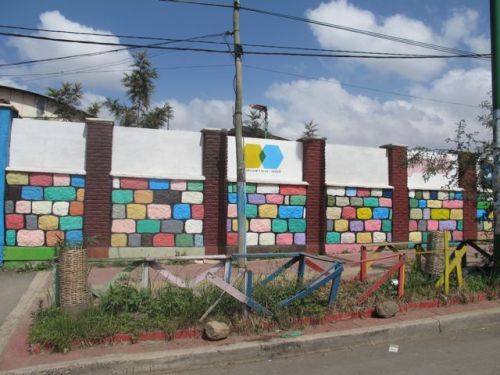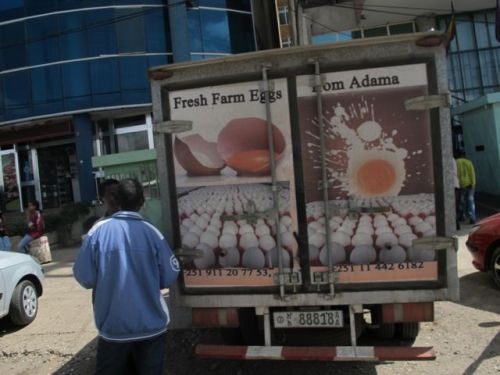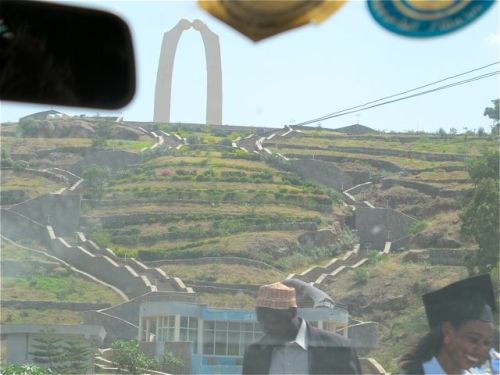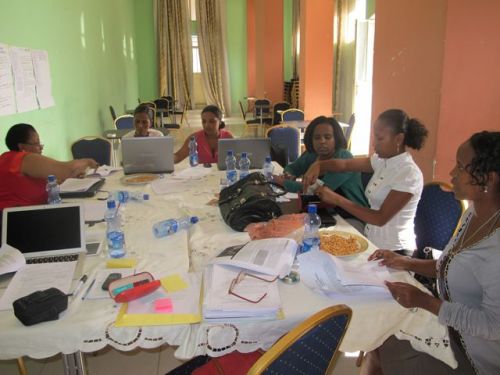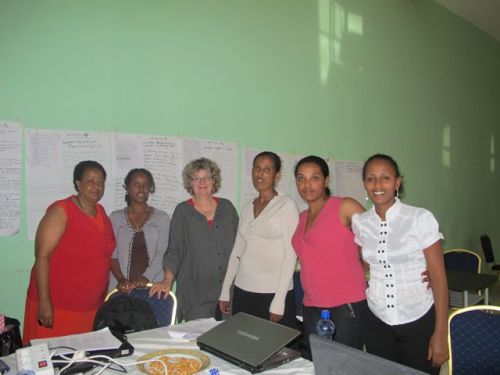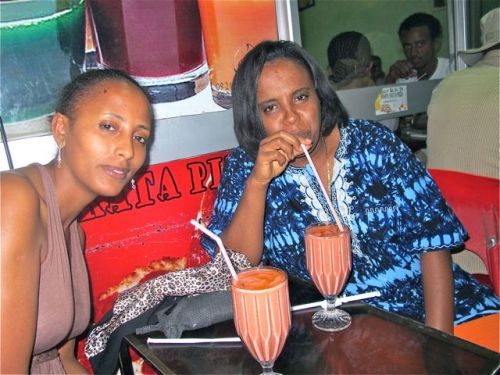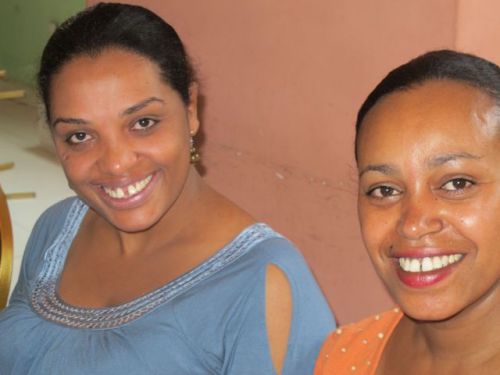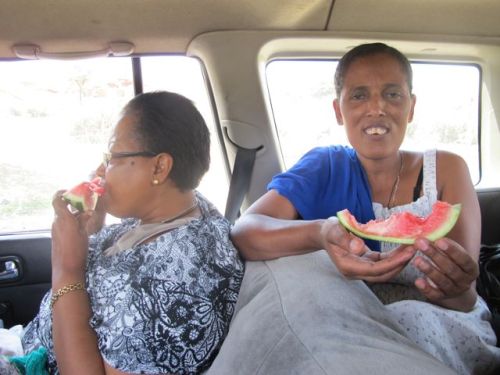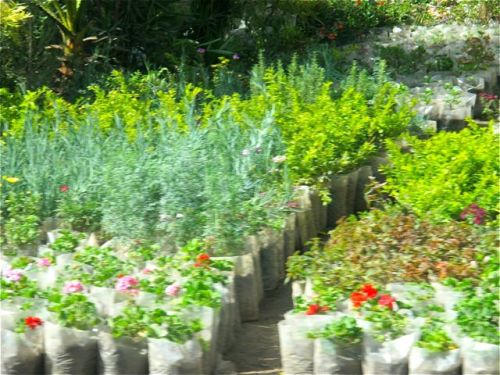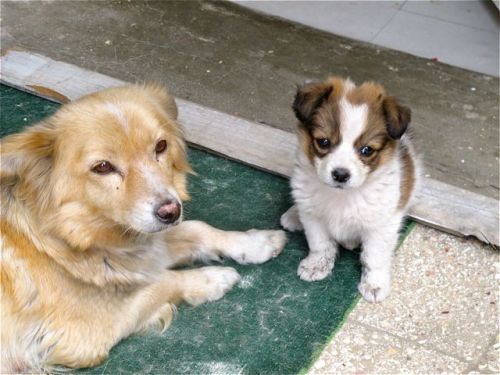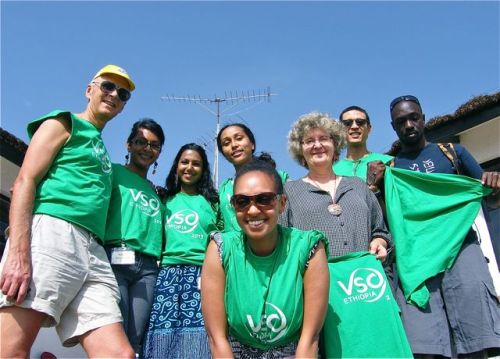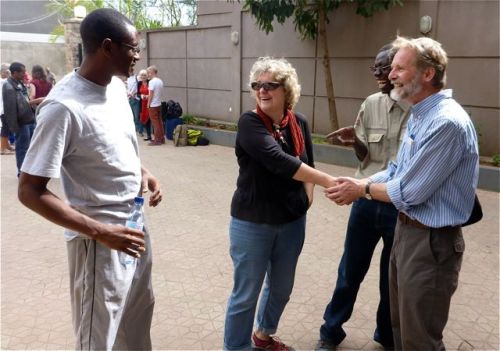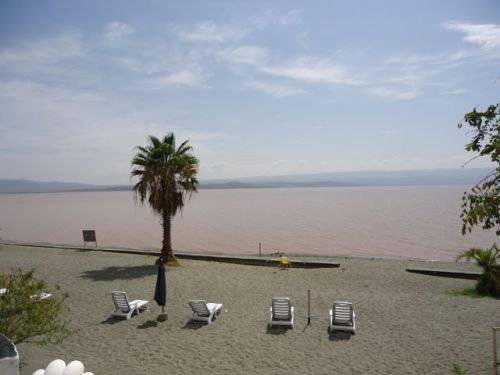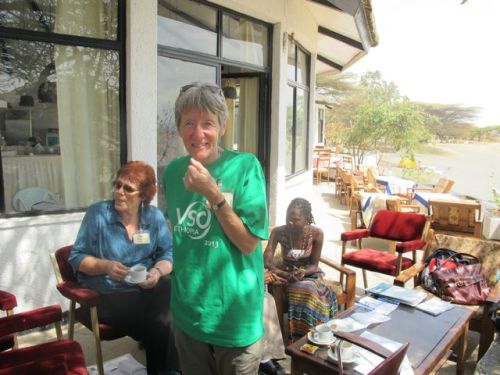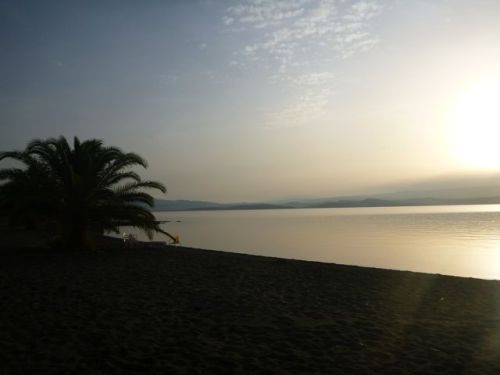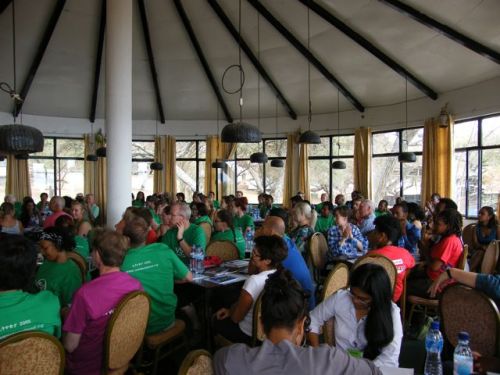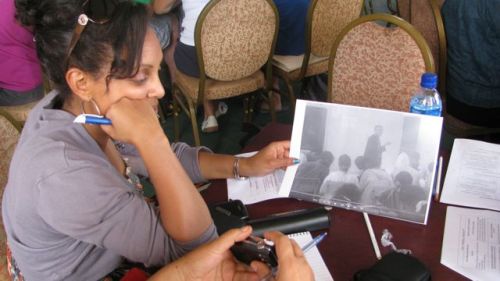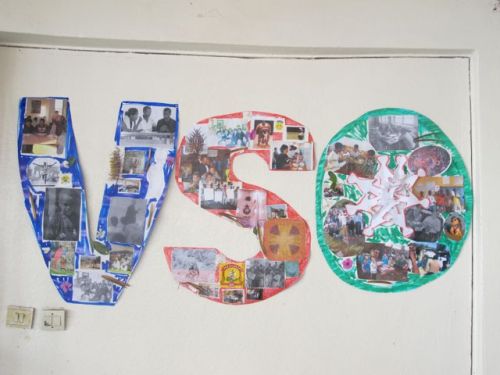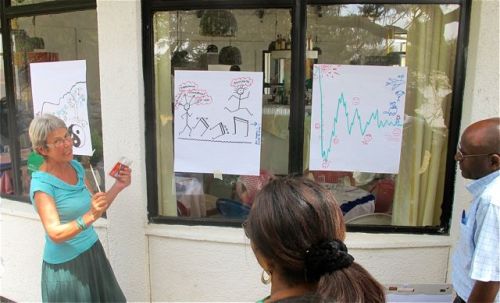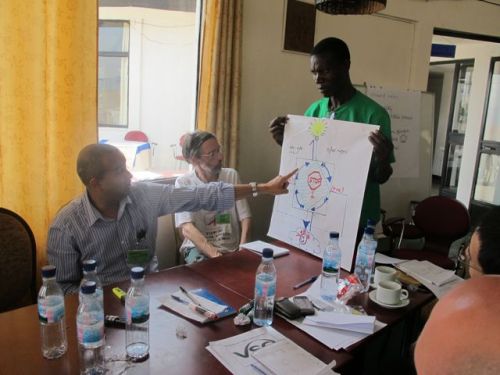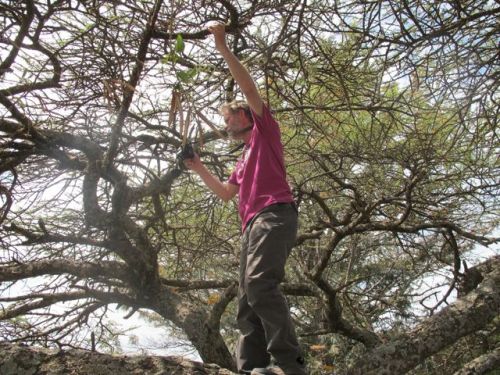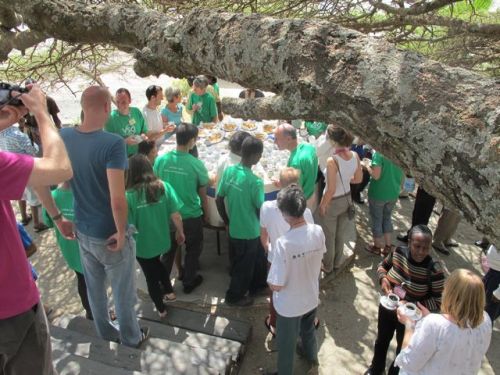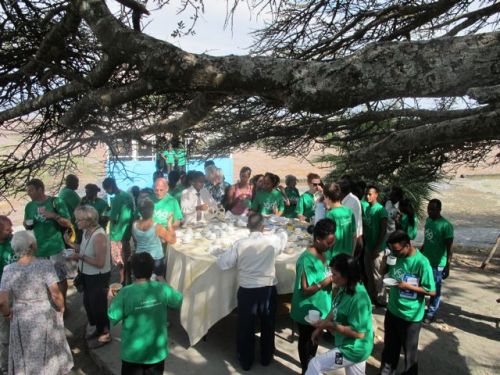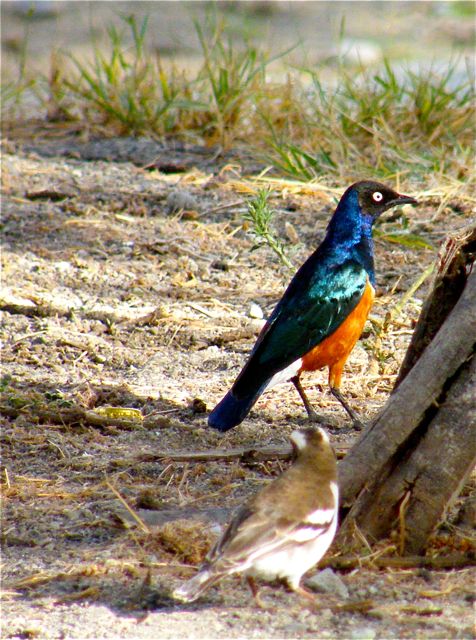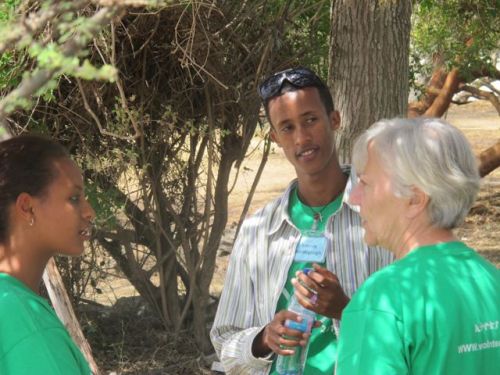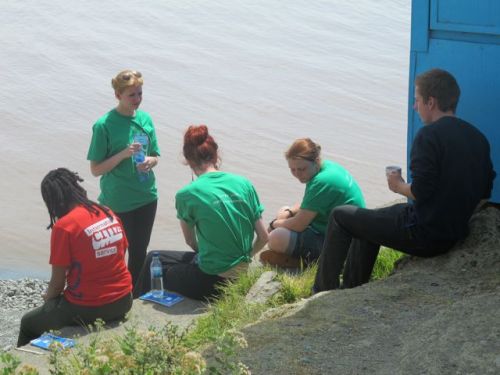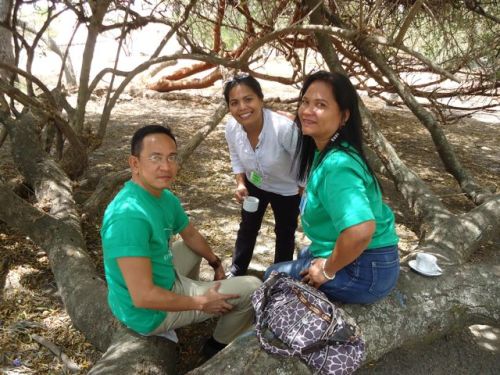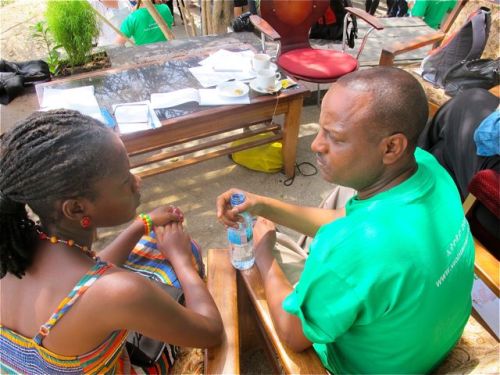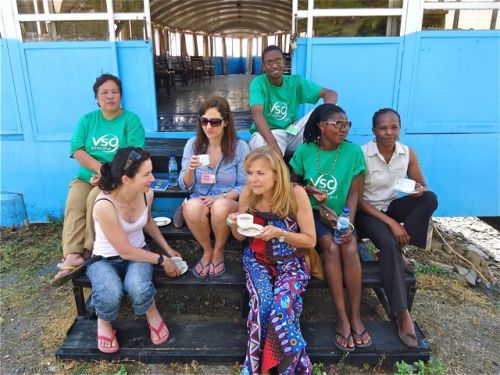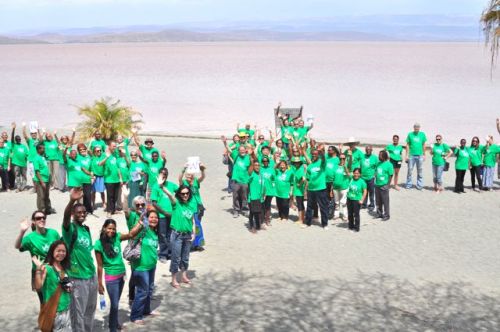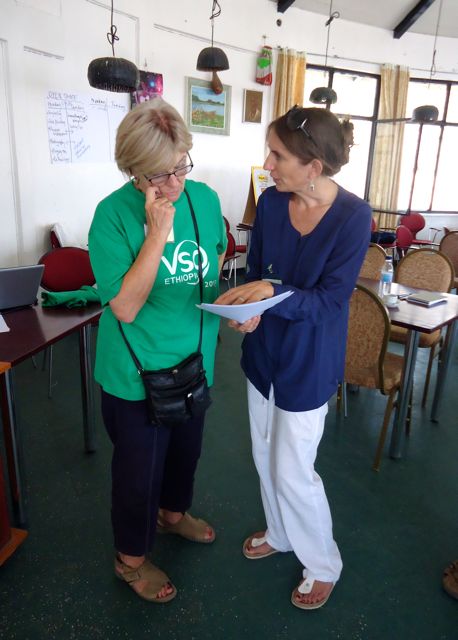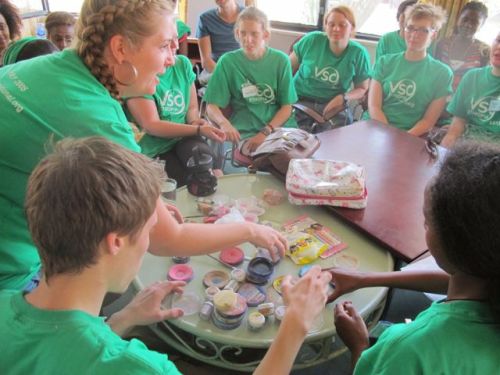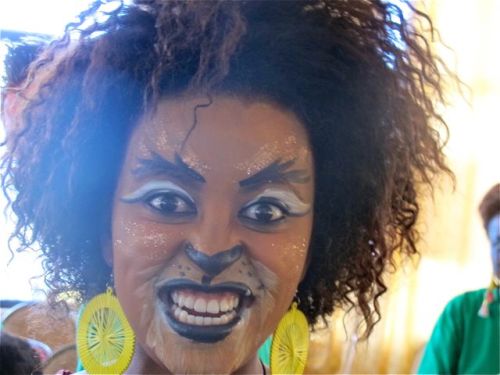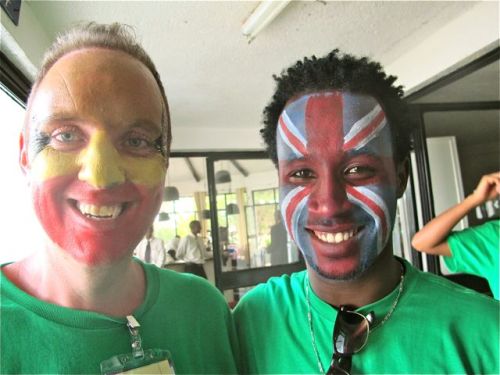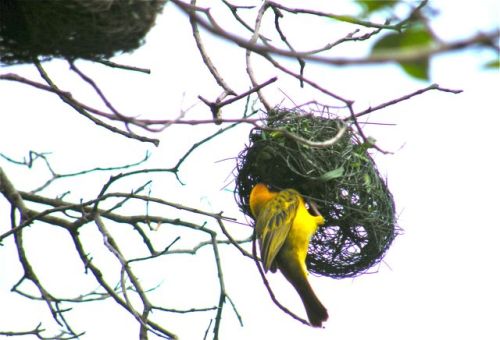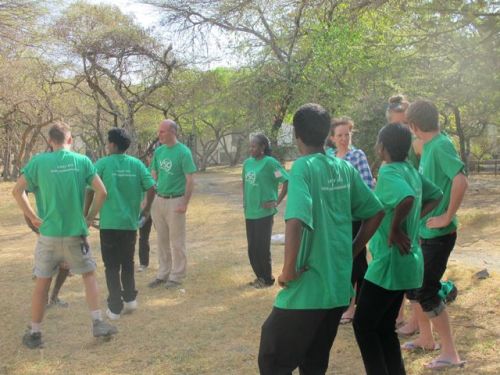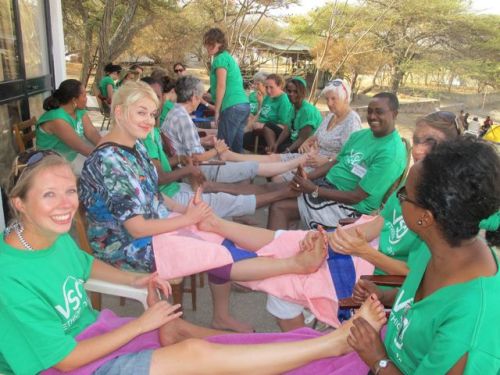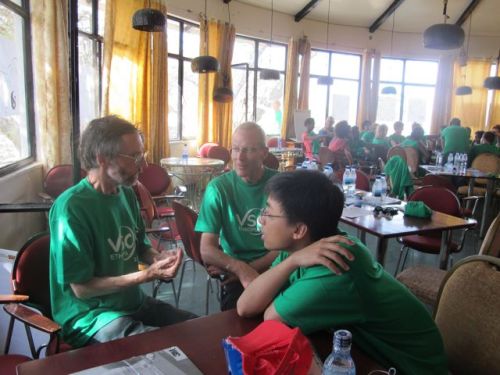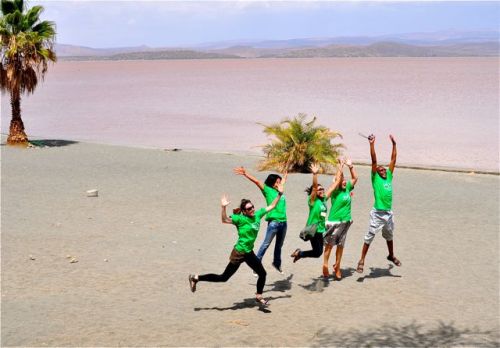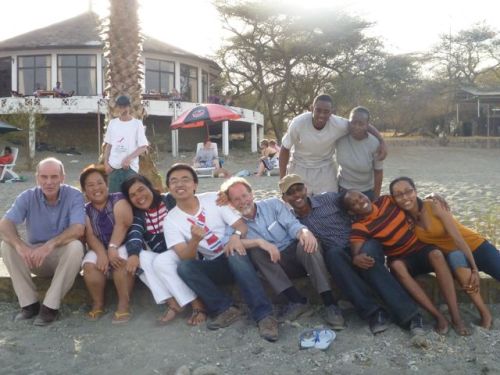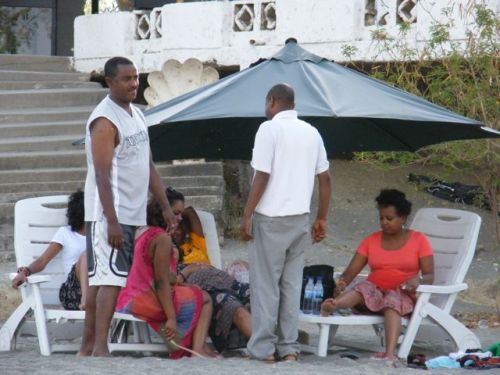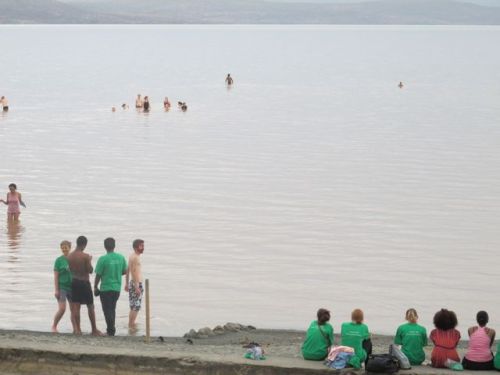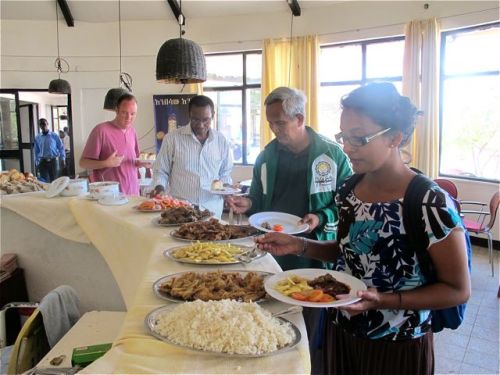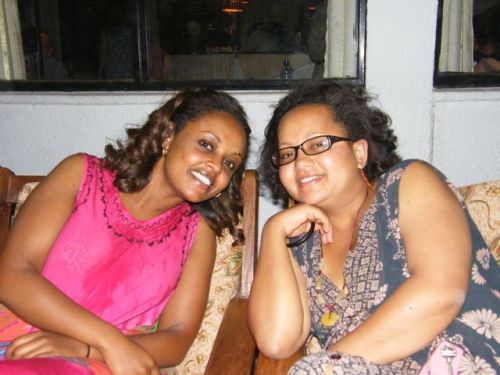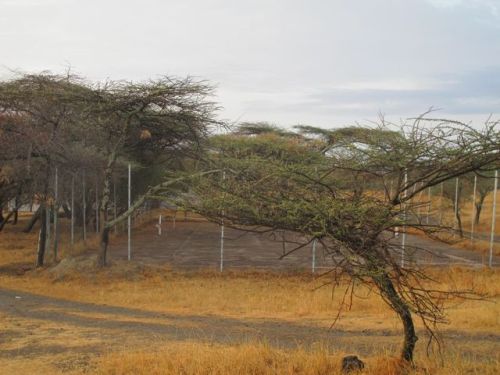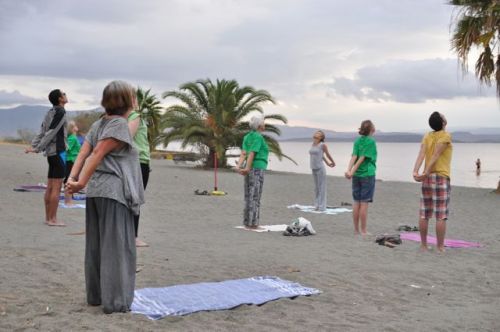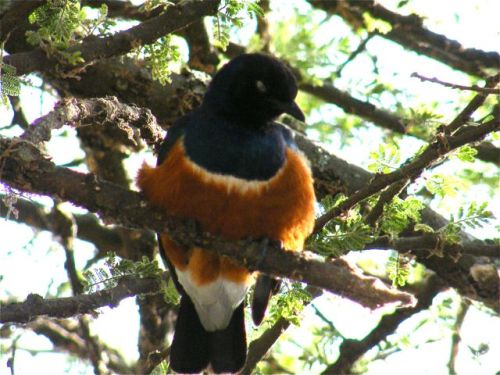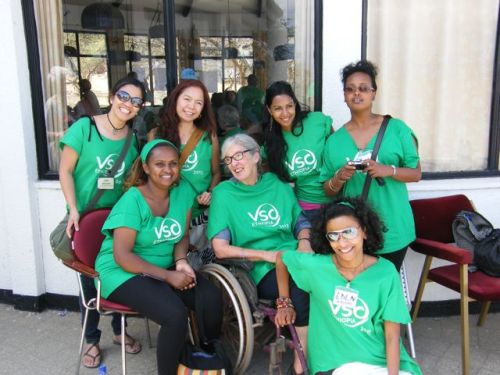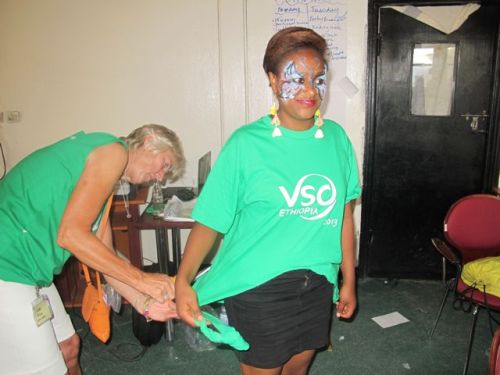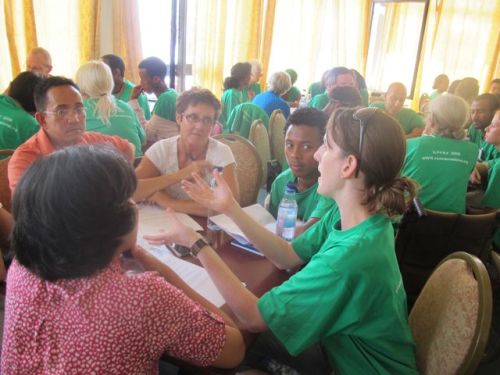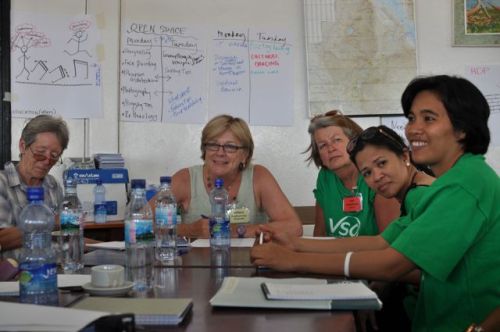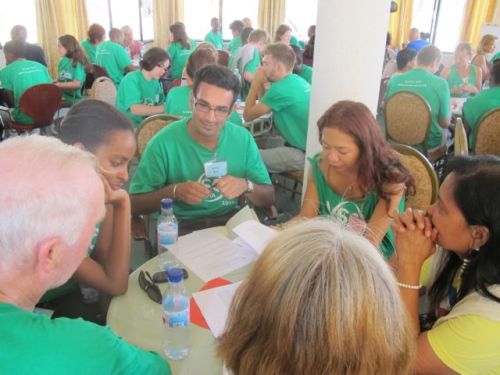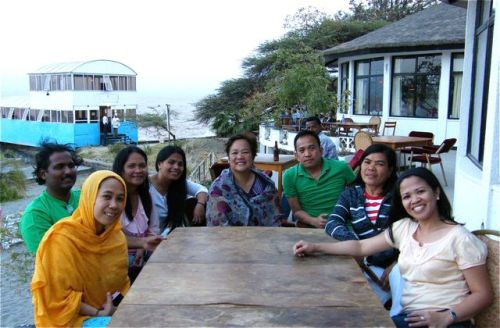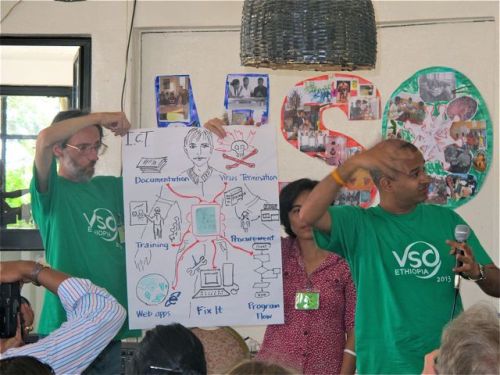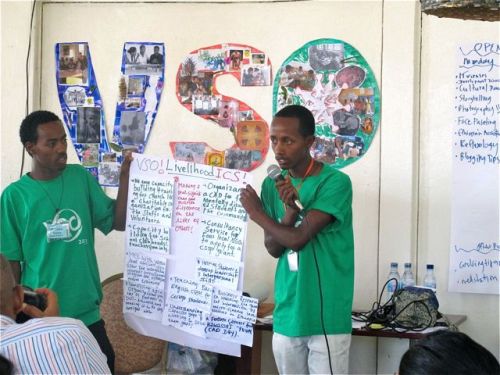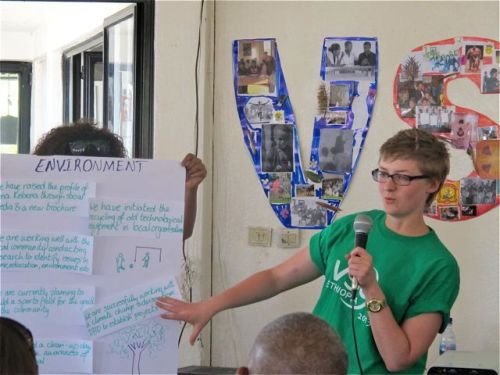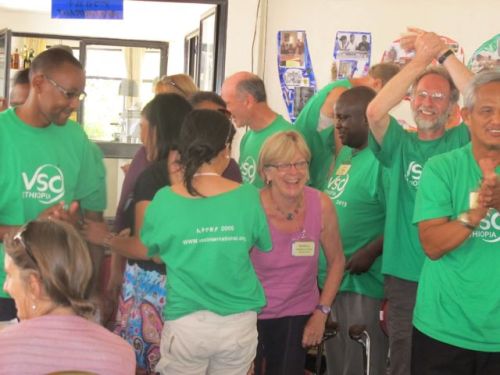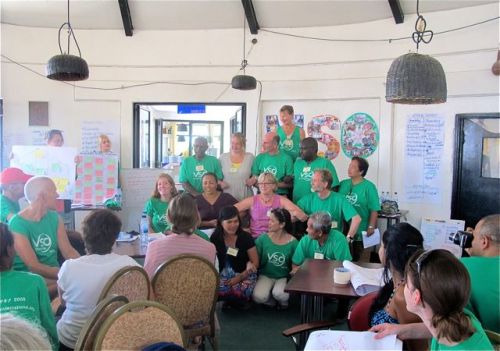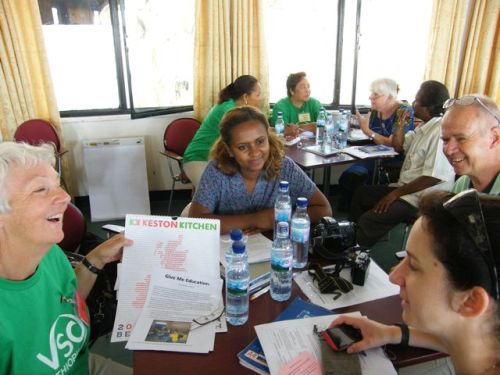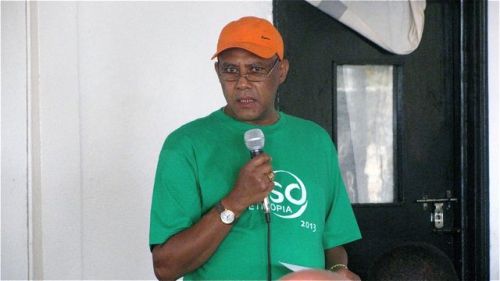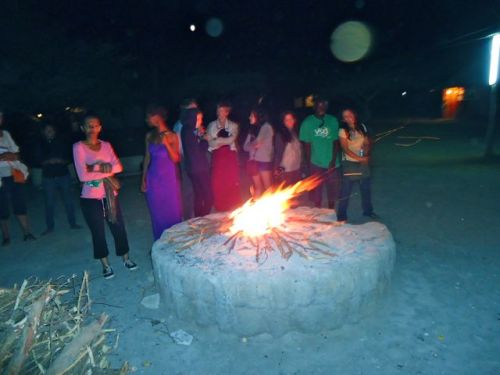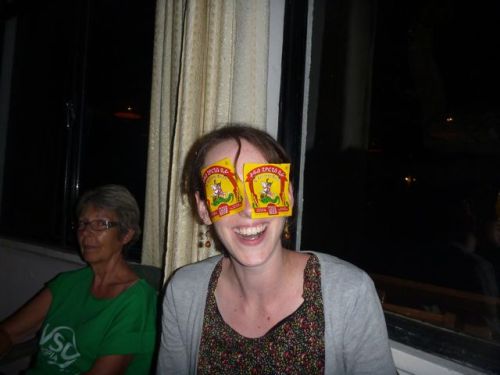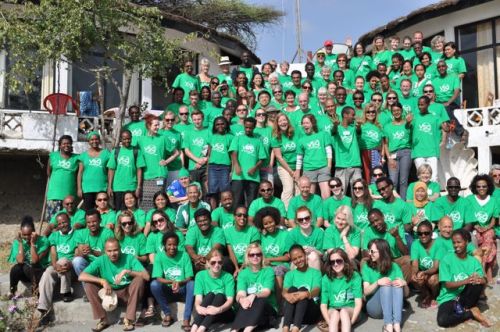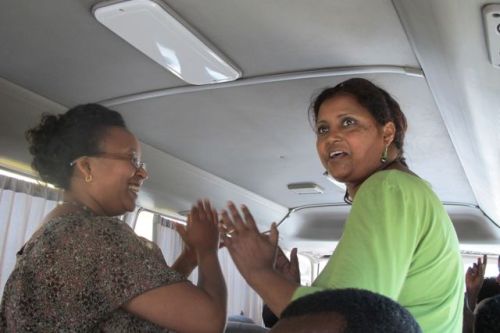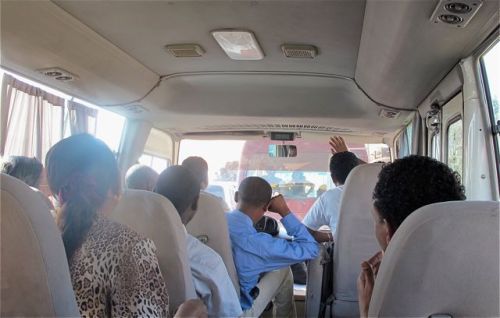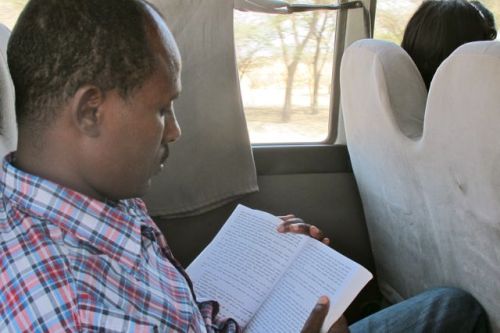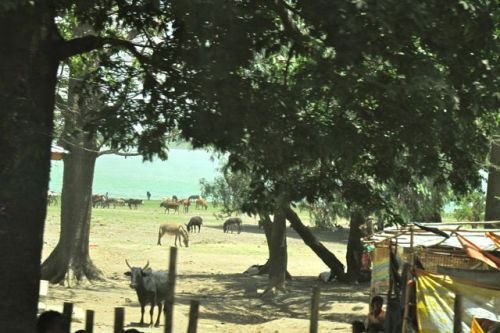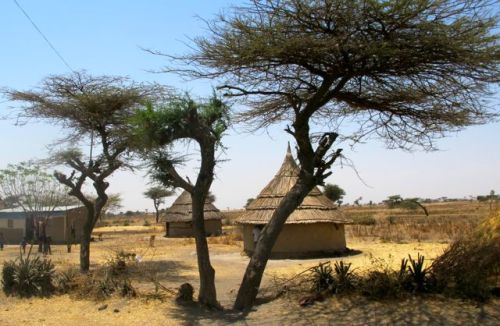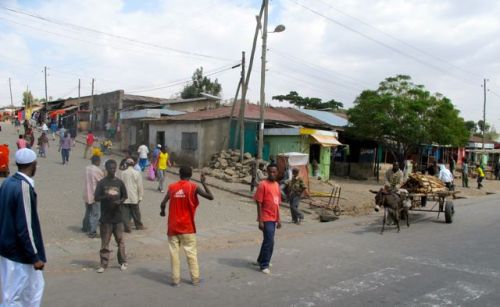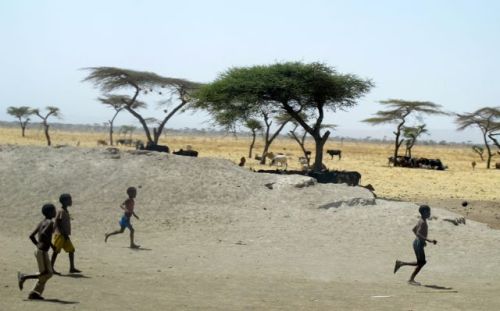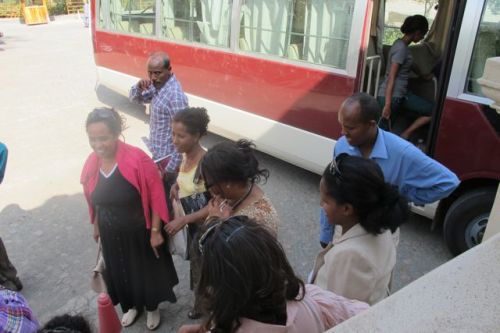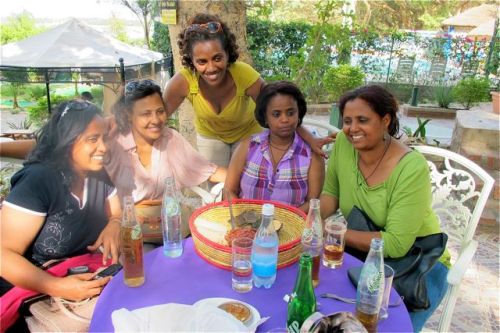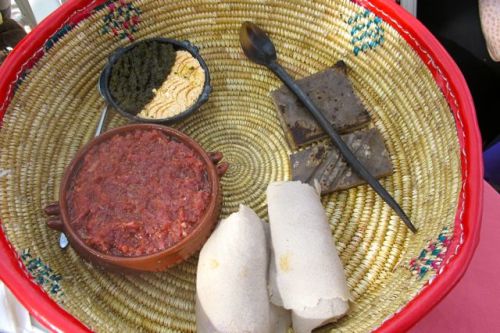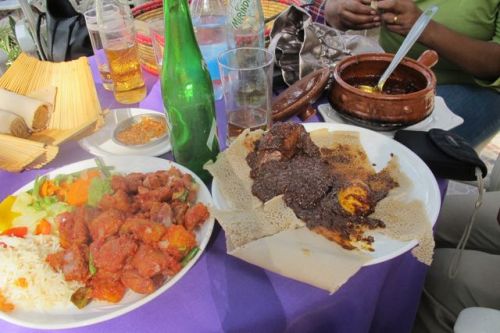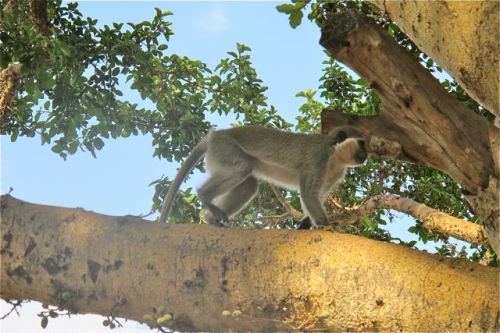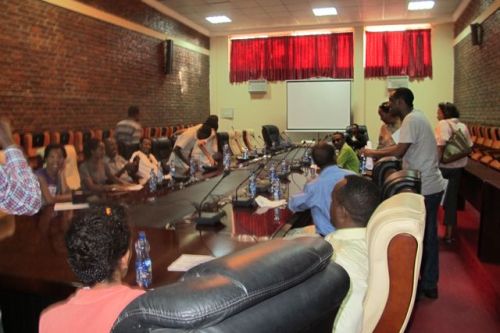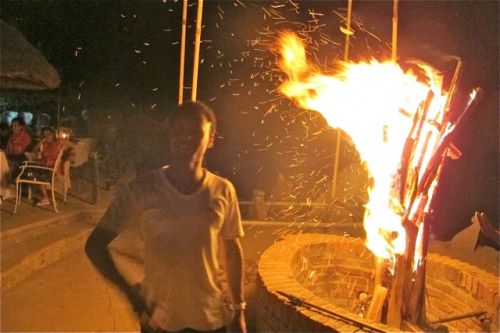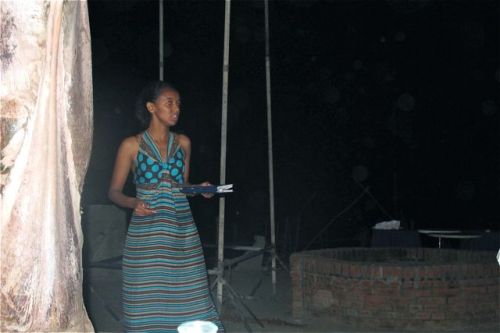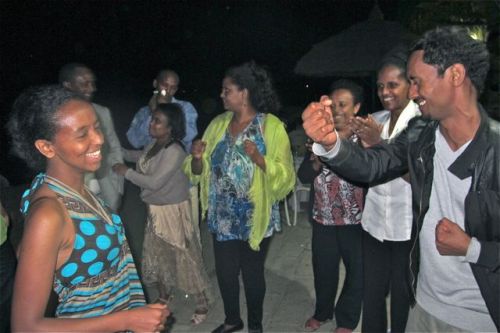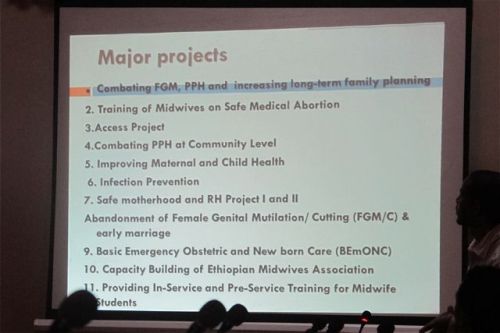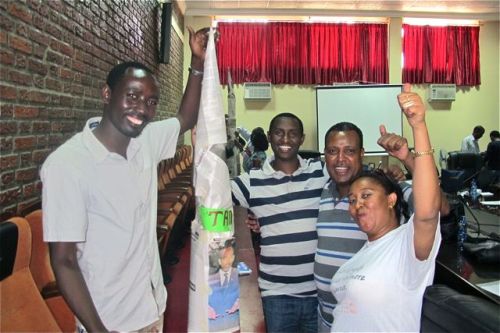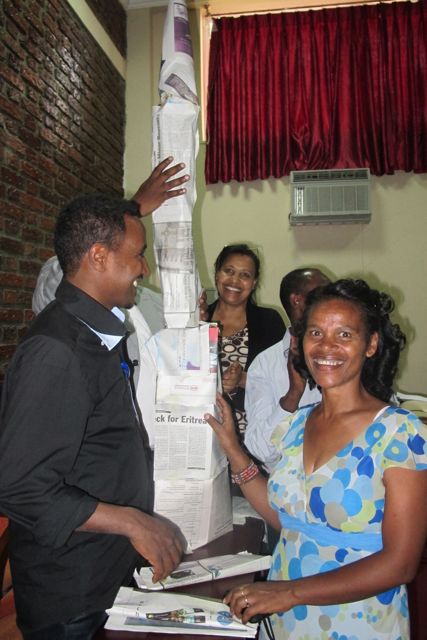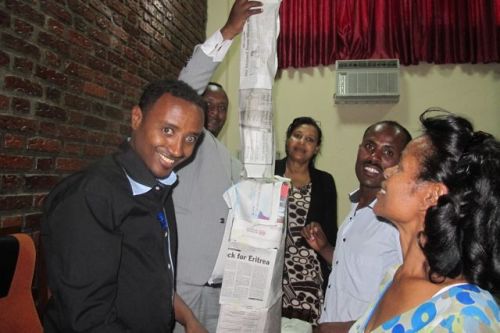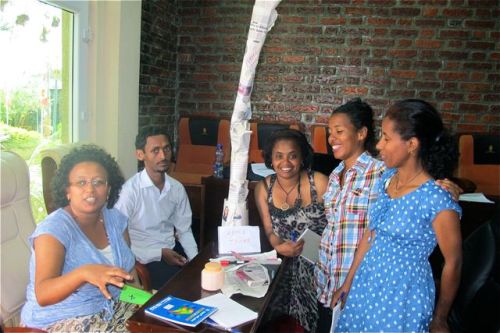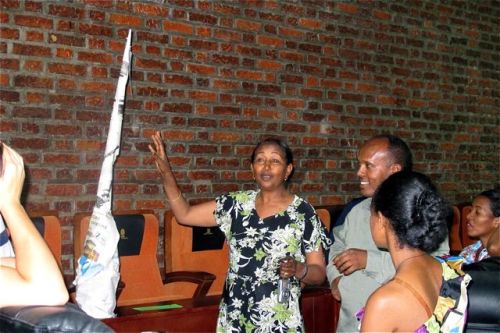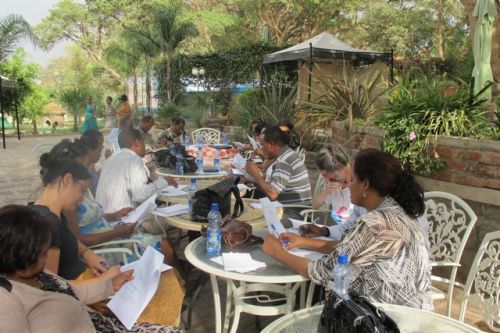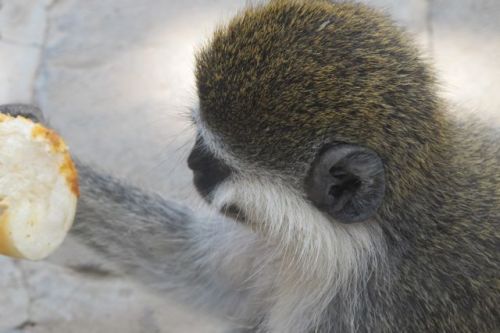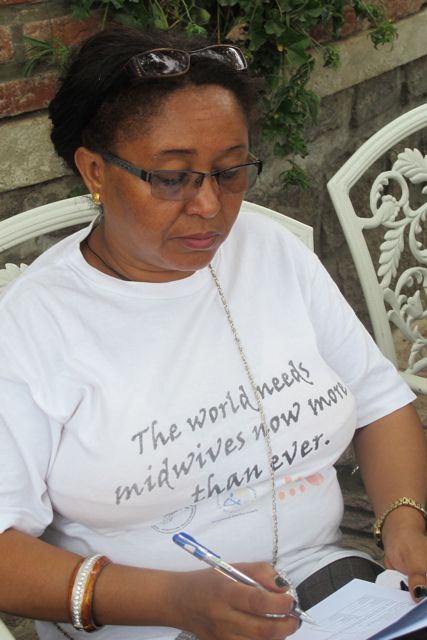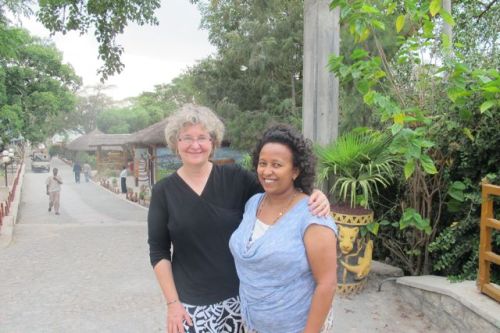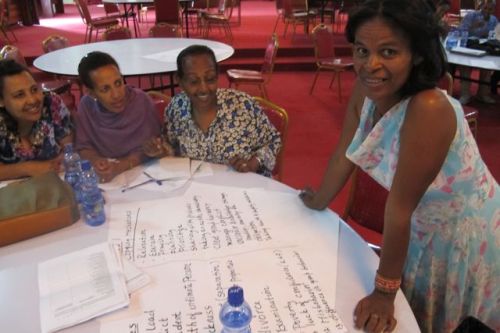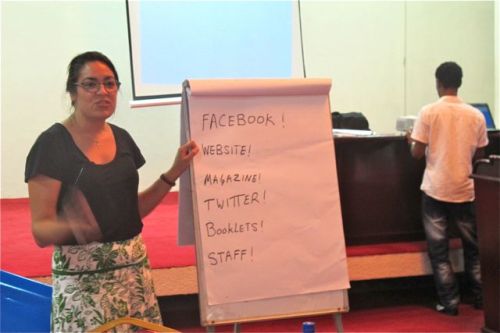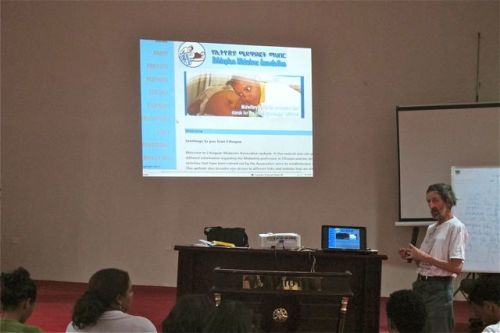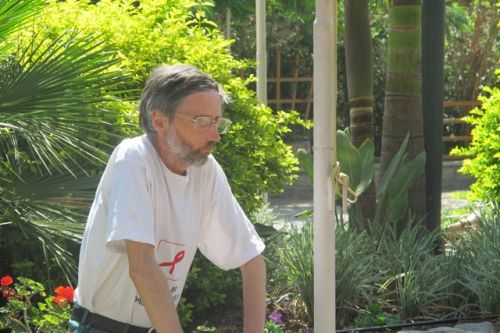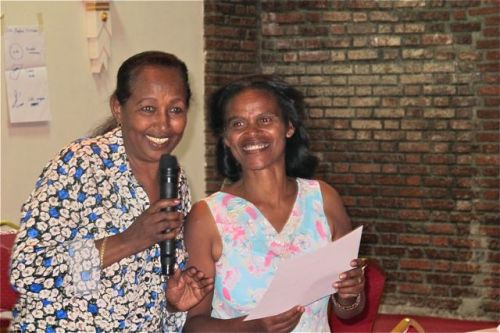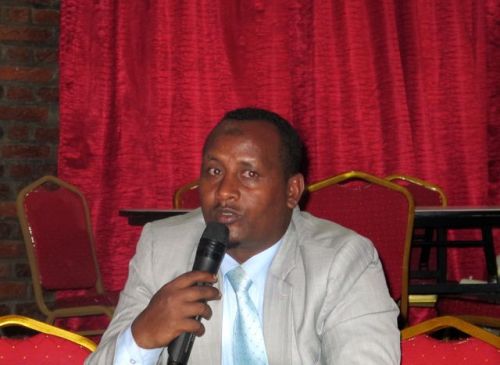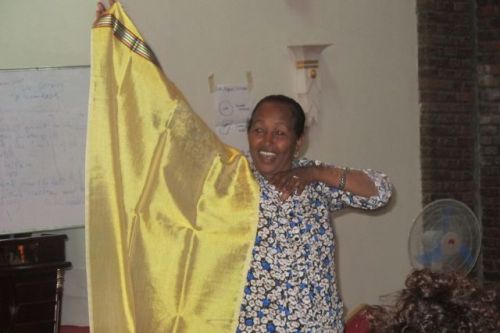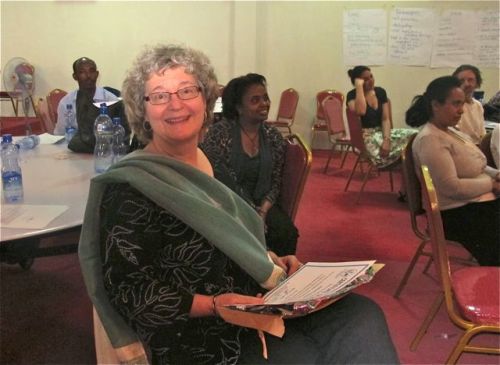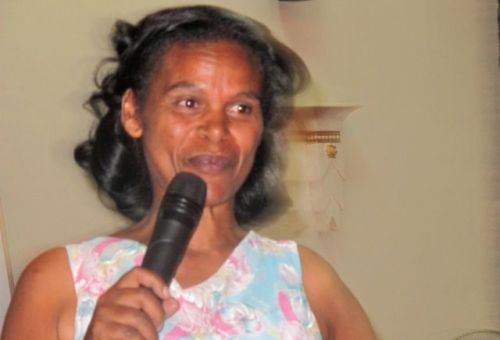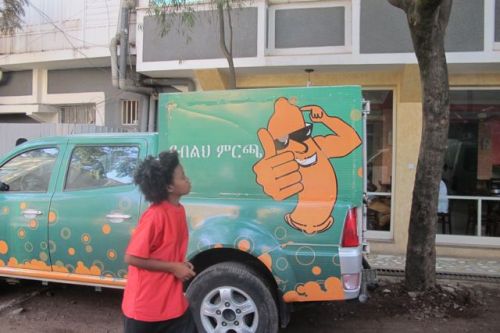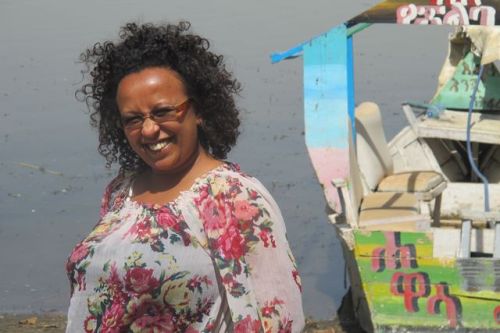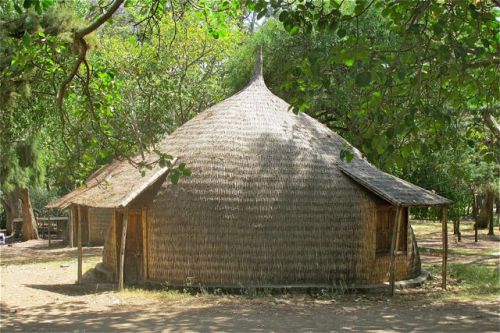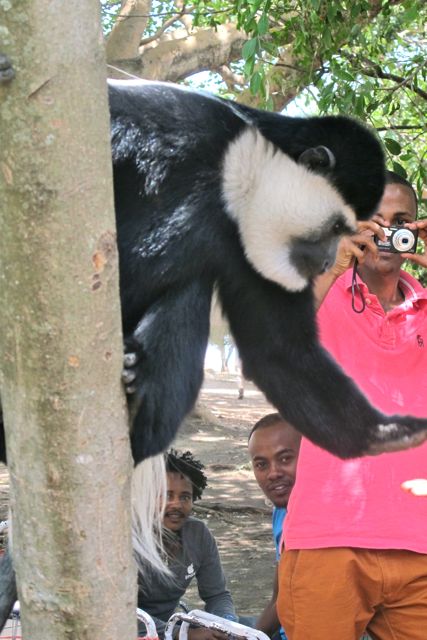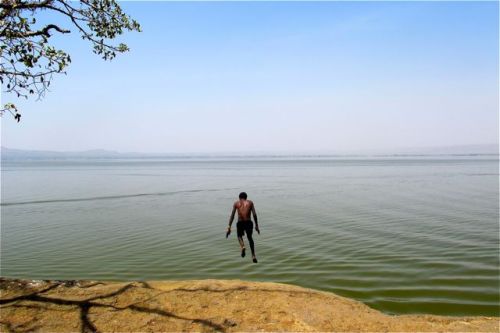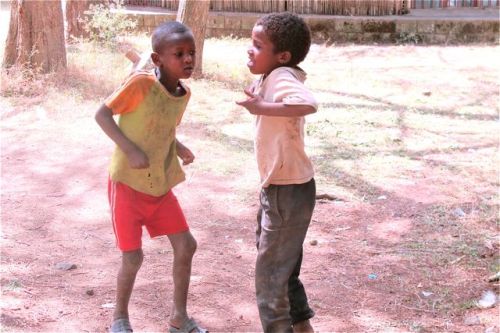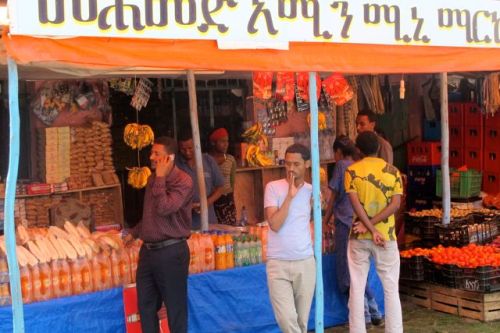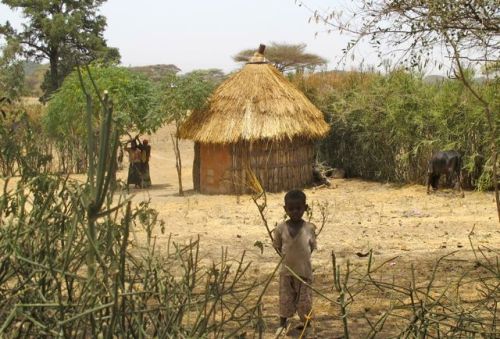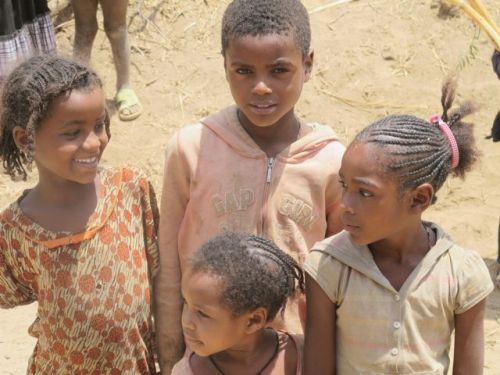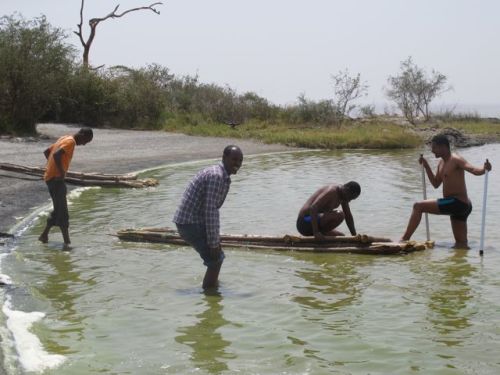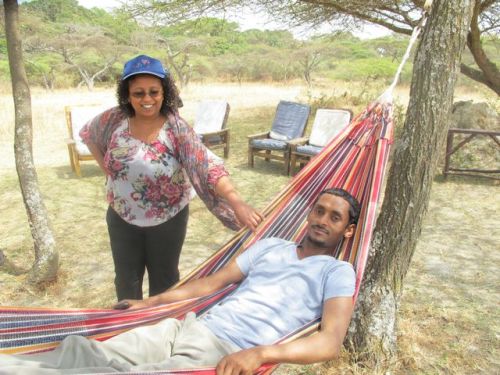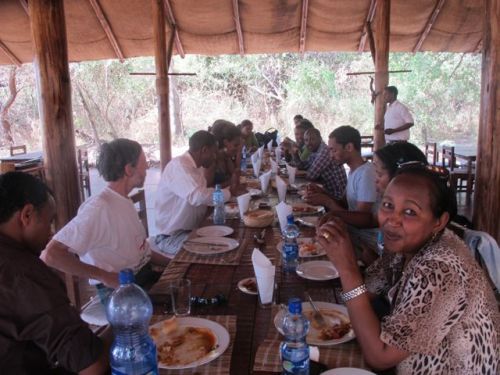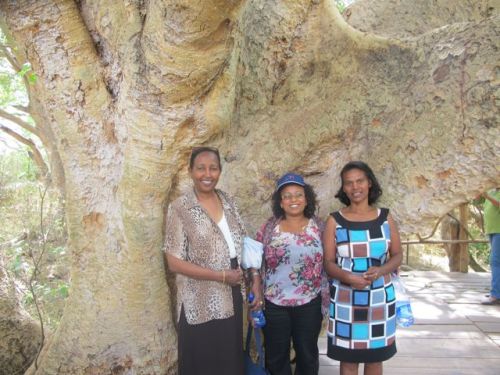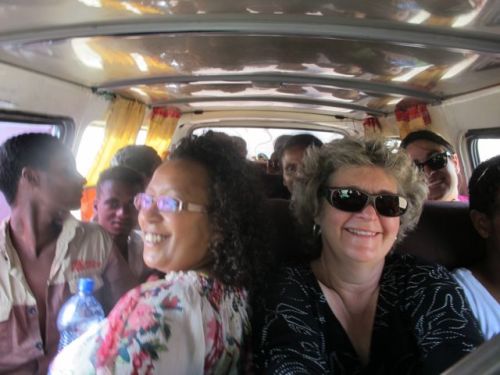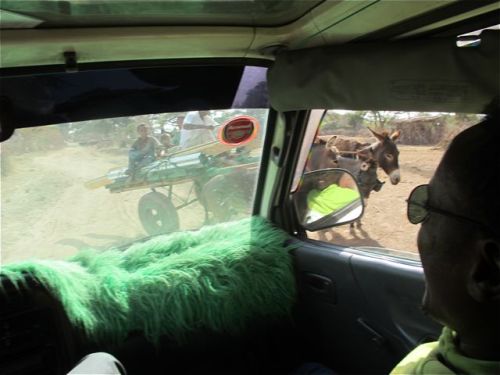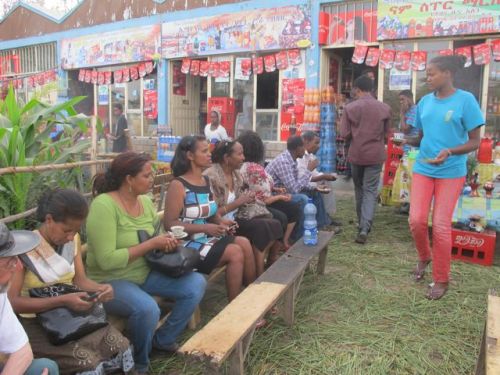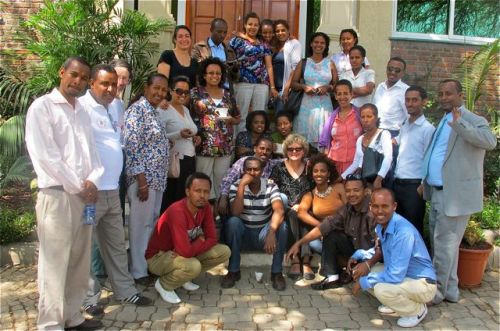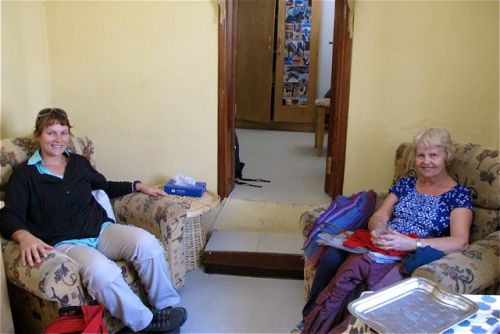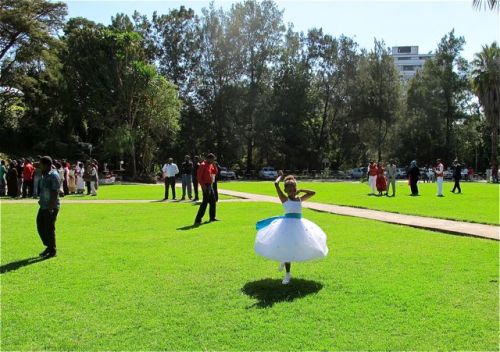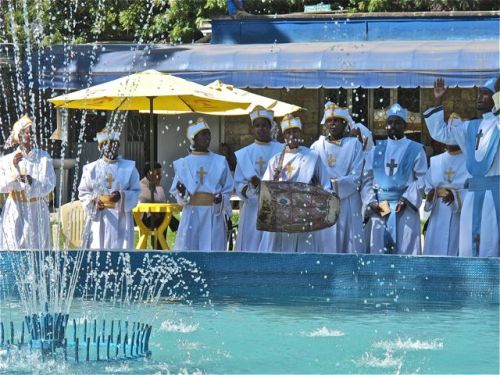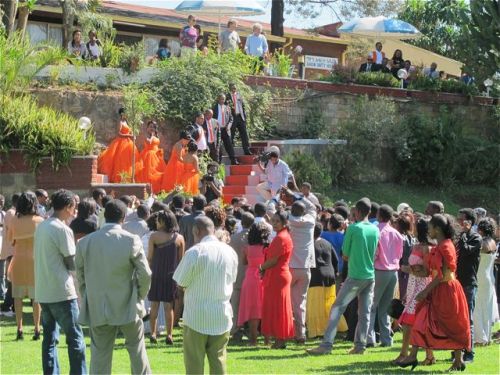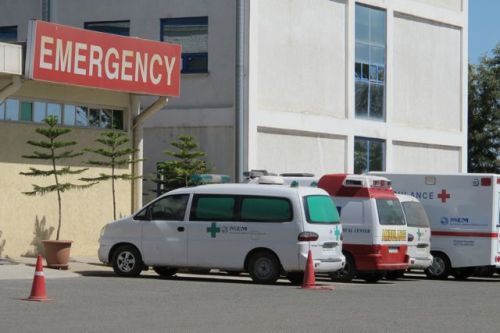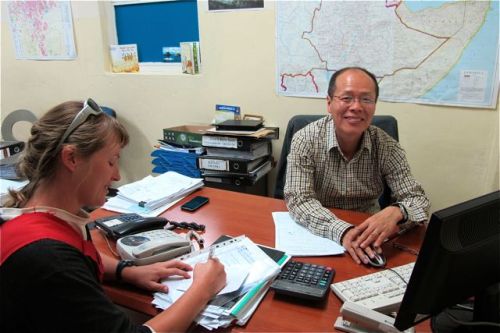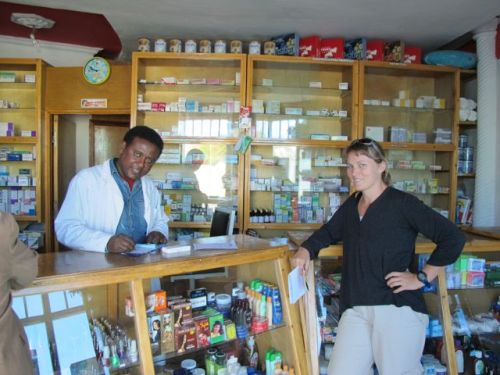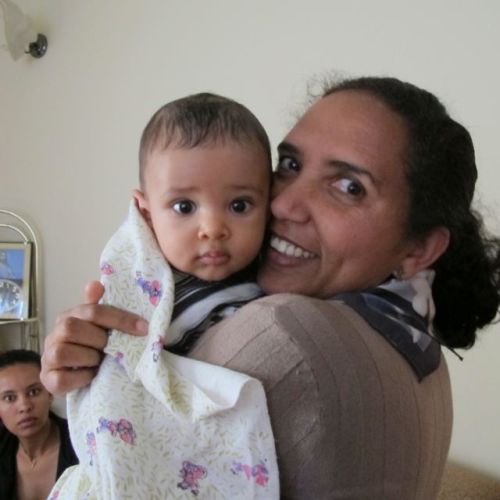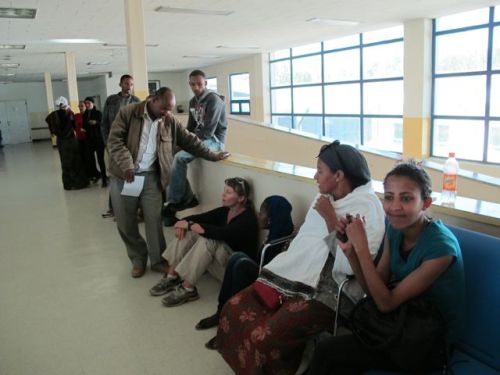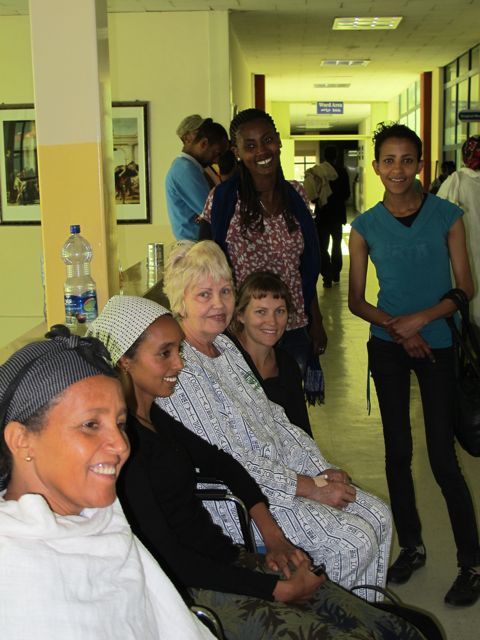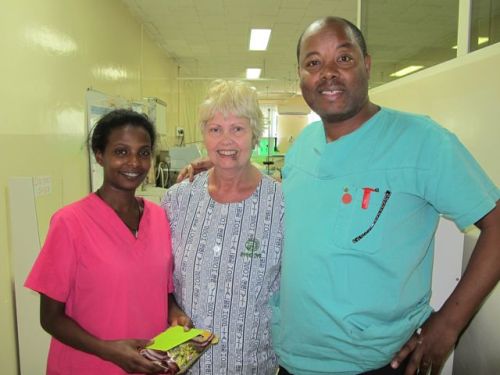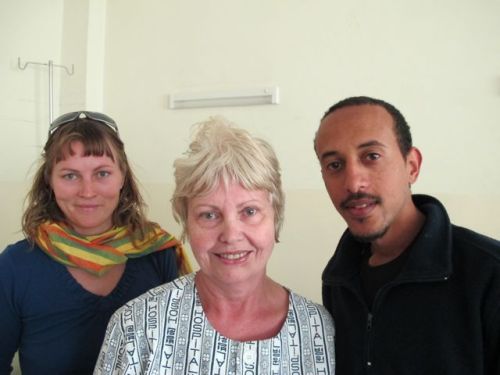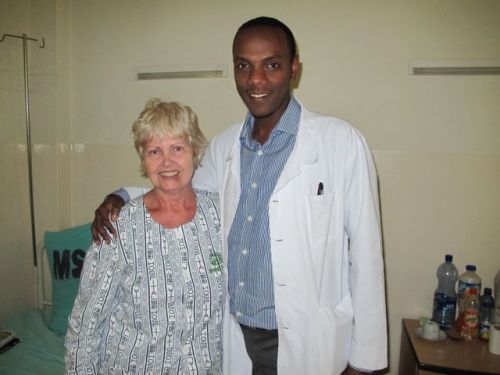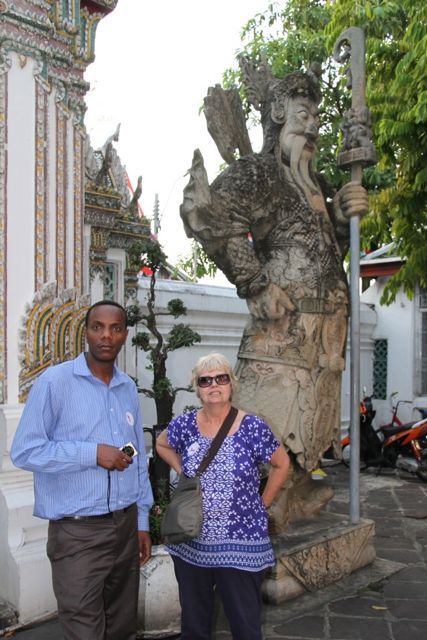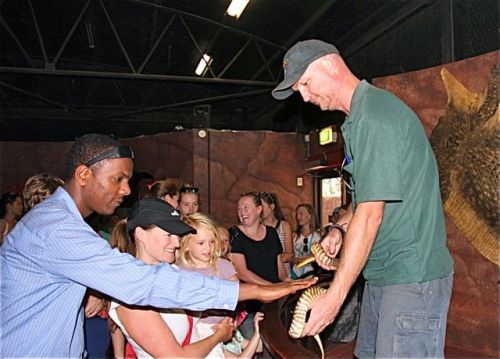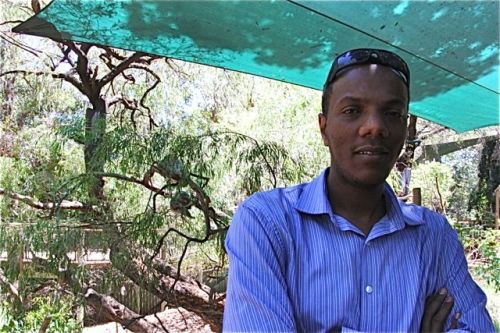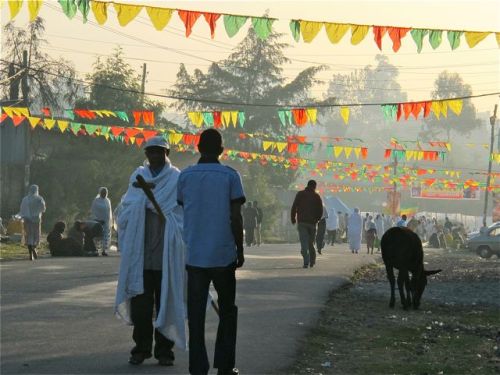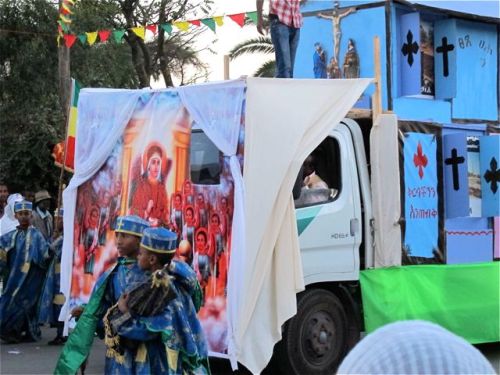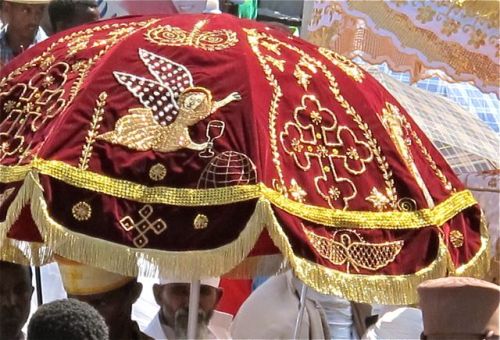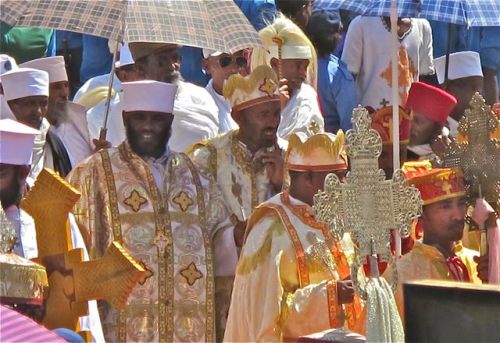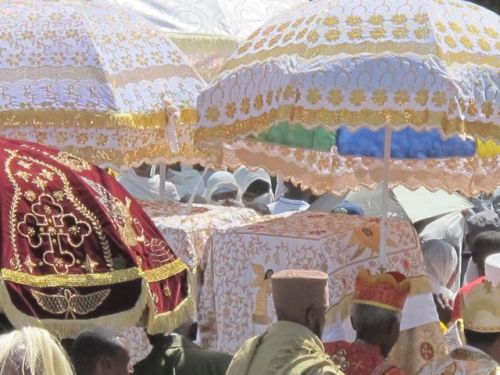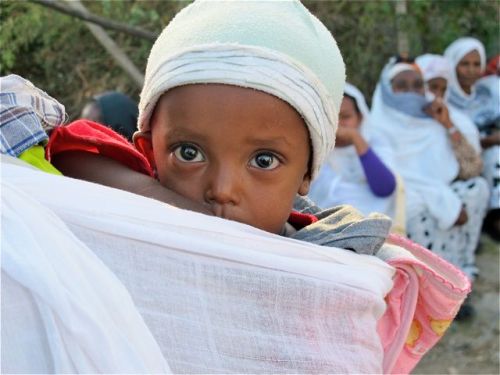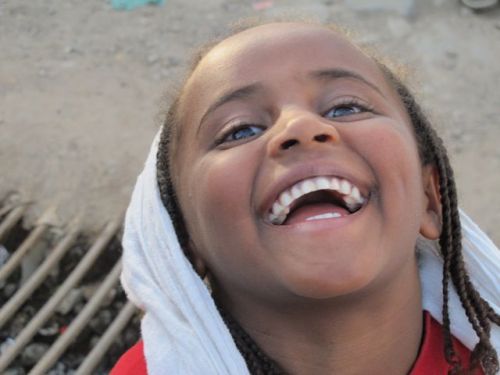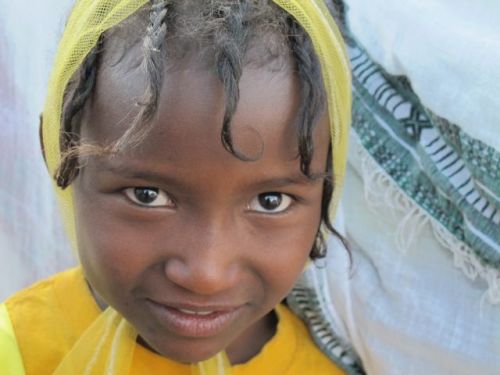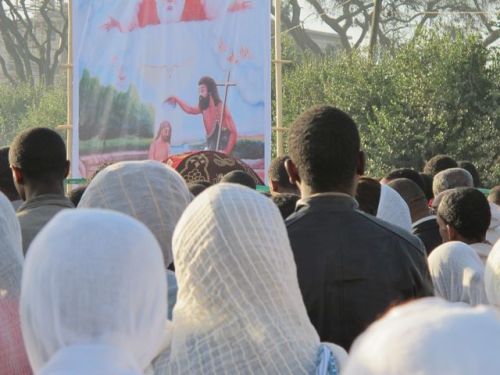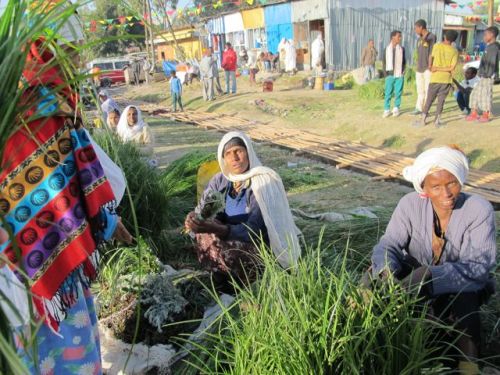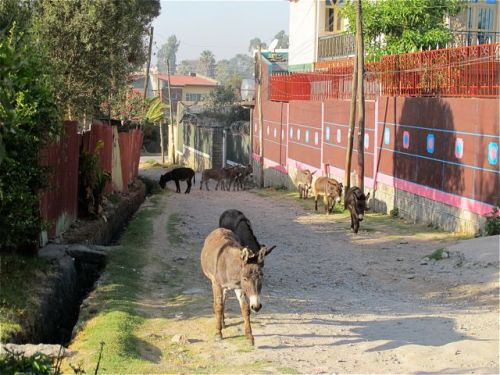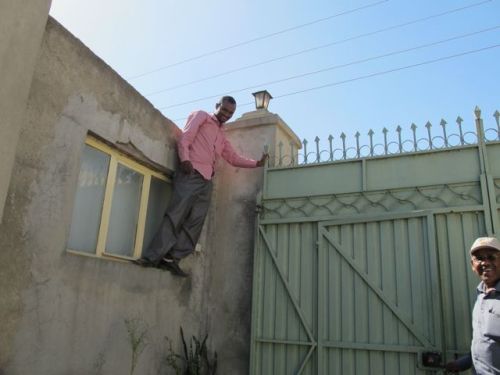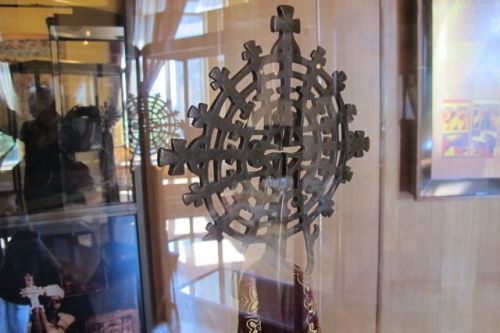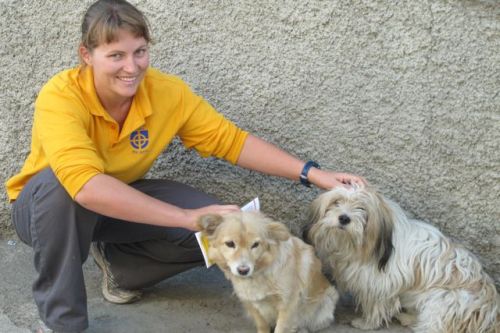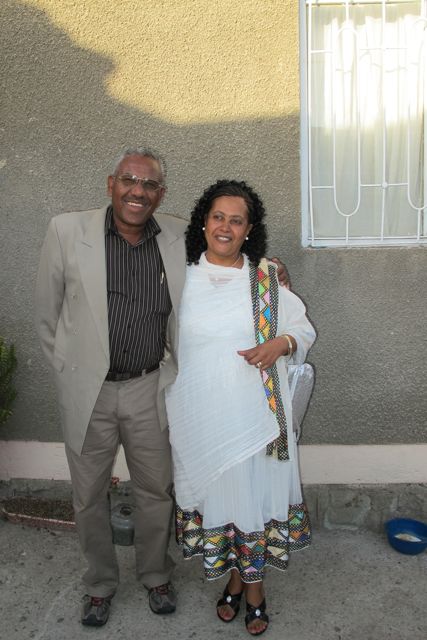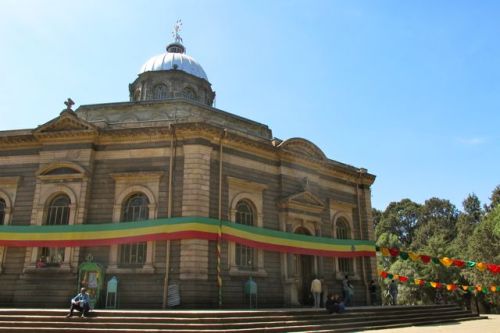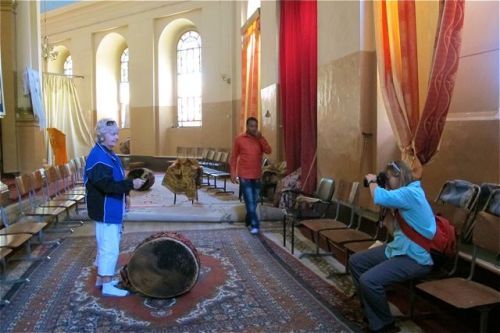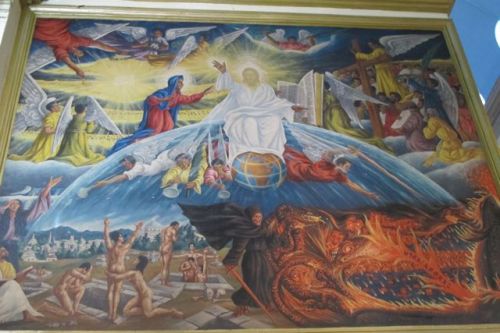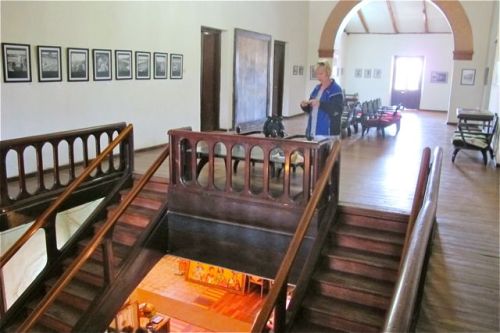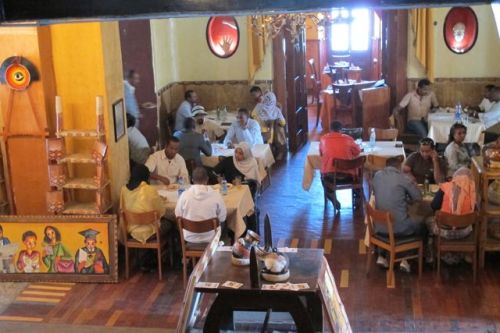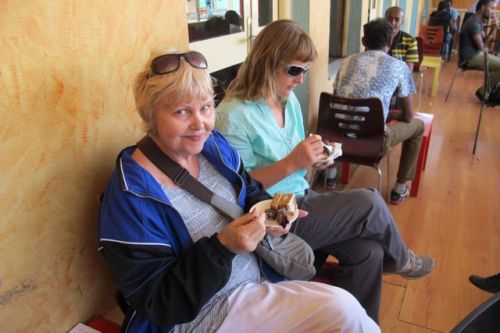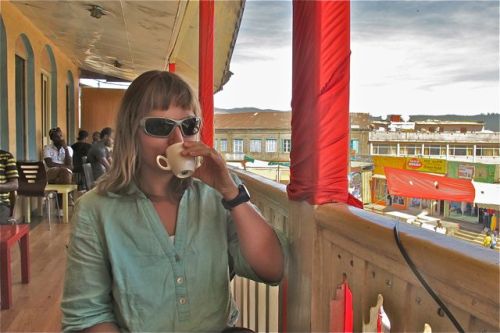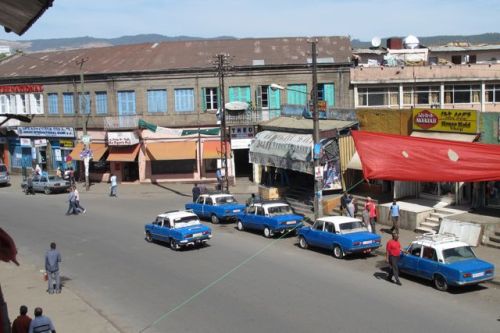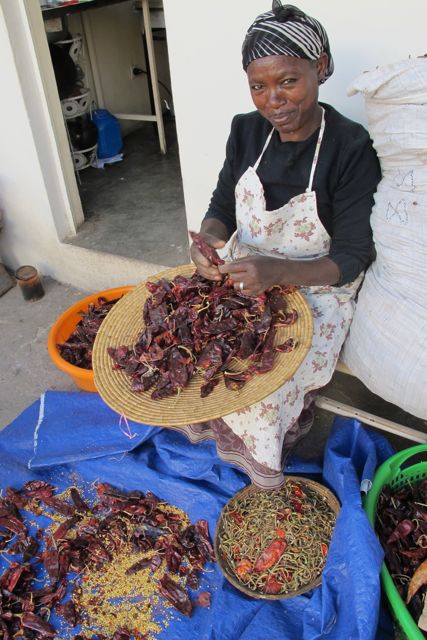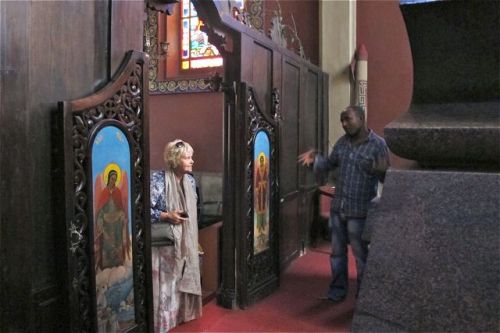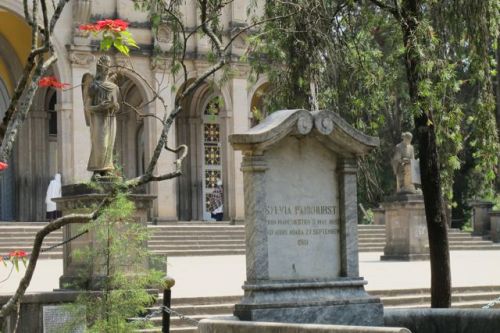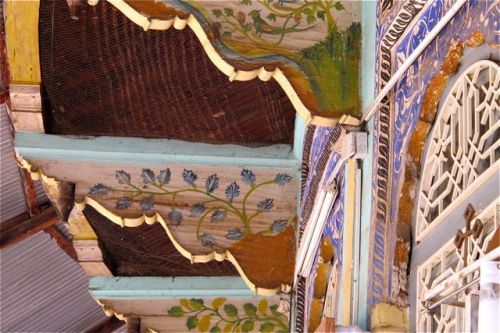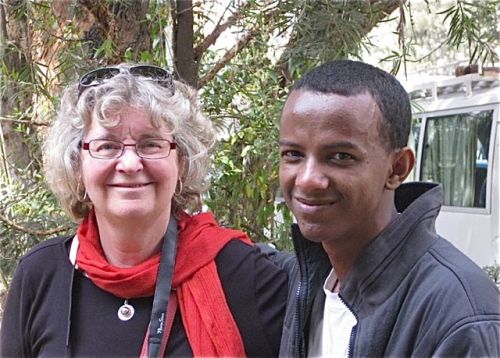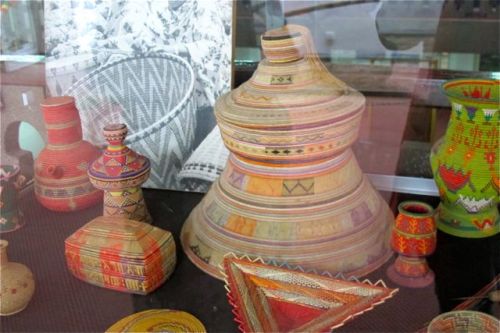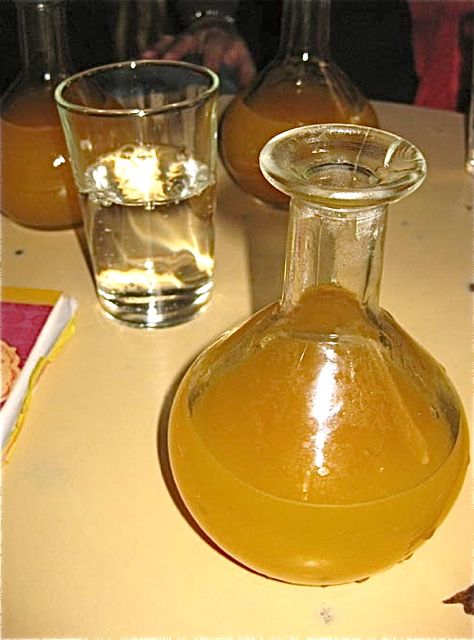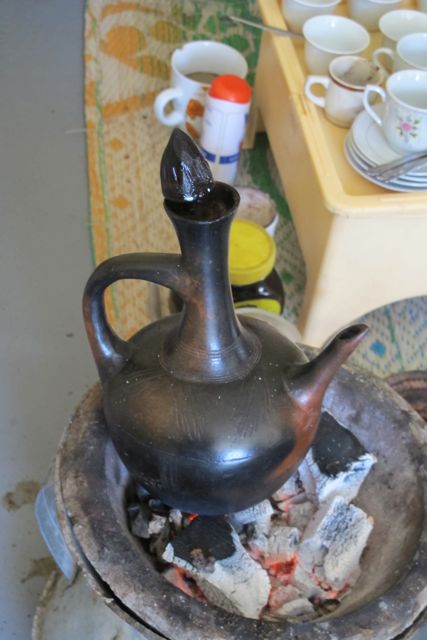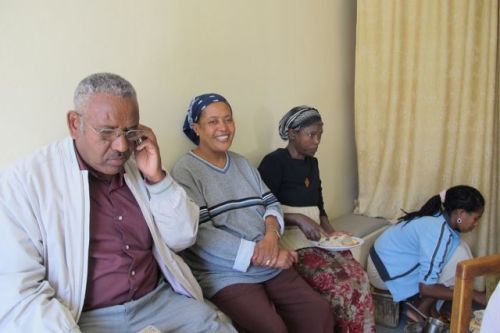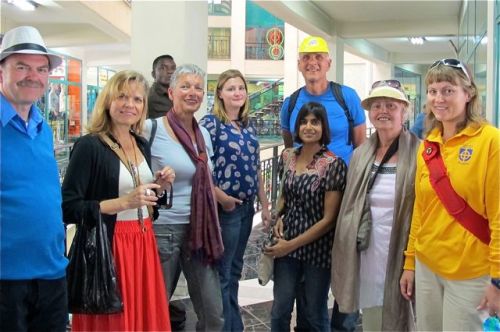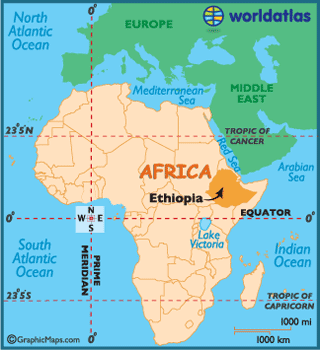Three years ago when I was new to Ethiopia I hesitated, somewhat fearful of the options before me – a line of blue and white taxis heading up the hill on Togo Street from the Haya Hulet (22) intersection on one side and a line of donkeys in tandem as I made my way to the VSO office. Should I risk getting kicked (I had read that donkeys can kick really hard) or brushed aside by a moving vehicle? In truth, there was nothing to worry about. Over the past two years I have come to enjoy these neighbourhood donkeys as they peacefully and stoically go about their work of carrying heavy loads – they are for hire and people order x number of “donkeys” of sand, wood, etc. When they have free time they lounge about, frolic in the open spaces or peacefully graze along the ditches.
 African proverb: “If a donkey kicks you and you kick it back, you are both donkeys!”
African proverb: “If a donkey kicks you and you kick it back, you are both donkeys!”
My Addis Ababa neighbourhood has transformed drastically since I moved here two years ago; currently it has become a massive construction site along the main road and intersection due to construction of a light rail system for Addis. A reminder that nothing stays the same. Still, Haya Hulet has retained a sense of community for me as my small daily/weekly routines reassuringly continue. As I bid farewell to my volunteer life in Ethiopia, I want to appreciate the ways I have been nurtured by my neighbourhood in Haya Hulet (22) over the past two years by providing some glimpses of my routines and the people who enriched my life.
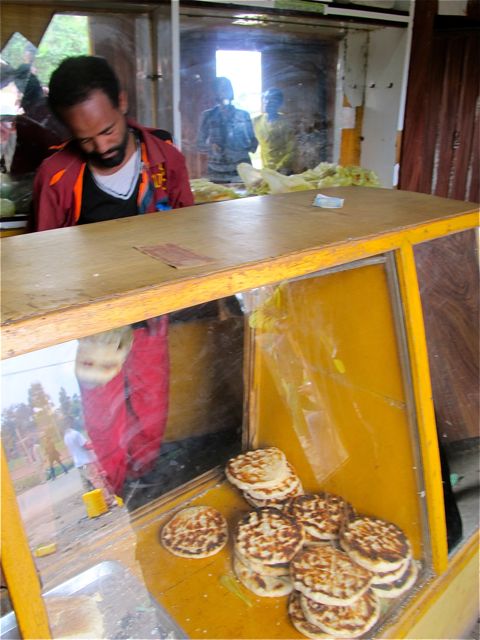 This bakery sells tasty pita-like breads called ambesha, that toast up nicely for breakfast or sandwiches
This bakery sells tasty pita-like breads called ambesha, that toast up nicely for breakfast or sandwiches
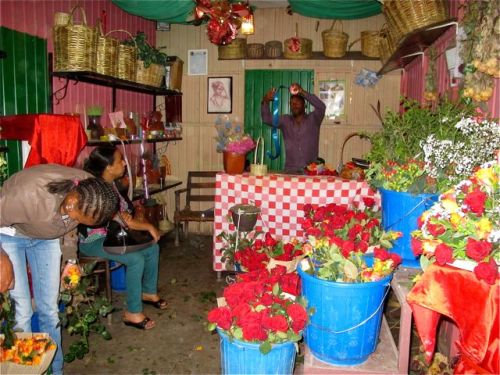 Bread and roses! This year I decided I would treat myself to fresh Ethiopia grown roses all the time – why not when they cost 10 cents each and are so fresh they can last for up to ten days?
Bread and roses! This year I decided I would treat myself to fresh Ethiopia grown roses all the time – why not when they cost 10 cents each and are so fresh they can last for up to ten days?
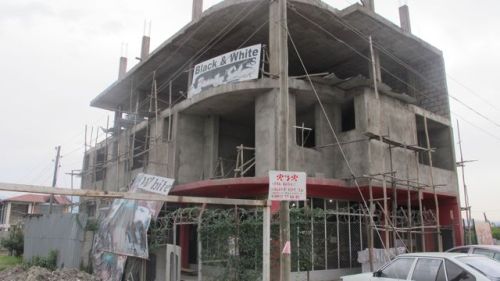 The Black and White Hair Salon near St Gabriel’s Hospital of Djibouti Street where Dereije took good care of my hair
The Black and White Hair Salon near St Gabriel’s Hospital of Djibouti Street where Dereije took good care of my hair
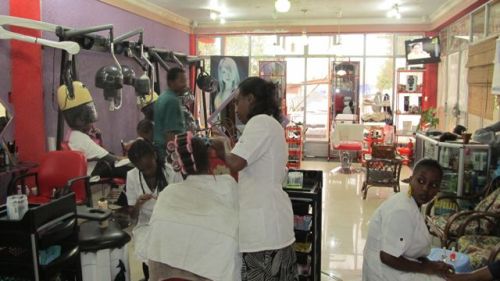 Black and White is a hive of activity on a Saturday afternoon!
Black and White is a hive of activity on a Saturday afternoon!
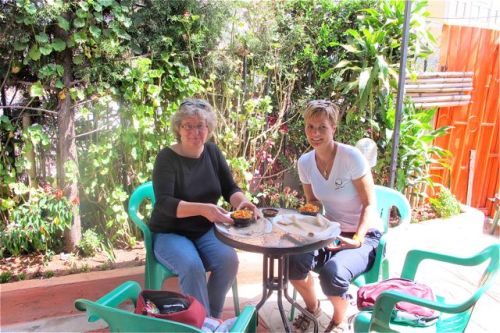 The Mesti Cafe is a good quiet spot for breakfast in the sunny courtyard
The Mesti Cafe is a good quiet spot for breakfast in the sunny courtyard
Here I enjoy scrambled eggs in tomato sauce with a new friend Anke, who came to visit from Mombassa during the recent Kenyan election. She opened a nursery school there but lives most of the time in Vancouver so the next time we meet will be back home for a buna on Commercial Drive I expect! Anke and I met online in a discussion group last September while taking a UBC course on Culture, Communication and Development that is part of the International Development Certificate we are both completing.
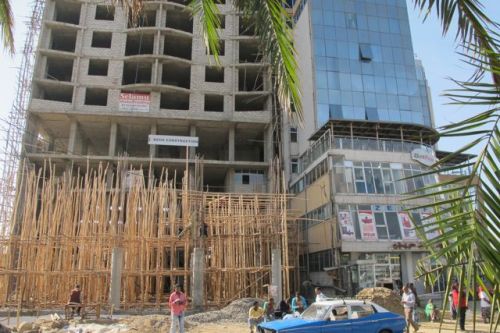 The Getfam Supermarket, my “go to” place for whole wheat pasta and other products not available in the smaller shops, is having a massive new building attached to the side
The Getfam Supermarket, my “go to” place for whole wheat pasta and other products not available in the smaller shops, is having a massive new building attached to the side
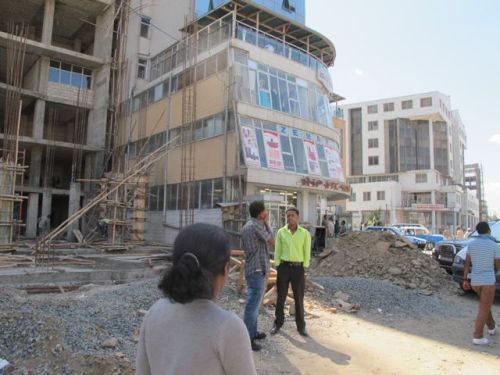 Eucalyptus scaffolding is a common sight with so many buildings under construction
Eucalyptus scaffolding is a common sight with so many buildings under construction
The main drag near my place at the Haya Hulet intersection is Haile Gebre Selassie Street (after the Olympic runner). Over the past few months all the shops have had to move back about 10 meters to make way for the road construction. It is amazing how quickly they de-construct and re-establish themselves in a couple of weeks. All this moving makes walking even more hazardous, and really, really mucky now that the rainy season has arrived!
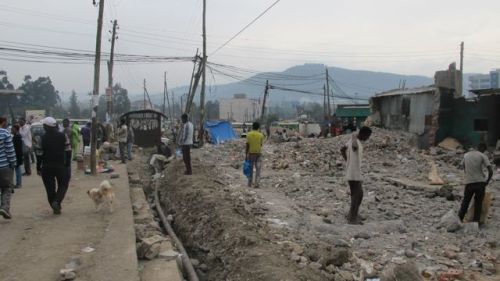 It began a few months ago with roads being dug up and new pipes laid; some people say that also accounted for power and water cuts and internet cable problems…
It began a few months ago with roads being dug up and new pipes laid; some people say that also accounted for power and water cuts and internet cable problems…
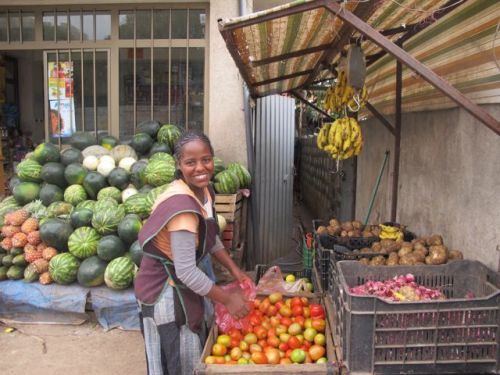 Up Togo Street and along the “middle road” closer to my place things are a bit more tame. This small shop has become my favourite shop for fruits and vegetables – the sunny smiles of the helpful friendly staff could brighten even the most overcast rainy season day. They will tell you not to buy the papaya if they are “not good” and are expert at selecting the best pineapple or avocado
Up Togo Street and along the “middle road” closer to my place things are a bit more tame. This small shop has become my favourite shop for fruits and vegetables – the sunny smiles of the helpful friendly staff could brighten even the most overcast rainy season day. They will tell you not to buy the papaya if they are “not good” and are expert at selecting the best pineapple or avocado
 There is a lot packed inside this tiny shop!
There is a lot packed inside this tiny shop!
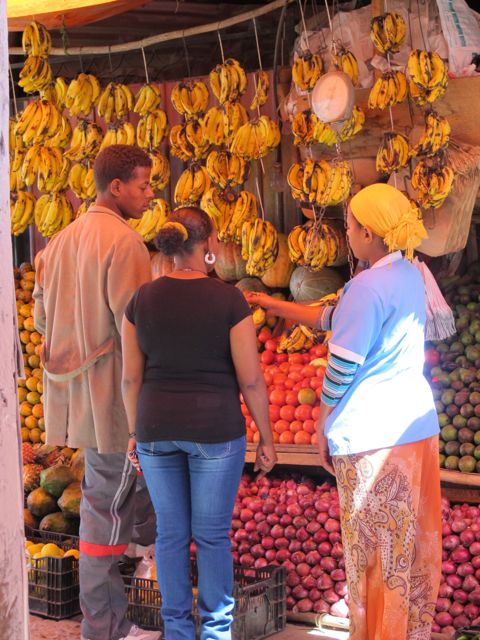 Colourful produce brightens up many corners of the neighbourhood
Colourful produce brightens up many corners of the neighbourhood
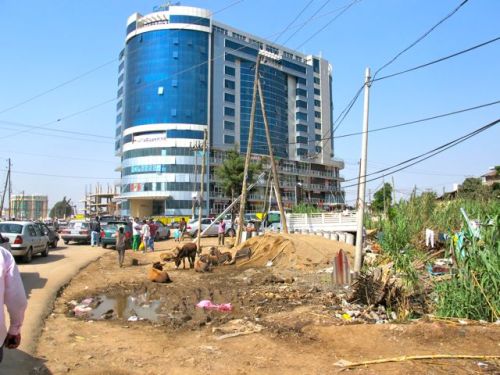 This building, the Gollugul Tower, was unwrapped about a year or so ago – when I first arrived it was swathed in blue plastic and we used it as a landmark to find the VSO office, which has since re-located about a 20 minute walk away, down off the Getfam Road
This building, the Gollugul Tower, was unwrapped about a year or so ago – when I first arrived it was swathed in blue plastic and we used it as a landmark to find the VSO office, which has since re-located about a 20 minute walk away, down off the Getfam Road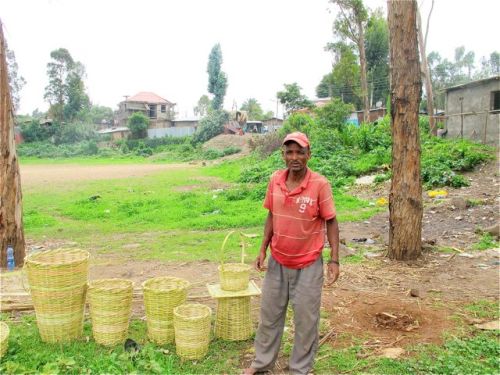 By the park along Togo Street is this man who weaves baskets – I got my laundry basket and tiny side table from him and he has never given up trying to sell me more
By the park along Togo Street is this man who weaves baskets – I got my laundry basket and tiny side table from him and he has never given up trying to sell me more
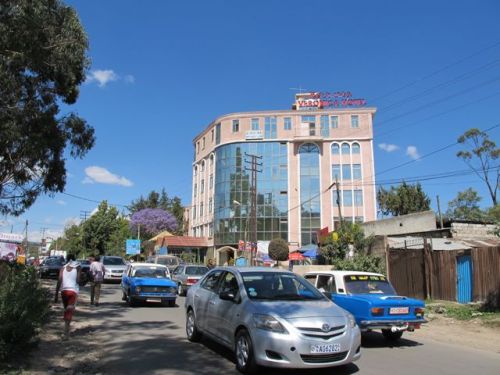 The Veronica Hotel is another landmark on the way up the hill to my place, right next door to the Pride Bar that was a gathering place before the VSO office moved out of the neighbourhood. Togo Street has become even more crowded and hazardous since the construction began
The Veronica Hotel is another landmark on the way up the hill to my place, right next door to the Pride Bar that was a gathering place before the VSO office moved out of the neighbourhood. Togo Street has become even more crowded and hazardous since the construction began
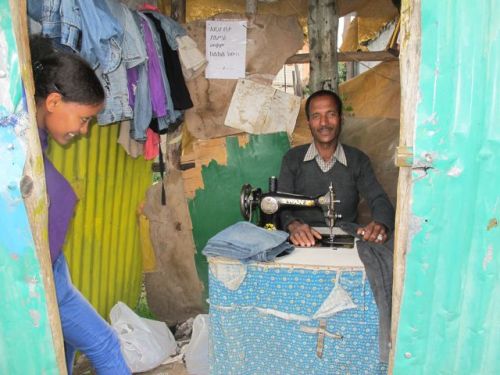 Literally operating a “hole in the wall” shop, this guy magically appears and then puts the fence back up when he closes;no one would guess he has his sewing machine inside!
Literally operating a “hole in the wall” shop, this guy magically appears and then puts the fence back up when he closes;no one would guess he has his sewing machine inside!
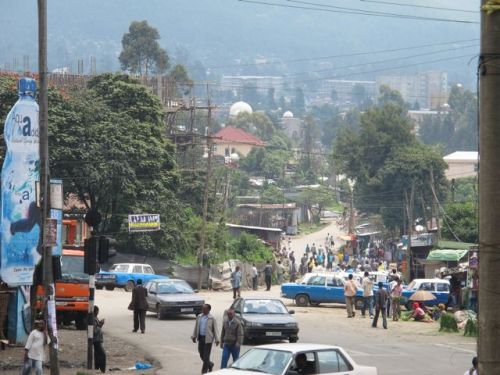 This is what Haya Hulet intersection looked like a few months ago before the start of construction…on the right are the contract taxis that make Haya Hulet their base
This is what Haya Hulet intersection looked like a few months ago before the start of construction…on the right are the contract taxis that make Haya Hulet their base
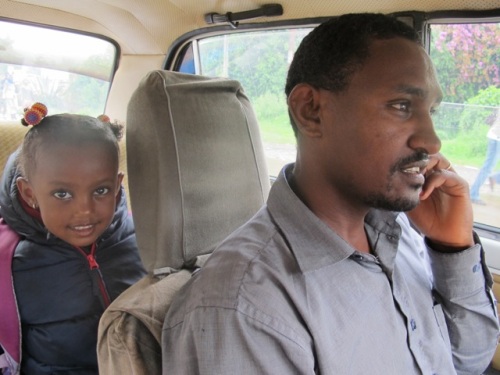 Here is Daniel, an excellent taxi driver based at the intersection, taking his daughter to school!
Here is Daniel, an excellent taxi driver based at the intersection, taking his daughter to school!
The past few months I have gotten very expert at negotiating reasonable taxi fares due to my painful knee ligament flare-ups. I am hoping that my knee will heal up nicely once I am home on solid and even pavement.
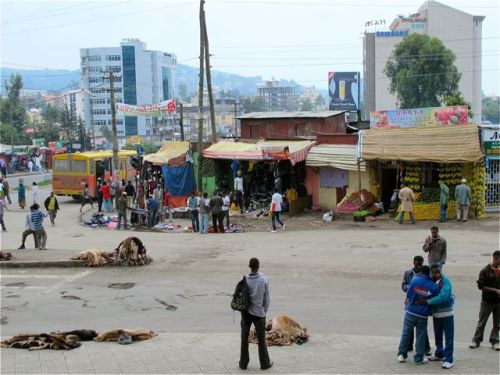 All these shops had to move back about 10 meters and many disappeared altogether – this is what it looked like in January
All these shops had to move back about 10 meters and many disappeared altogether – this is what it looked like in January
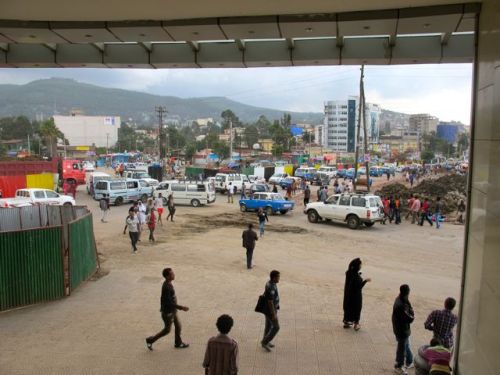 And now, in the midst of the construction, people dodge heavy equipment and shield their eyes from the dust
And now, in the midst of the construction, people dodge heavy equipment and shield their eyes from the dust
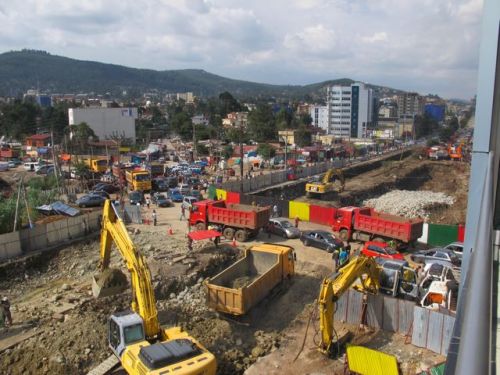 This is what Haya Hulet looked like this week!
This is what Haya Hulet looked like this week!
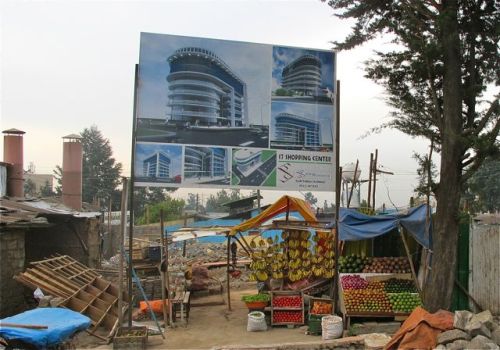 A sign showing more construction to come as the vendors “carry on regardless” amidst the construction dust and noise
A sign showing more construction to come as the vendors “carry on regardless” amidst the construction dust and noise 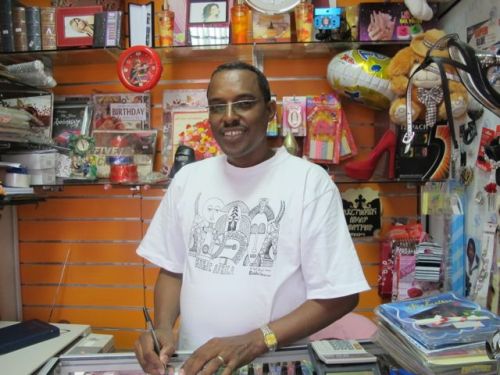 Ato Mitiku is always cheerful, efficient and fun to visit – his shop is where I always bought my phone cards to top up the phone and the laptop
Ato Mitiku is always cheerful, efficient and fun to visit – his shop is where I always bought my phone cards to top up the phone and the laptop
When the shop disappeared a couple of months back we were worried but my nearby neighbour and sister volunteer Judy found out from the guy selling newspapers on the sidewalk that Mitiku had relocated kitty corner and down a bit under the Chicago Pizza place. We were delighted to find him again and to learn that his 3 Birr discount on a hundred Birr card was still in effect!
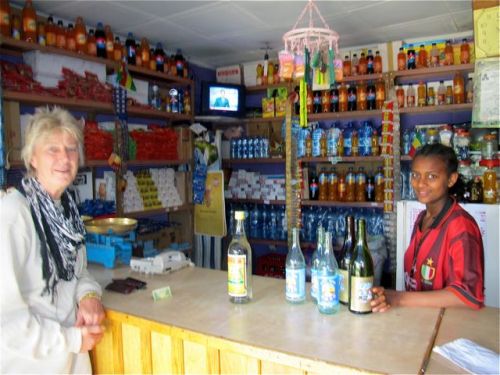 Across from the Mesti Cafe is Ato Negash’s shop where we go for local gin or wine, Ambo mineral water and sometimes candles, eggs and laundry soap.
Across from the Mesti Cafe is Ato Negash’s shop where we go for local gin or wine, Ambo mineral water and sometimes candles, eggs and laundry soap.
Here Judy is trading in some bottles and Ato Negash’s grand-daughter Almaz is in charge. Ato Negash has a perplexing system of noting down the bottles you have taken in a large notebook and then leafing though pages and pages to locate your name to see if you owe him or he owes you. He scolds me because he cannot find my name for the gin bottle because it was two months ago – why not drink faster, he suggests!
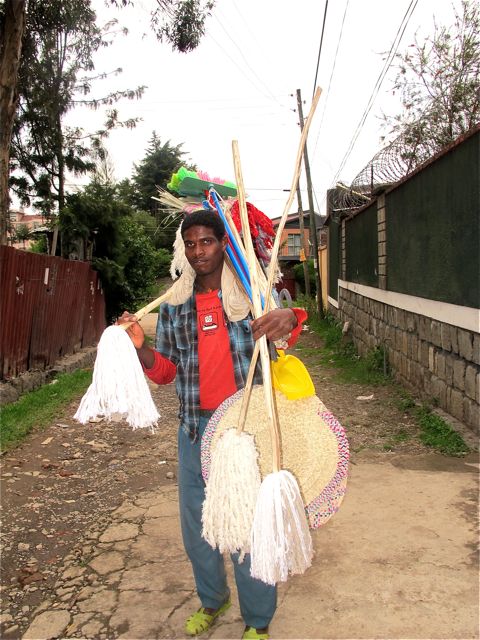 I will miss the distinctive and loud cry of the mop and broom guy who plies the laneways and never gives up trying to sell me his wares
I will miss the distinctive and loud cry of the mop and broom guy who plies the laneways and never gives up trying to sell me his wares
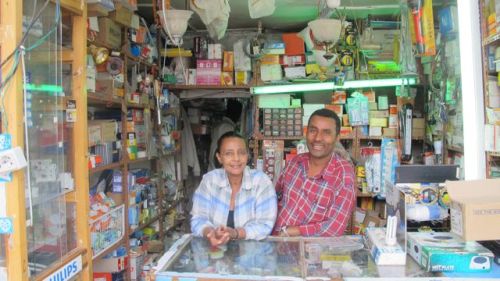 This has to be the nicest couple in the world
This has to be the nicest couple in the world
We call them “Mr and Mrs Hope Electric” with their side-by-side shops. She sells pajamas and clothes while his electric shop is jam packed with everything you need – and he can fix anything! Often they give you a cup of traditional coffee when you come by. He rigged up a creative three piece extension cord system so I could have a bedside lamp;for this I am eternally grateful. Then when the front of my iron fell off, he screwed it back together – no charge. Same thing when the dial fell off!
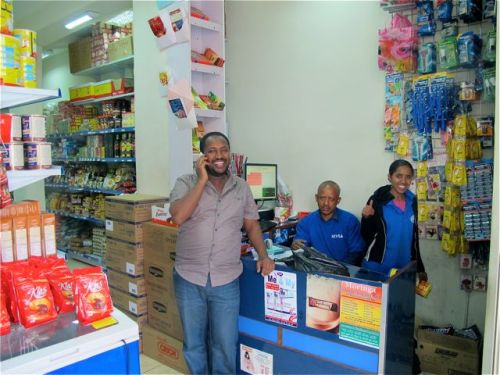 Nahuta Market became a favourite soon after it opened this past year – it’s where I go for candles, olives, soft (toilet paper), coffee and imported wine, local cheese, eggs, yoghurt and butter- they also sell party hats!
Nahuta Market became a favourite soon after it opened this past year – it’s where I go for candles, olives, soft (toilet paper), coffee and imported wine, local cheese, eggs, yoghurt and butter- they also sell party hats!
 Walking around the neighbourhood has become more challenging each day, especially with daily rains that create thick, goopy mud
Walking around the neighbourhood has become more challenging each day, especially with daily rains that create thick, goopy mud
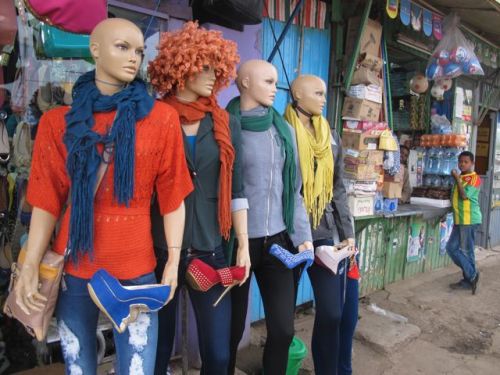 So when I saw these platform shoes for sale on Djibouti Street I had to laugh out loud. Imagine wearing them in the muck!
So when I saw these platform shoes for sale on Djibouti Street I had to laugh out loud. Imagine wearing them in the muck!
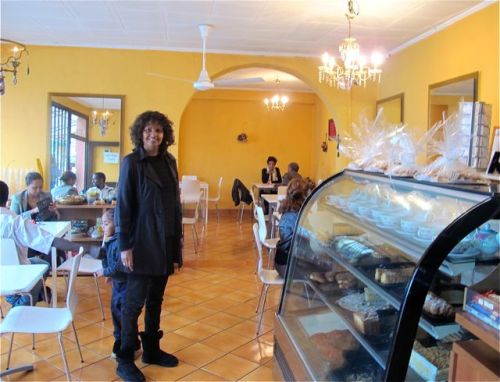 Here is Wini at her Gourmet Cafe about a block from my house
Here is Wini at her Gourmet Cafe about a block from my house
This amazingly popular place, open now for eight years, serves very tasty high quality “ferenji” food. Wini’s friend Mimi creates fabulous cakes, including carrot cake, and her strawberry tart is the best ever! Wini also has build a school near her home town and over a bowl of her chicken soup yesterday she told me she plans to be back in the US soon to raise funds to support it.
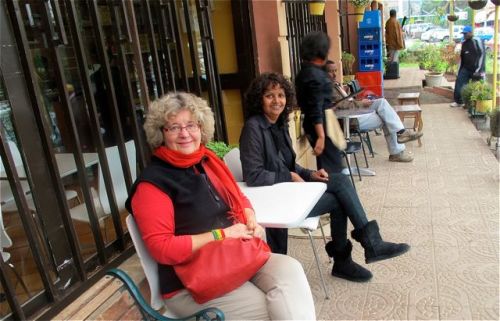 The cafe patio is a great place to meet friends on a sunny day
The cafe patio is a great place to meet friends on a sunny day
Yesterday Wini inherited the remains of my truffle oil and vanilla beans since she is the only person I know who would actually appreciate and use them! A few months back she came over to my place to learn how I make biscotti.
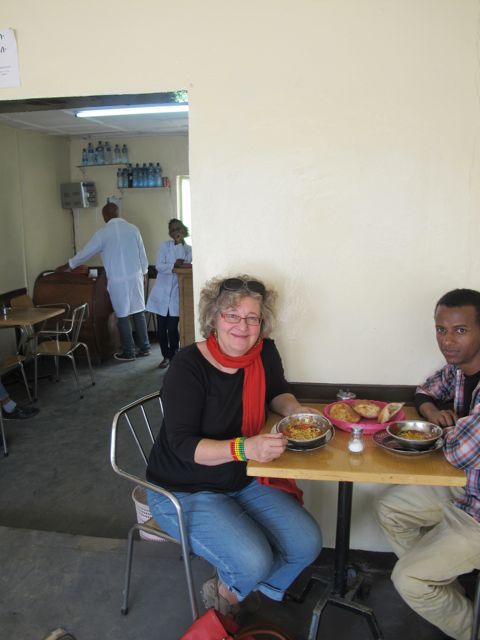 Henok and I met for a final lunch at Tedy’s Snack off Djibouti Street near the Awaris Hotel- one final bowl of Ful. Amazing how different the Ful is in every cafe!
Henok and I met for a final lunch at Tedy’s Snack off Djibouti Street near the Awaris Hotel- one final bowl of Ful. Amazing how different the Ful is in every cafe!
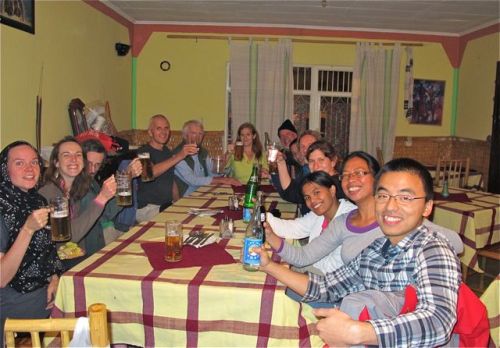 The Road Runner Cafe, scene of my last jambo (draft beer) last night with this gang of volunteers, come to bid me adieau.
The Road Runner Cafe, scene of my last jambo (draft beer) last night with this gang of volunteers, come to bid me adieau.
I was happy to hand over my leopard housecoat to Brian and the non-stick frying pan with glass lid to Sun and Howie. It has been a busy few weeks of giving away most of the worldly goods I’ve accumulated over the past three years.
Immediately after, I had a final feast of Almaz’s famous tibs (she knows they are my favourite and surprised me with some – how sweet). Soon after, we had a round of tearful hugs, I scratched Titi and Rocky behind the ears but Pico was uncharacteristically elusive and refused to say good-bye; I think he was punishing me for leaving. Earlier in the day he snuck into my packing madness and peed on the floor! Ato Kifle and Sami took me to the airport and after hours of check-in, two security checks and immigration fingerprinting I finally flew off about 1:30 am on one of Ethiopian Airlines other (not grounded) Dreamliners to London – I must say that despite the troubles Boeing is having with these planes, they are lovely, spacious aircraft.
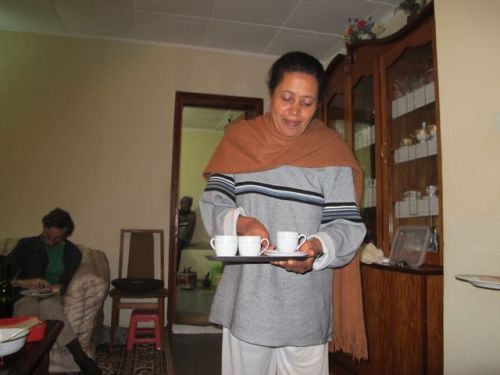 Almaz served one last cup of traditional Ethiopian coffee just before I left for the airport
Almaz served one last cup of traditional Ethiopian coffee just before I left for the airport
I hope to be back in a few years for a visit. Shelagh and I have talked of coming to see Henok graduate from medical school and I will want to see how Sami, Meron and Eyob have grown up as well as connect with old friends from Woldia and in Addis. It would be fun to see the transformation of this city; by then there should be a functioning light rail system to ease the traffic problems and many more completed buildings. In the meantime, thanks to email and Facebook we can stay connected, as they like to say here, “from time to time”!
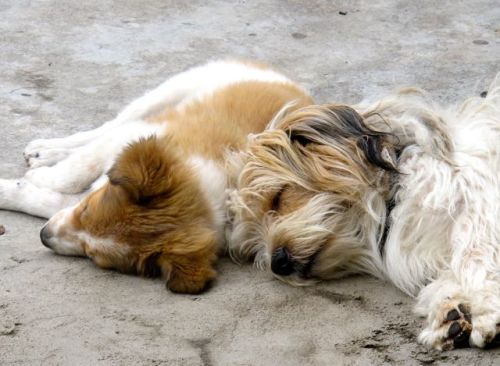 Son and father sleeping in the sun – yes, I will be missing these guys!
Son and father sleeping in the sun – yes, I will be missing these guys!
But for now it is ciao to Ethiopia and my good neighbourhood as I head home with a pit stop in London to see VSO friends and relatives before the big wedding in Nelson, BC of my niece Lea and a chance to reunite with the whole family at a joyous celebration at the August long weekend.
Thank you Ethiopia – you have taught me a lot! Over the next few months, as I transition to life back in Vancouver, I’ll be reflecting on how I have been changed by this experience before I close this blog following the Cuso International RV (returned volunteer) weekend in Ottawa next November.


